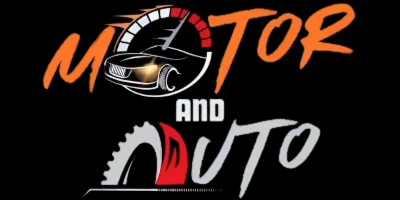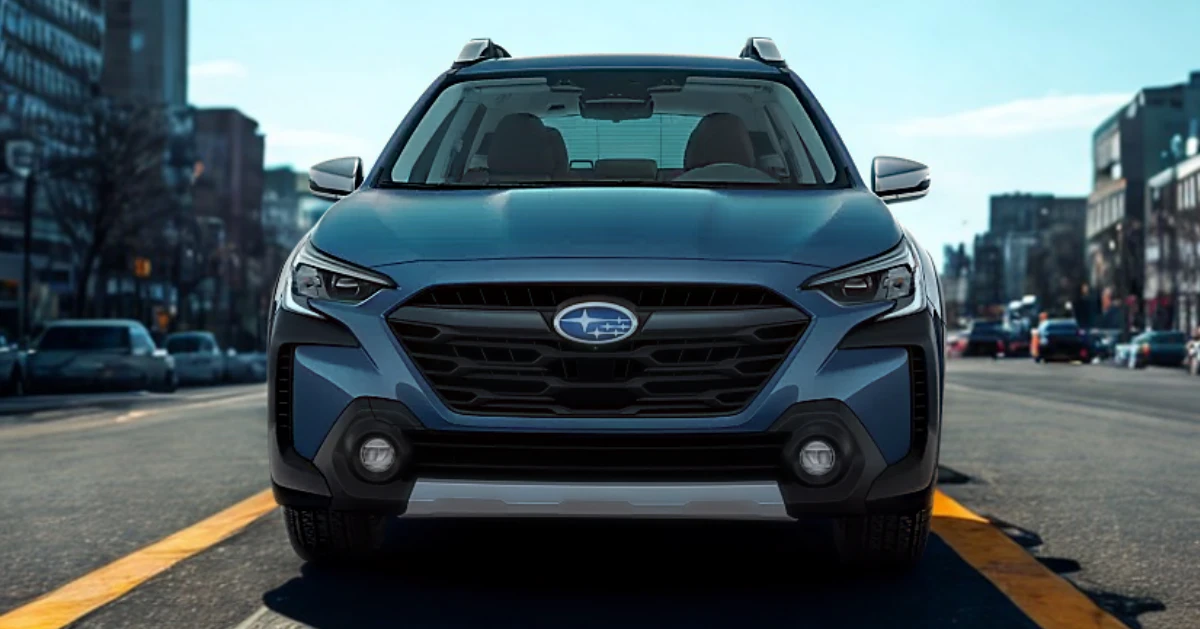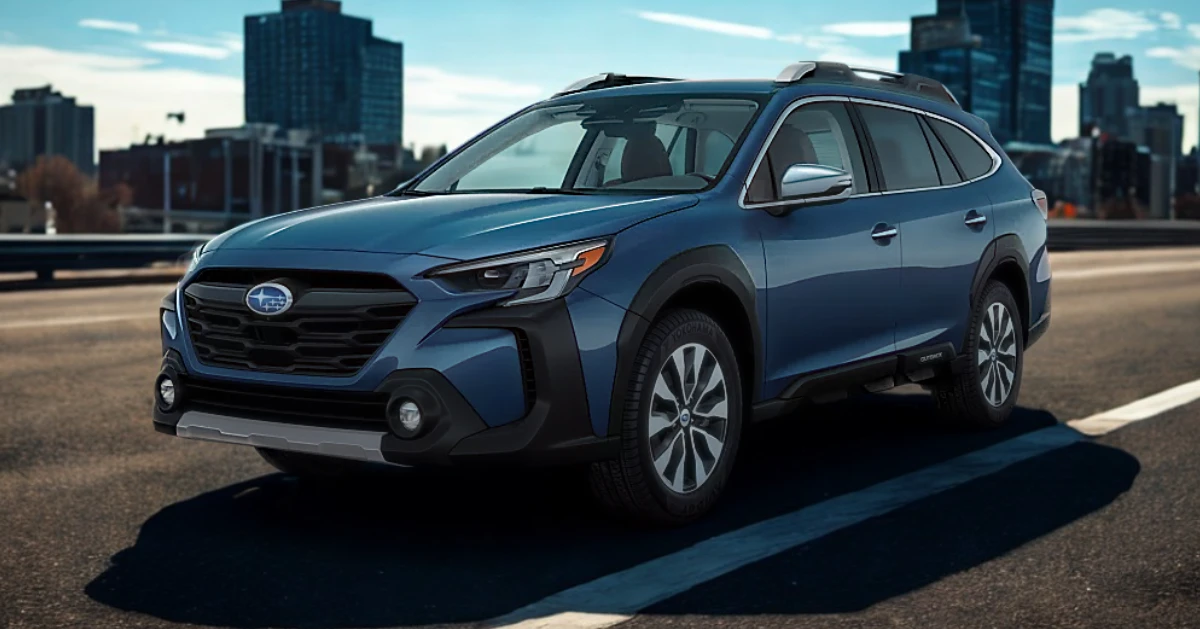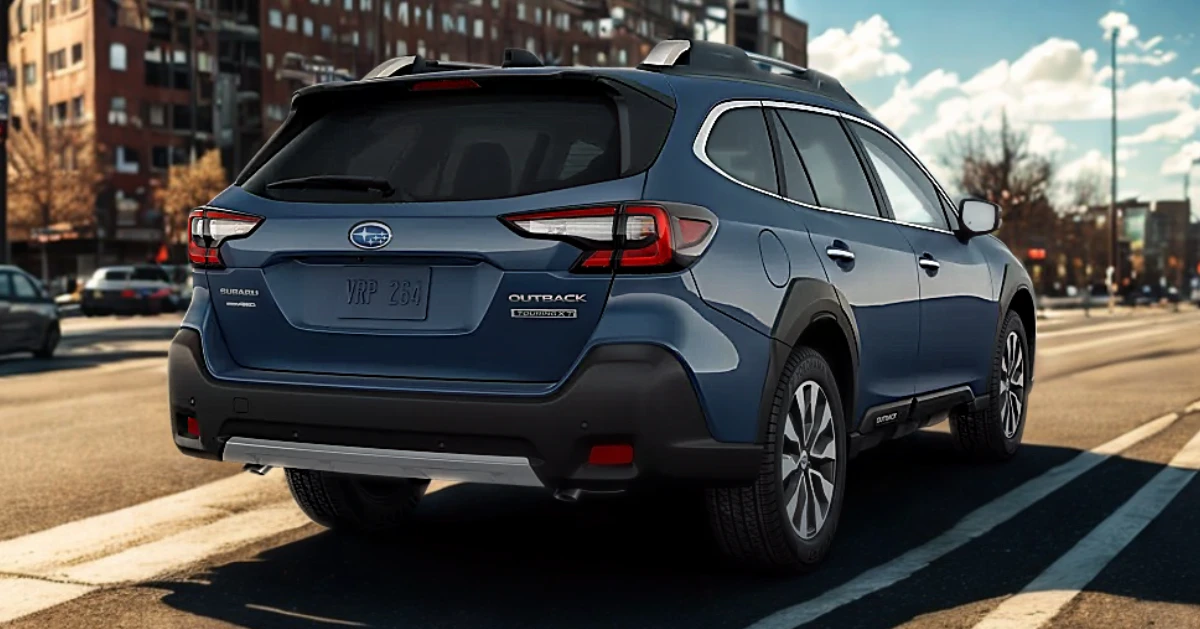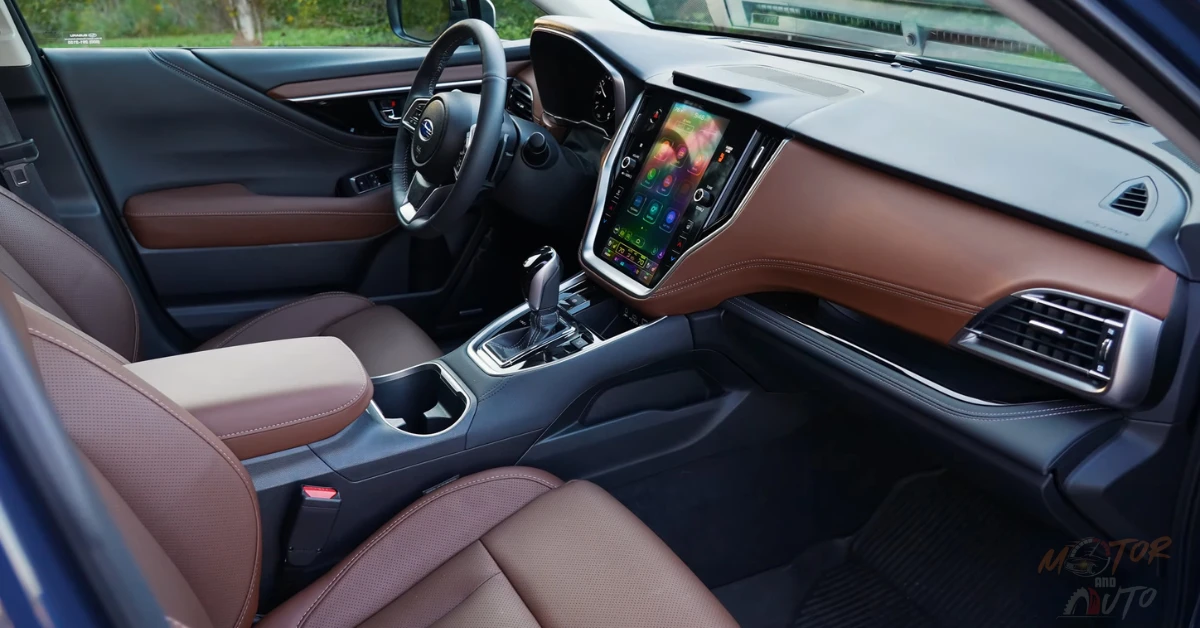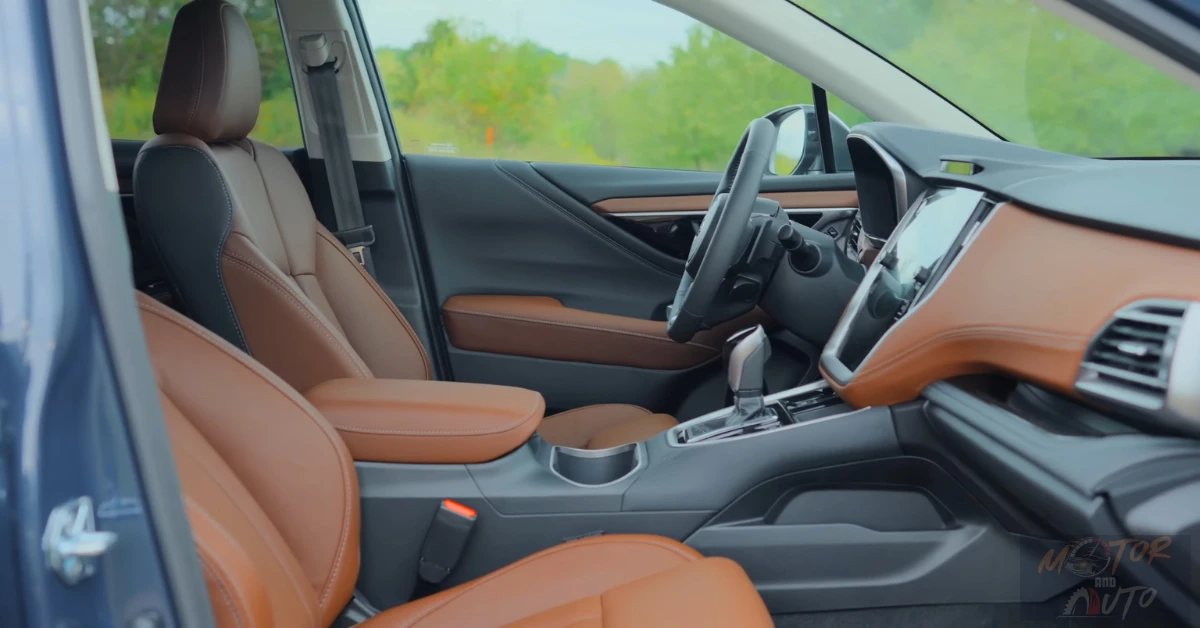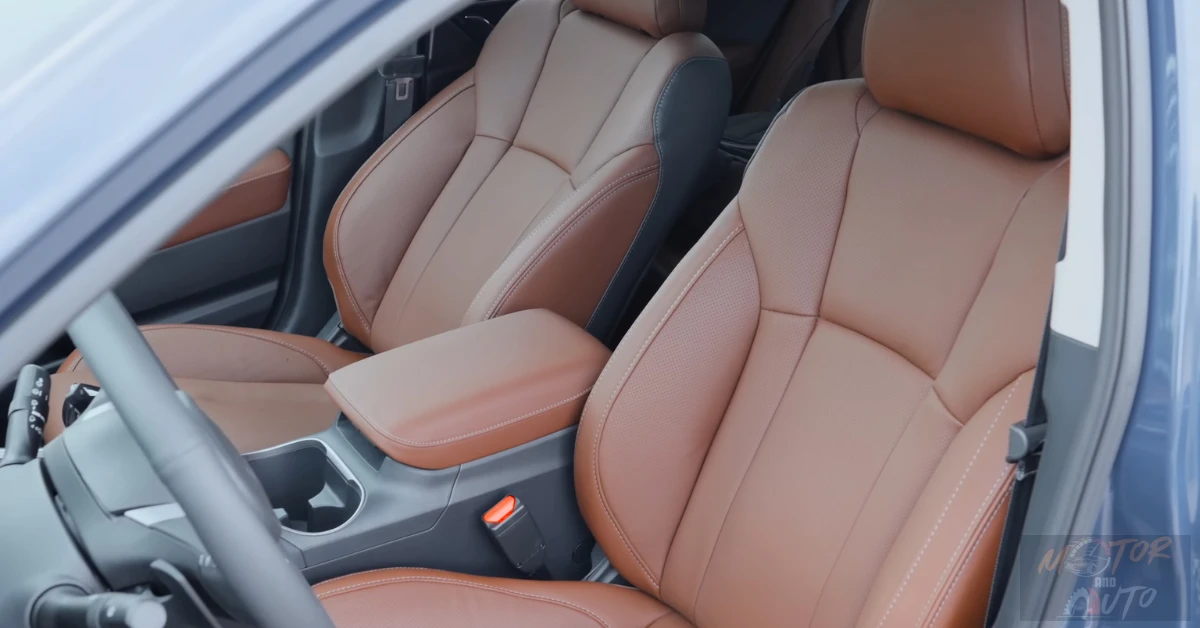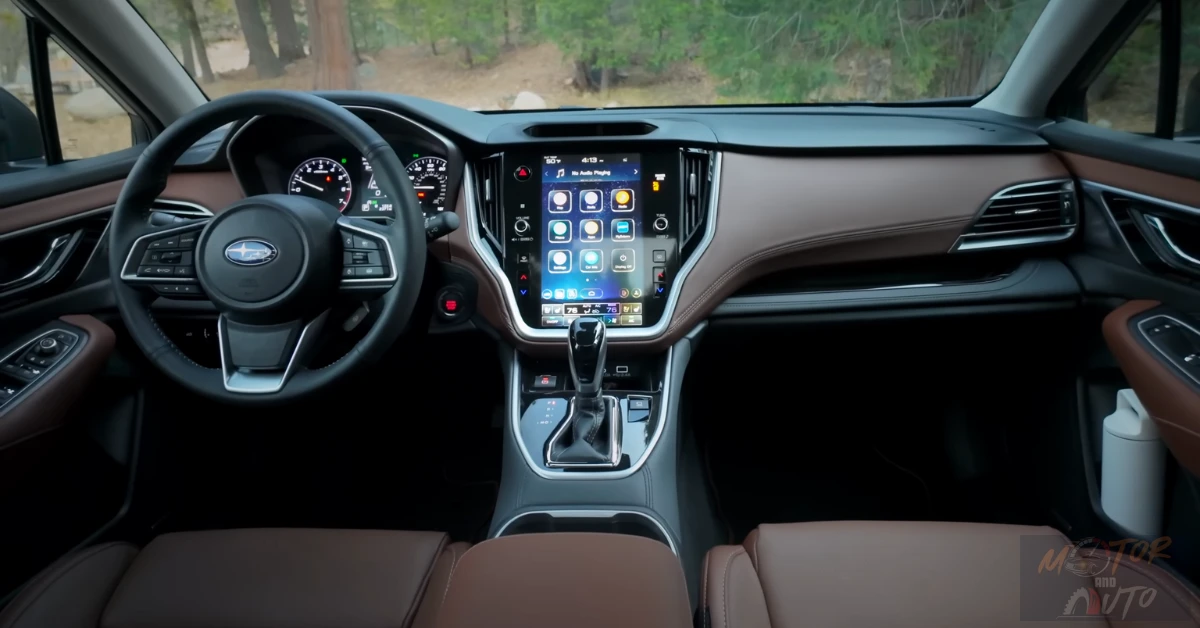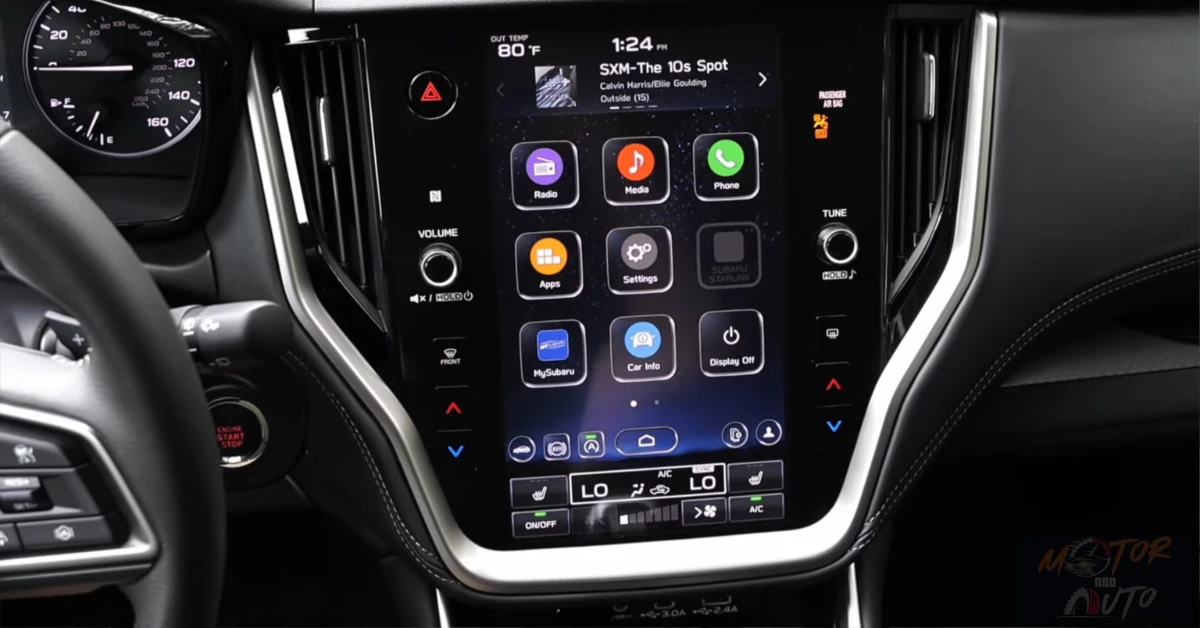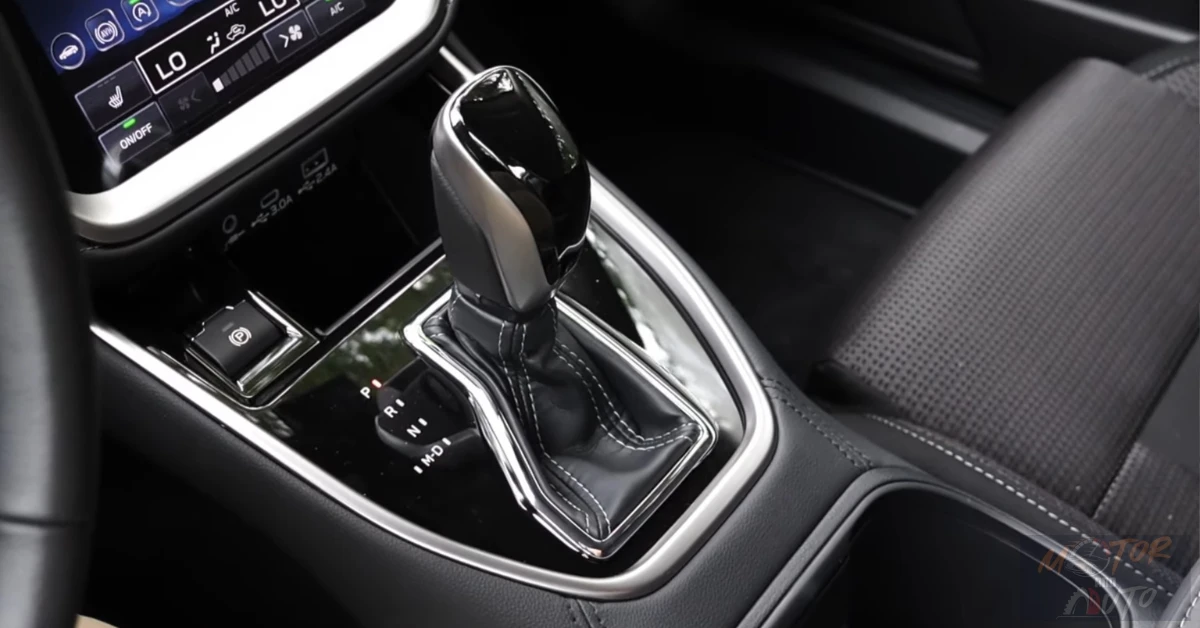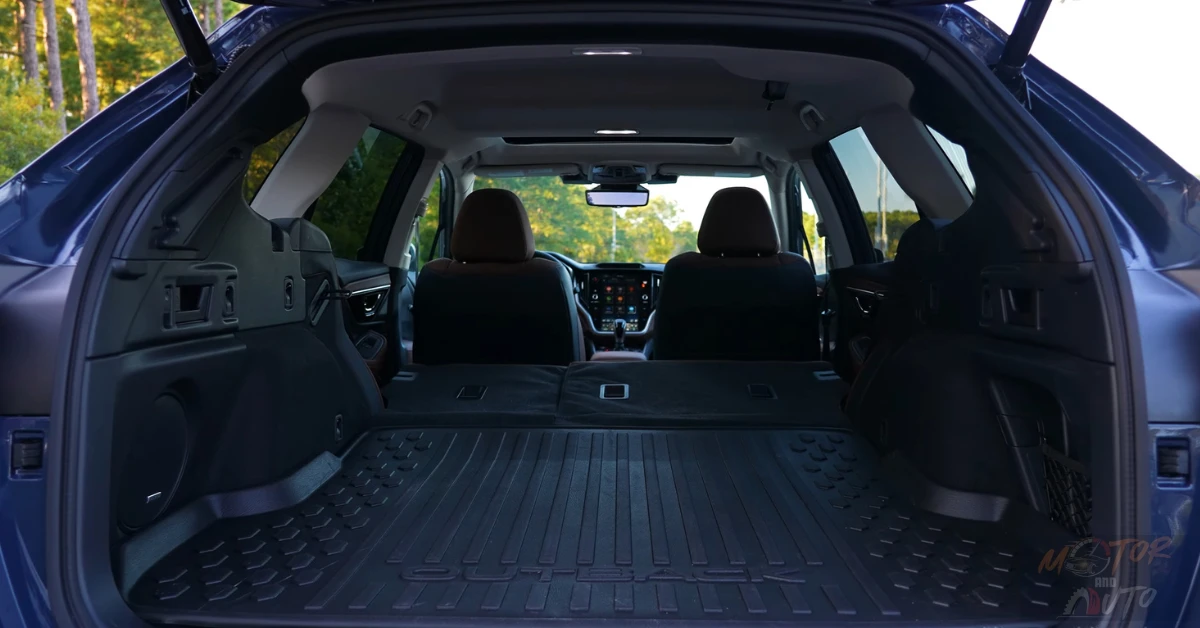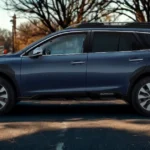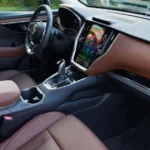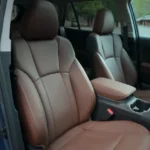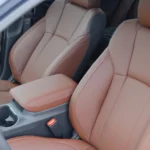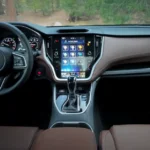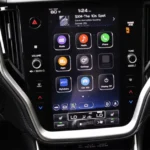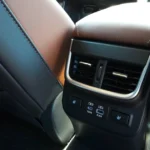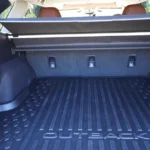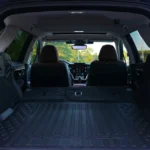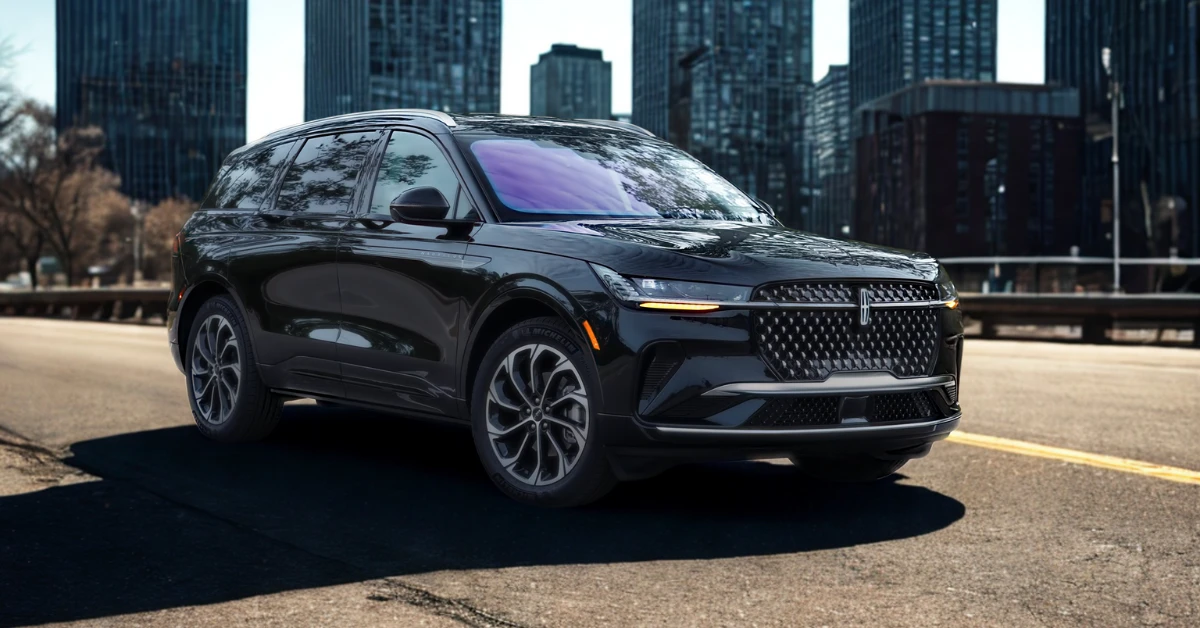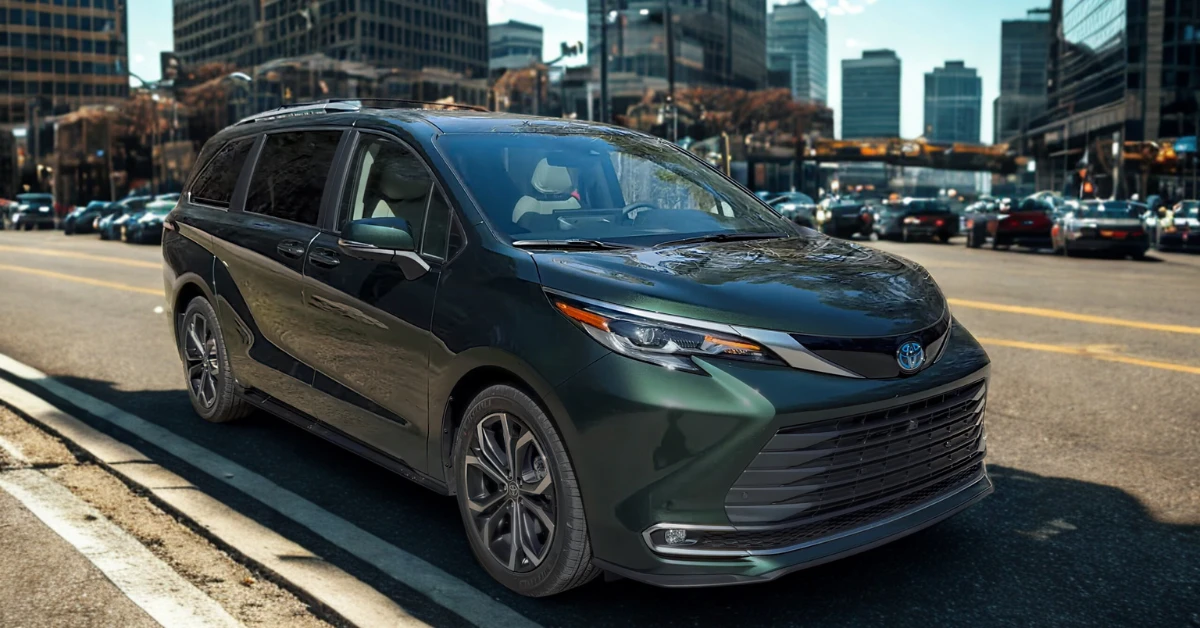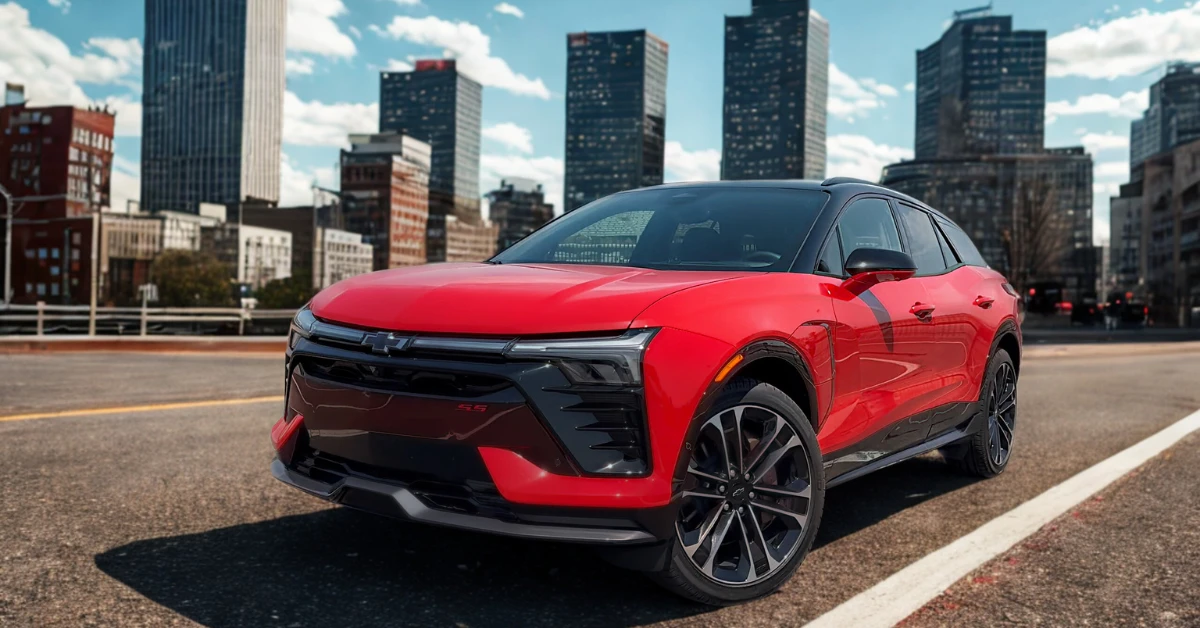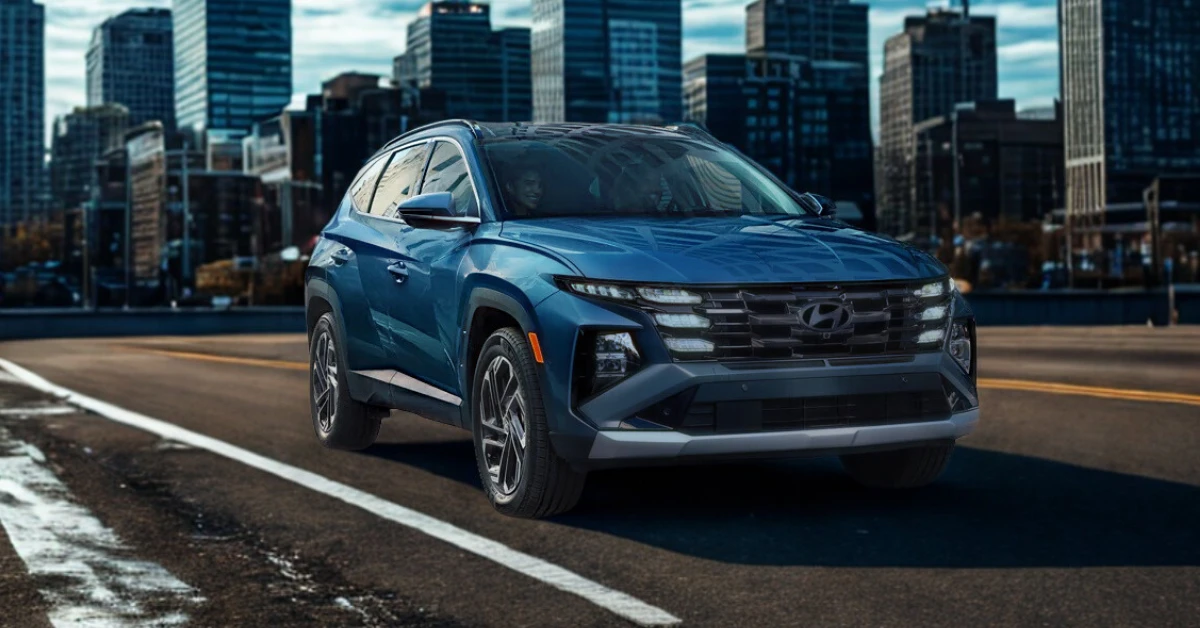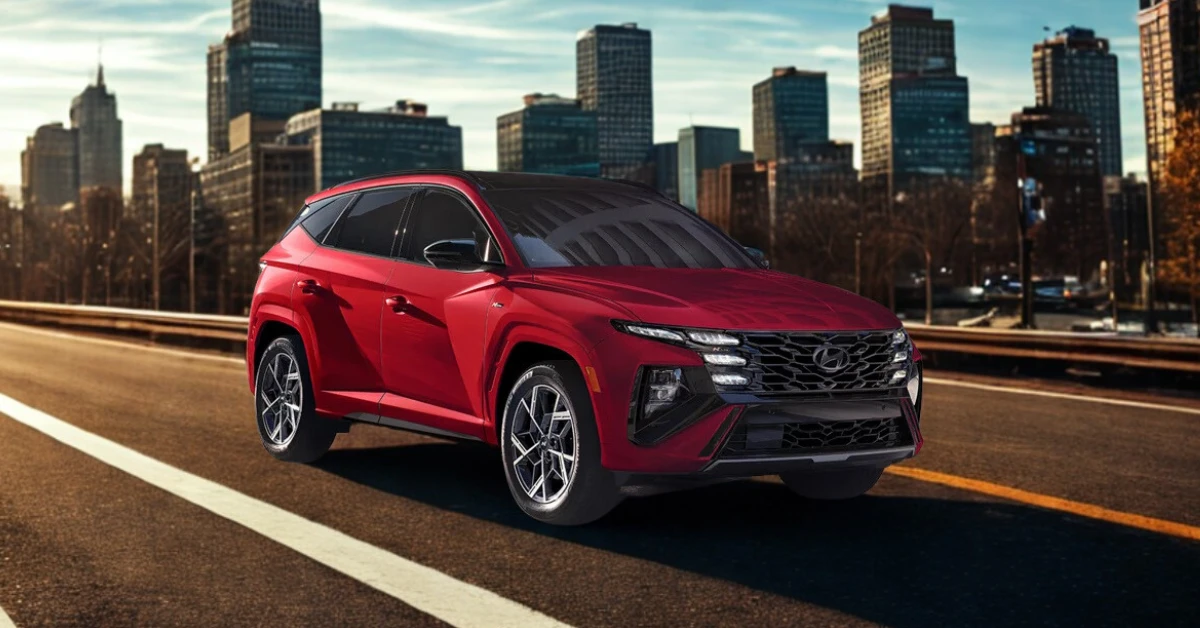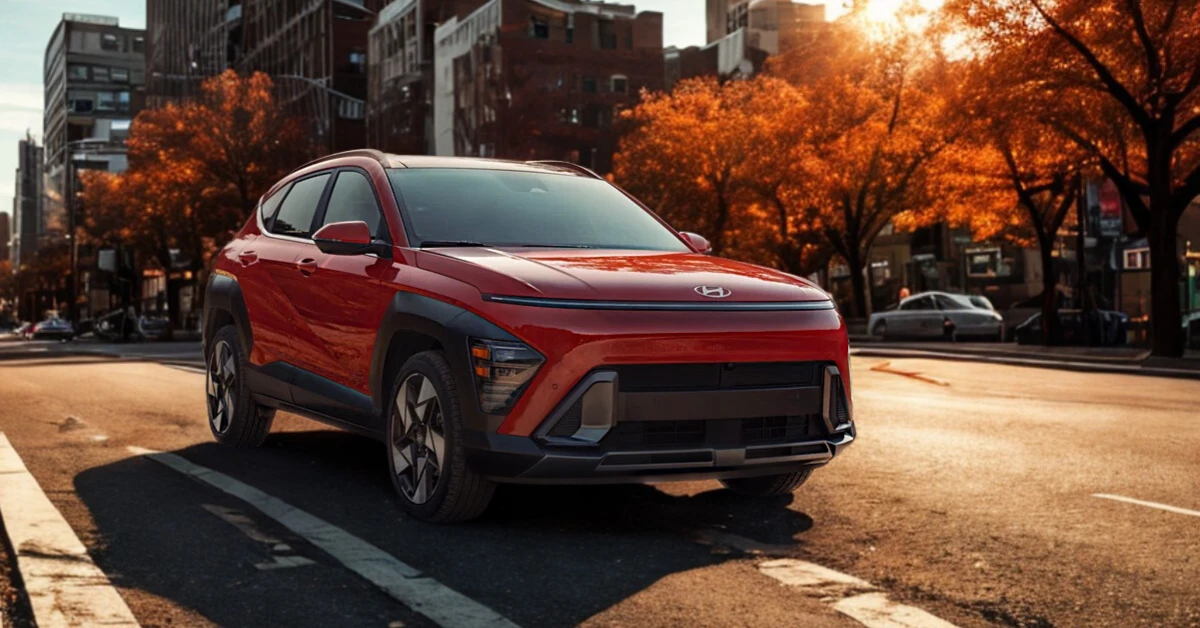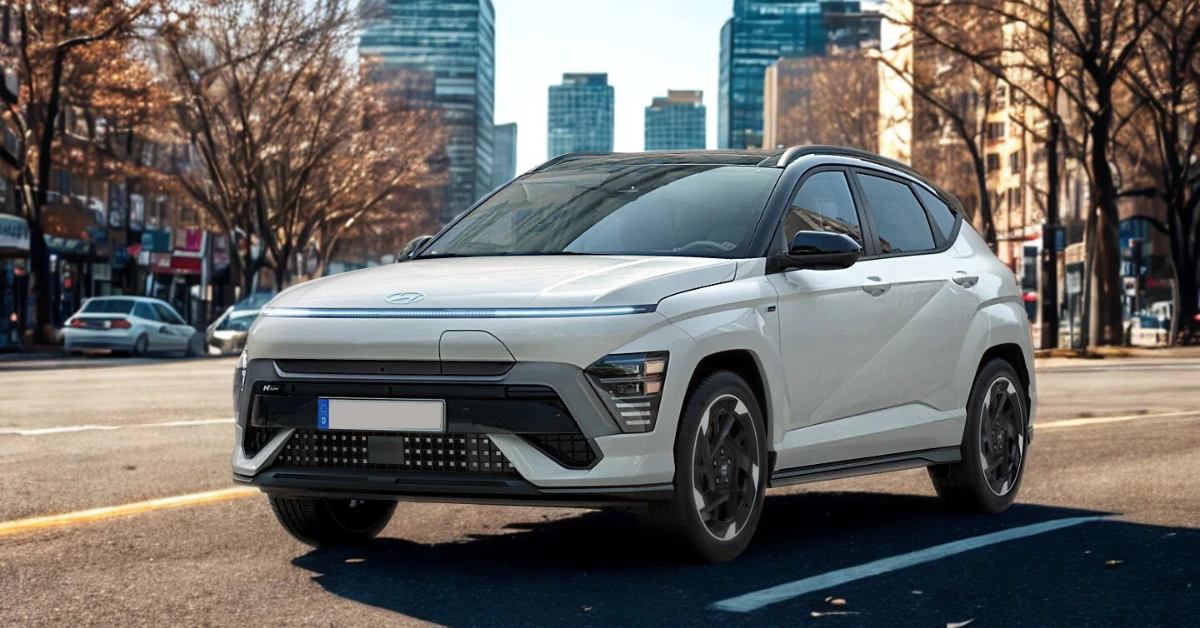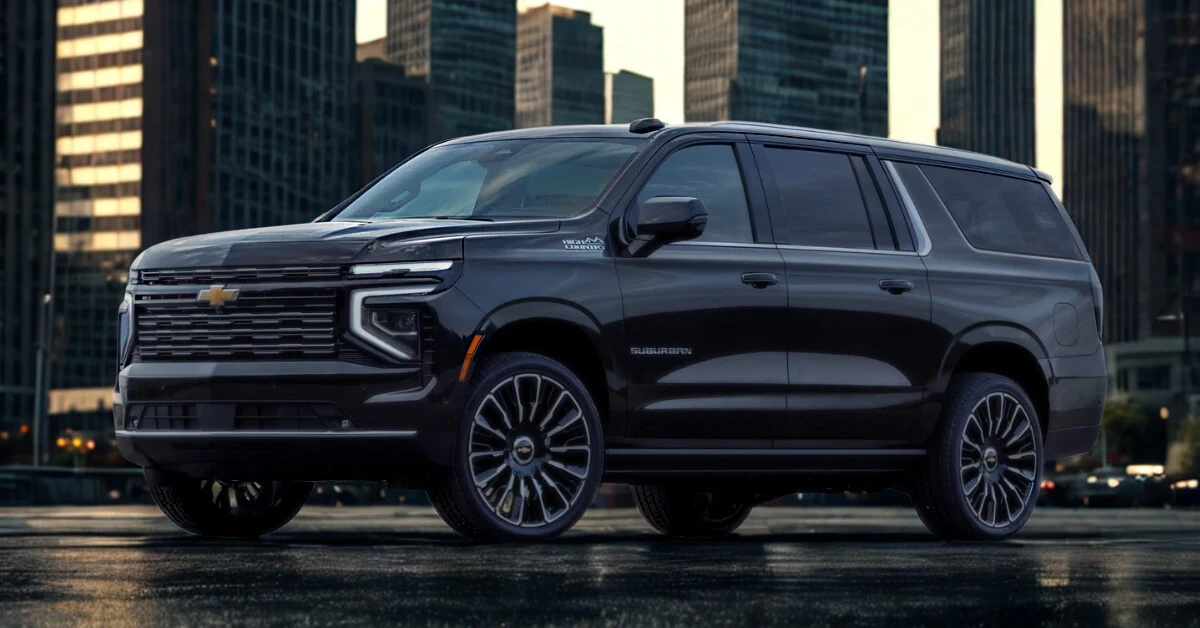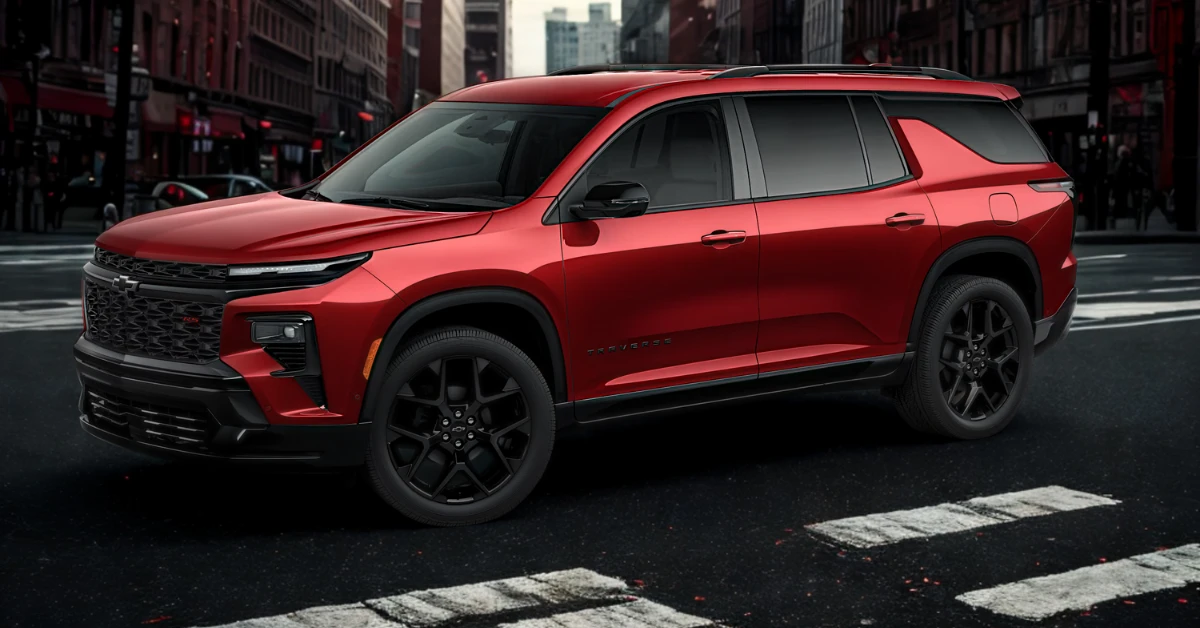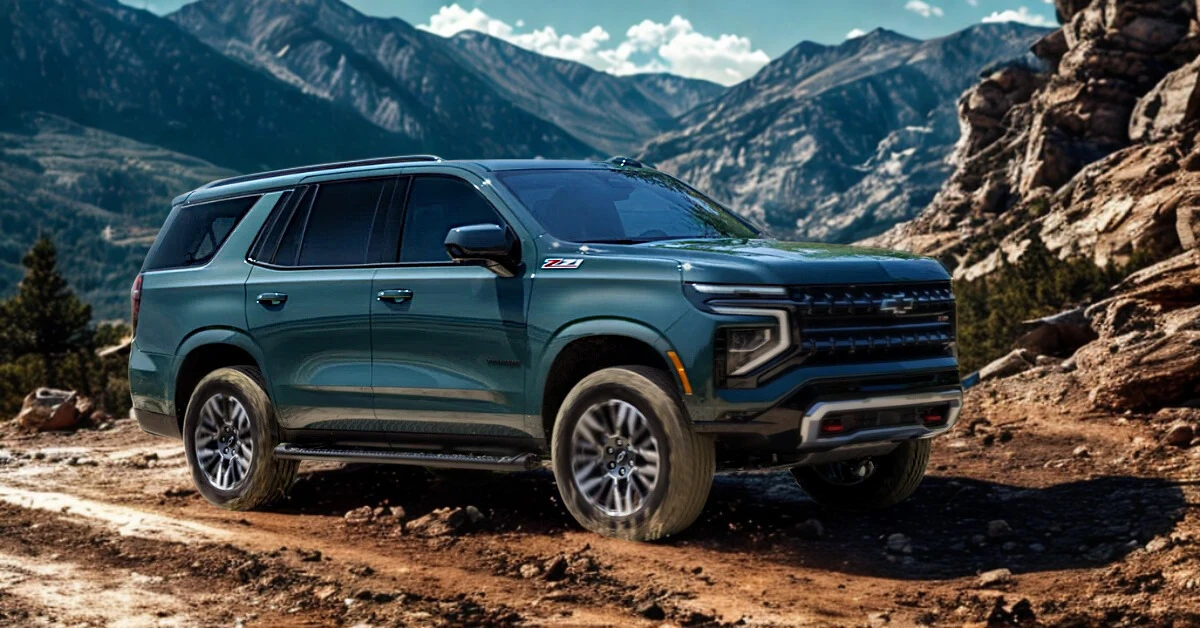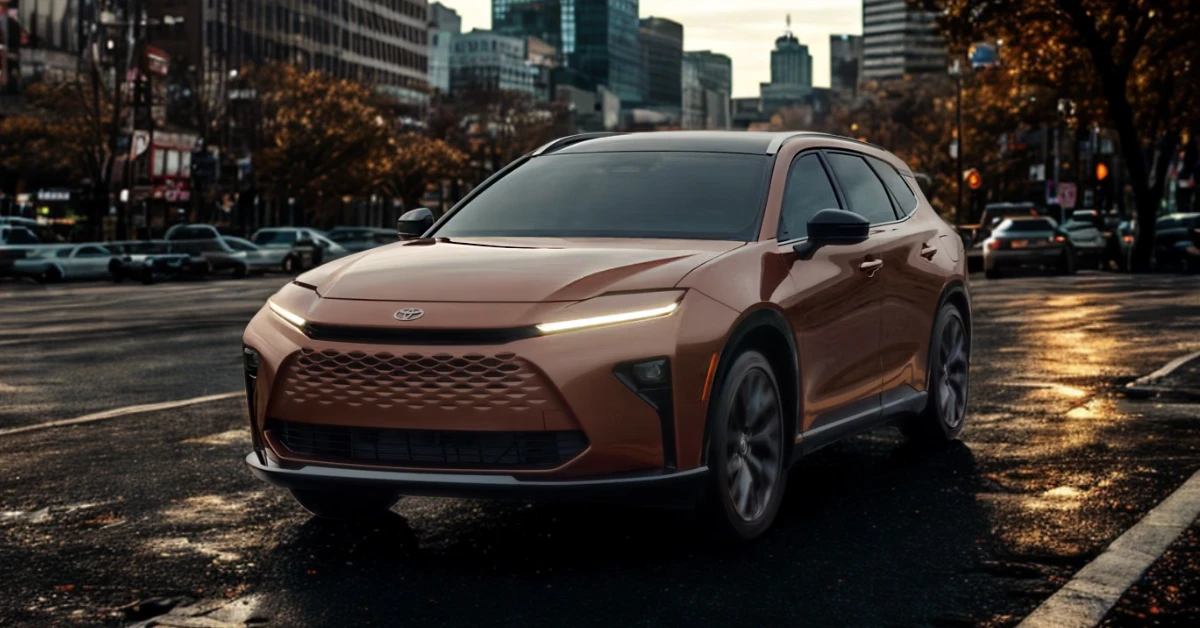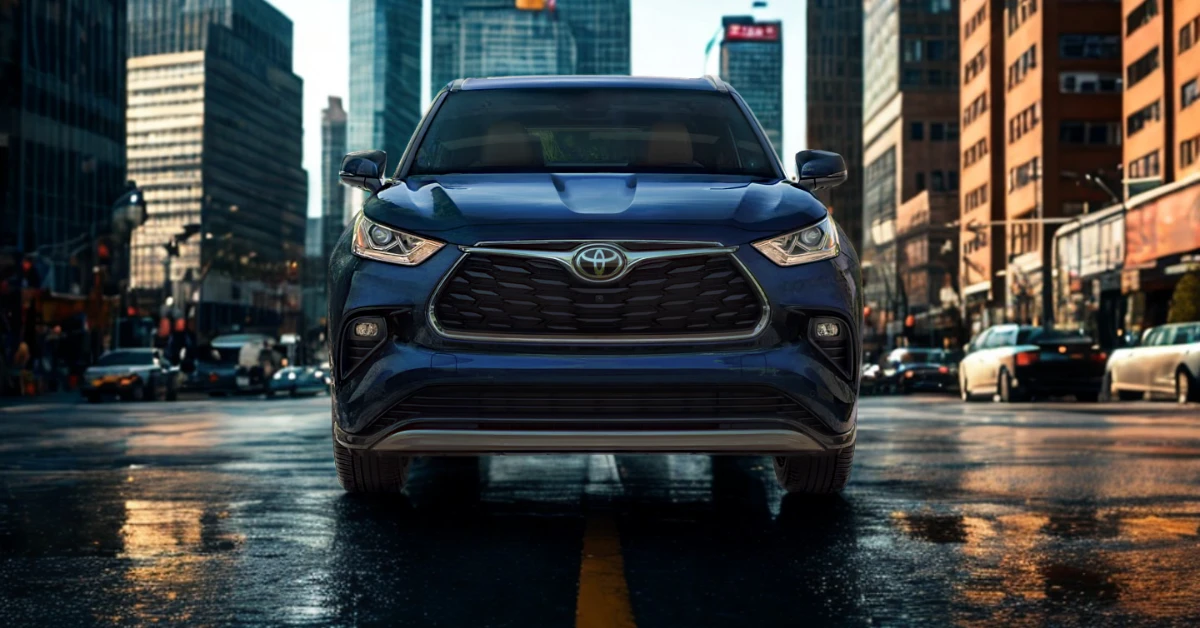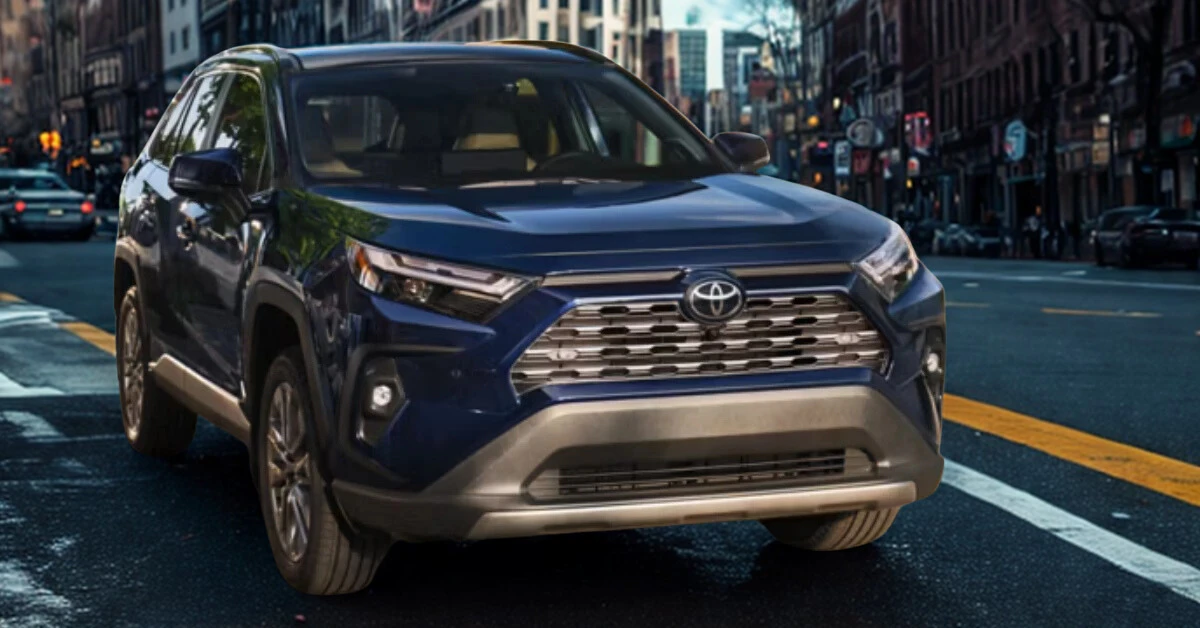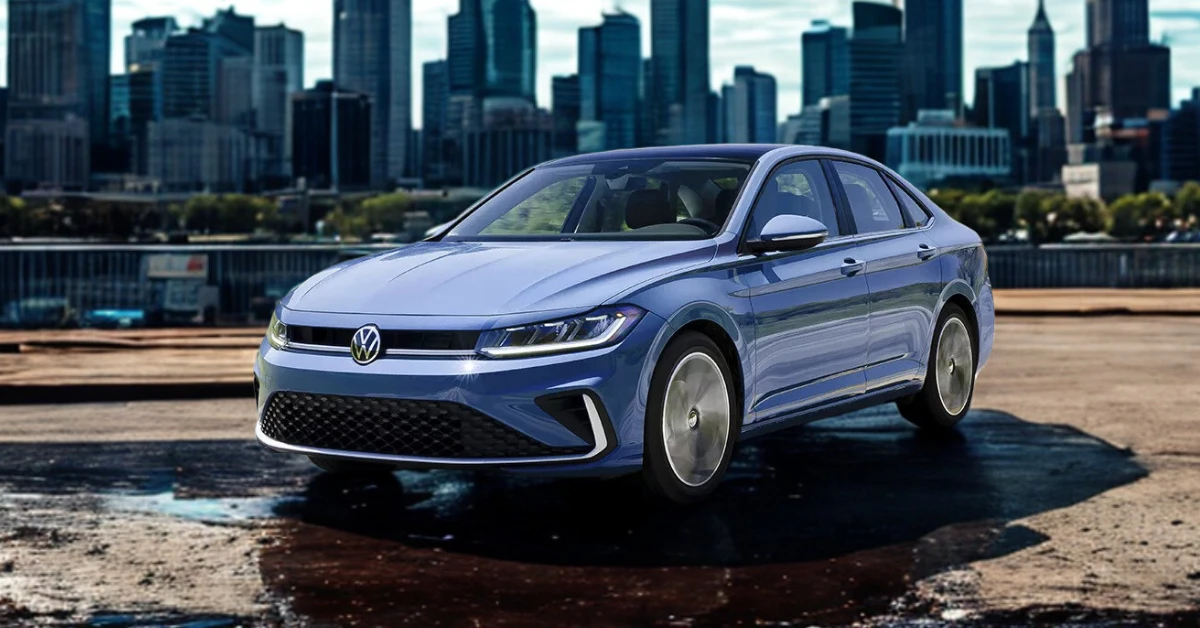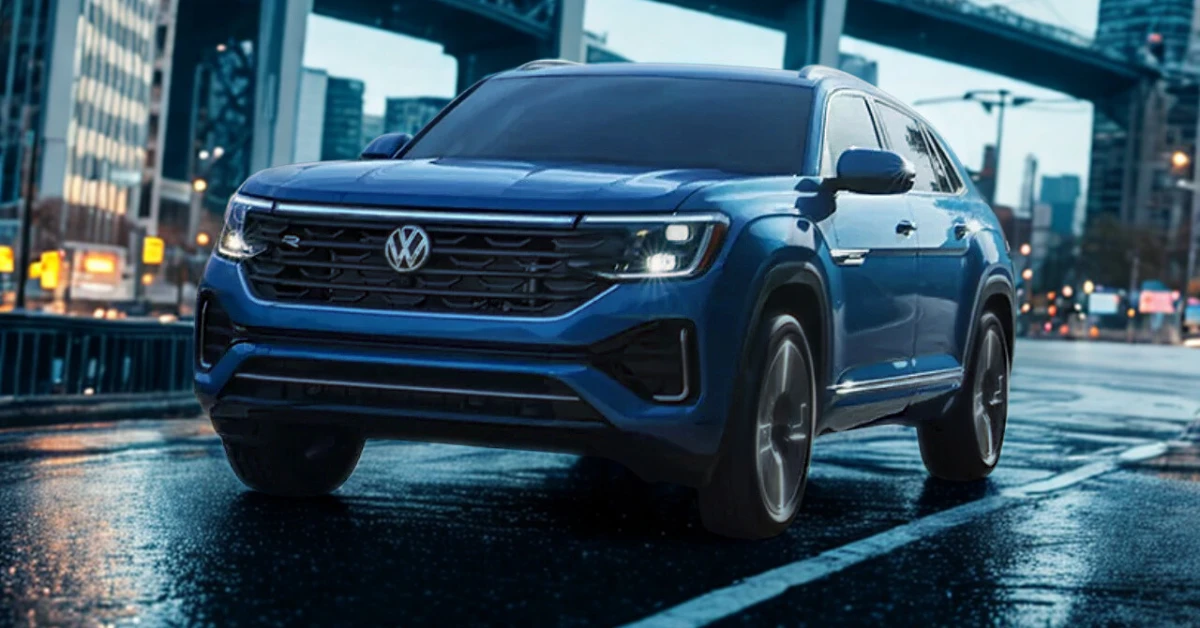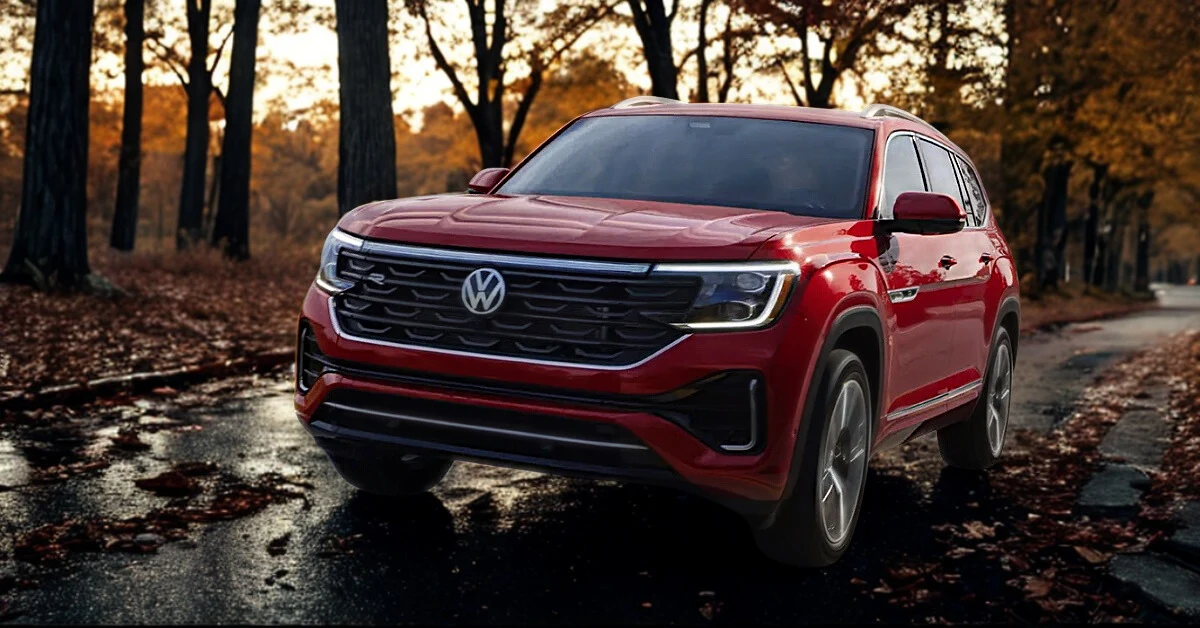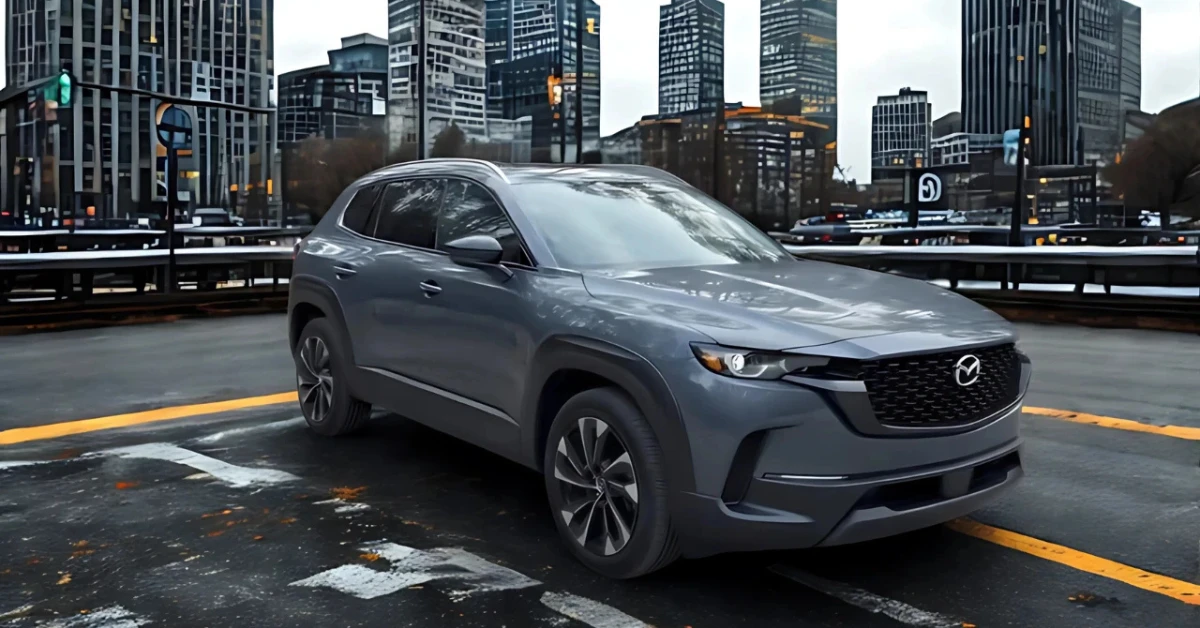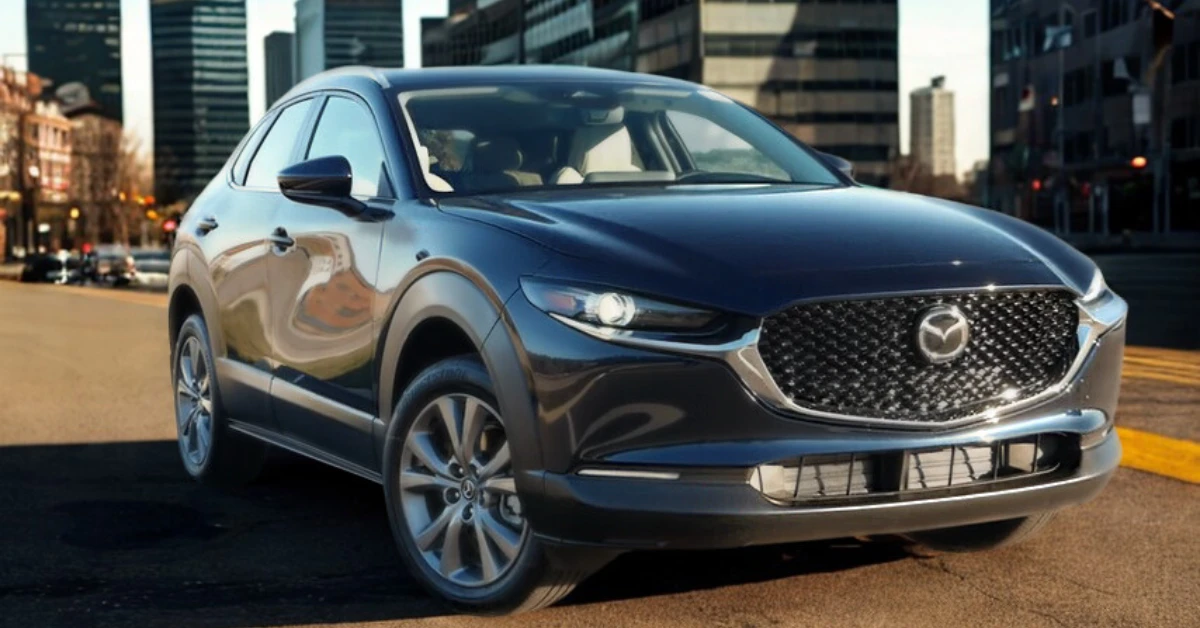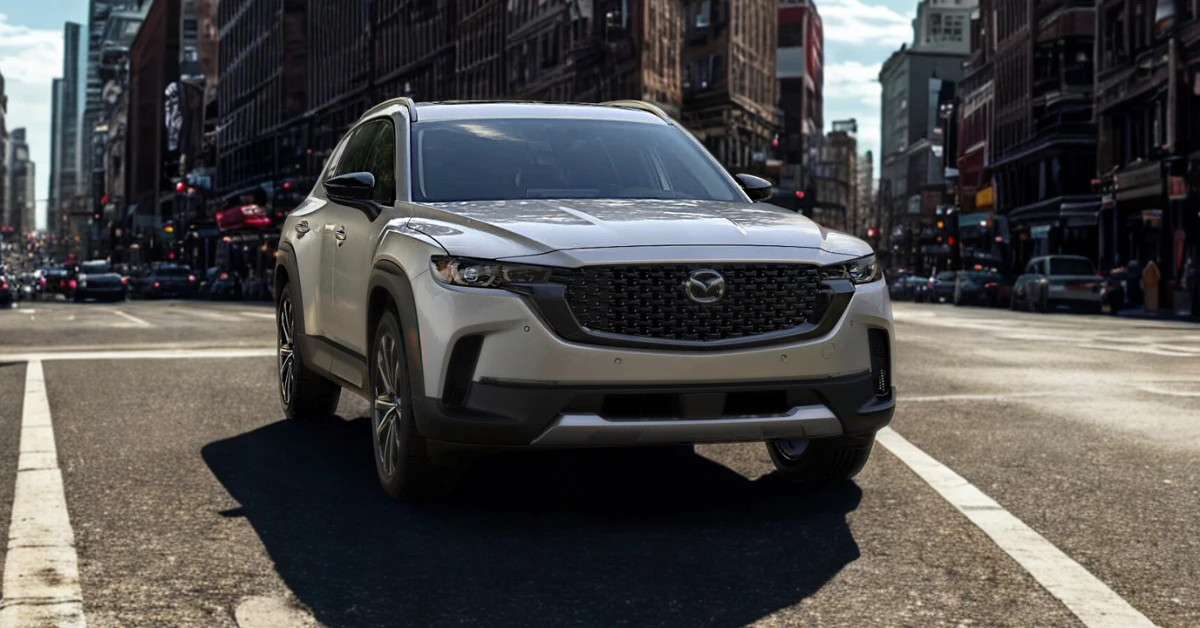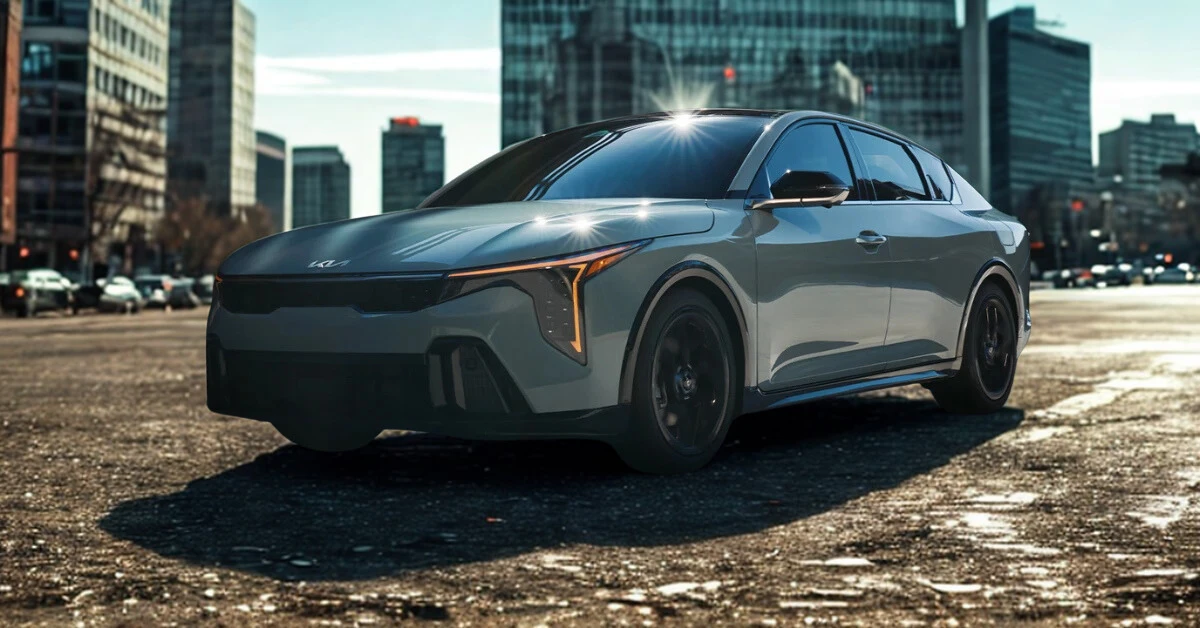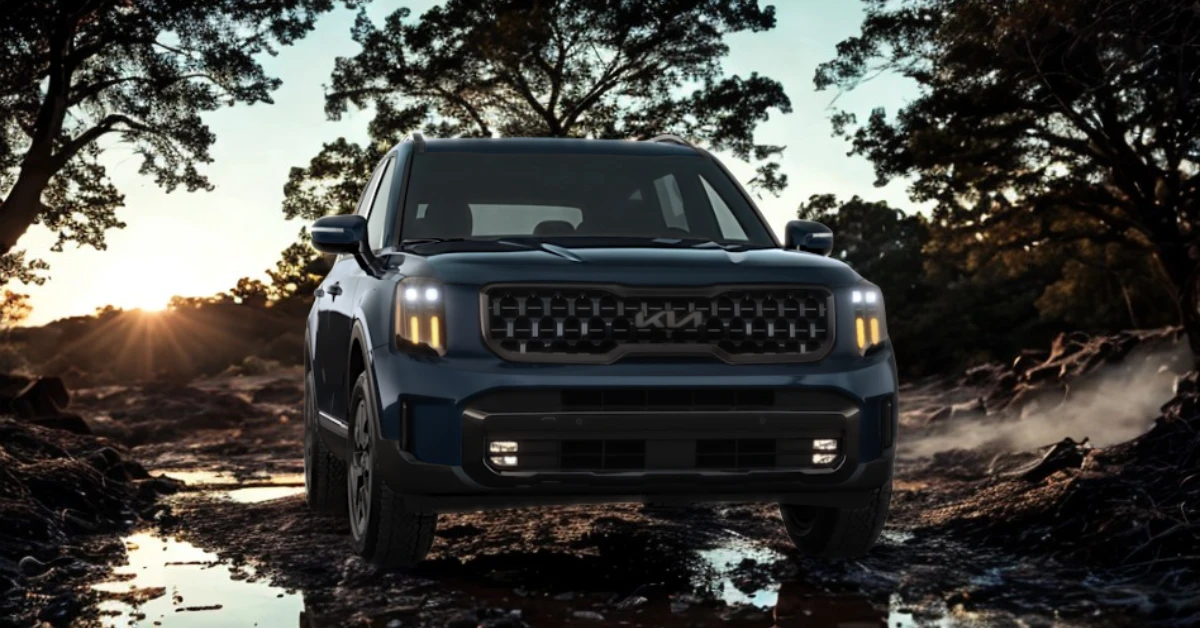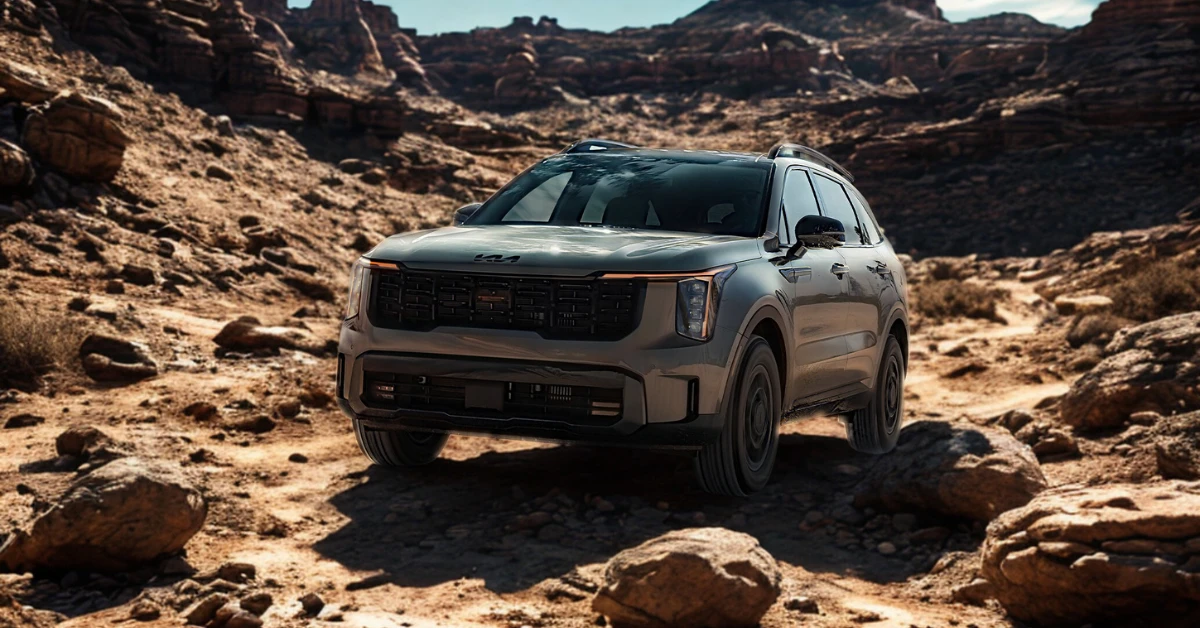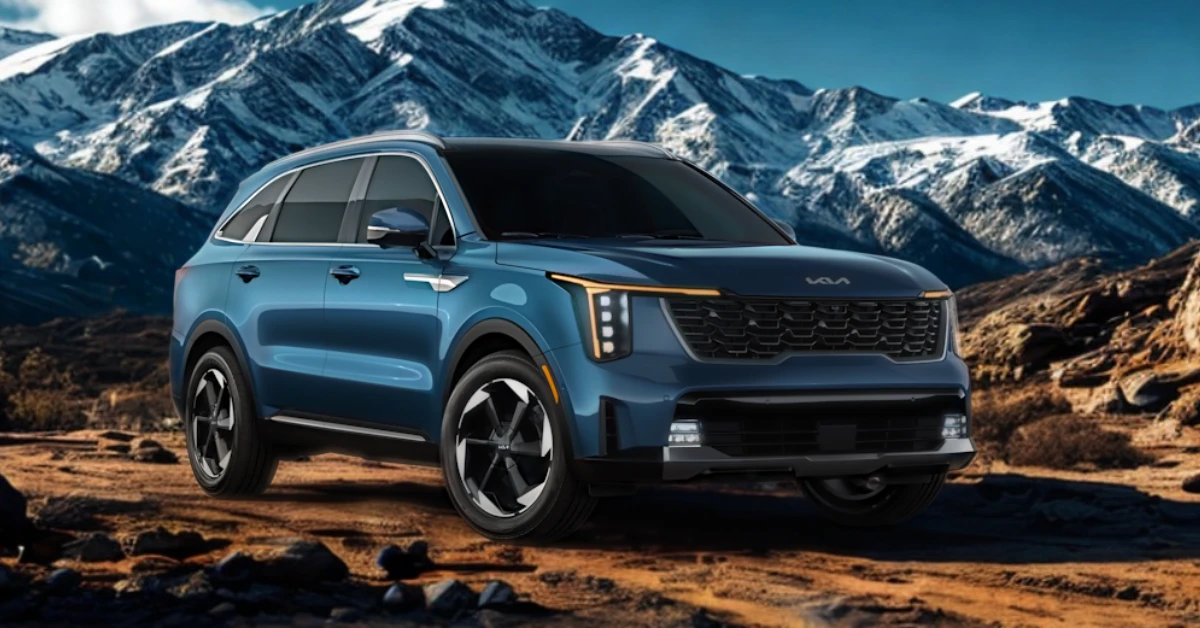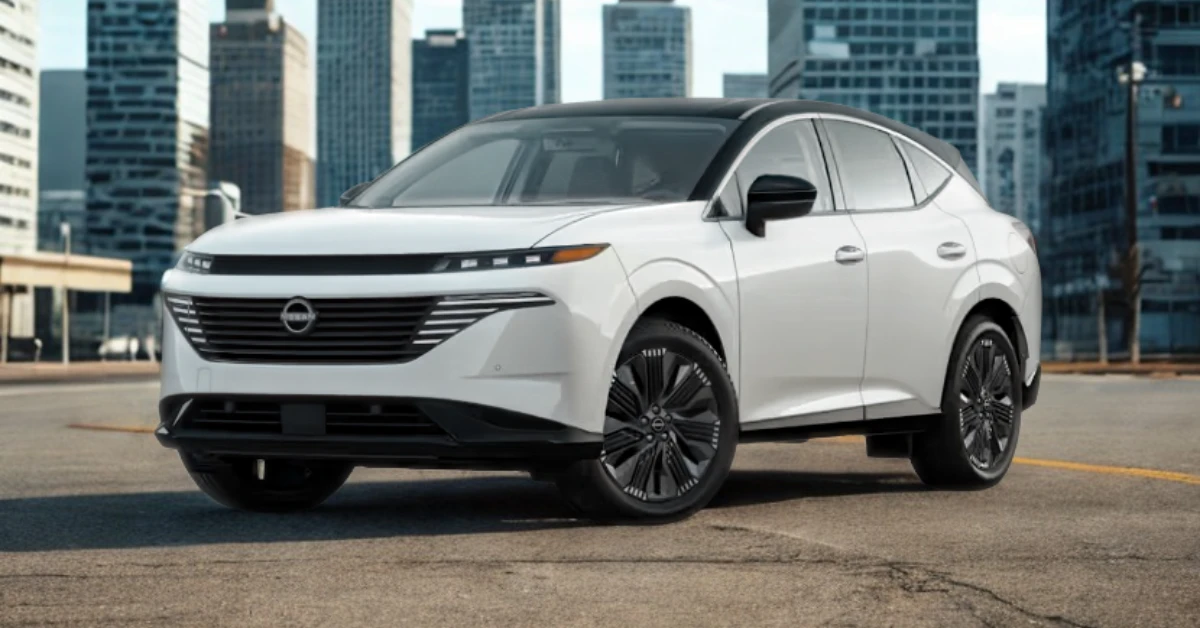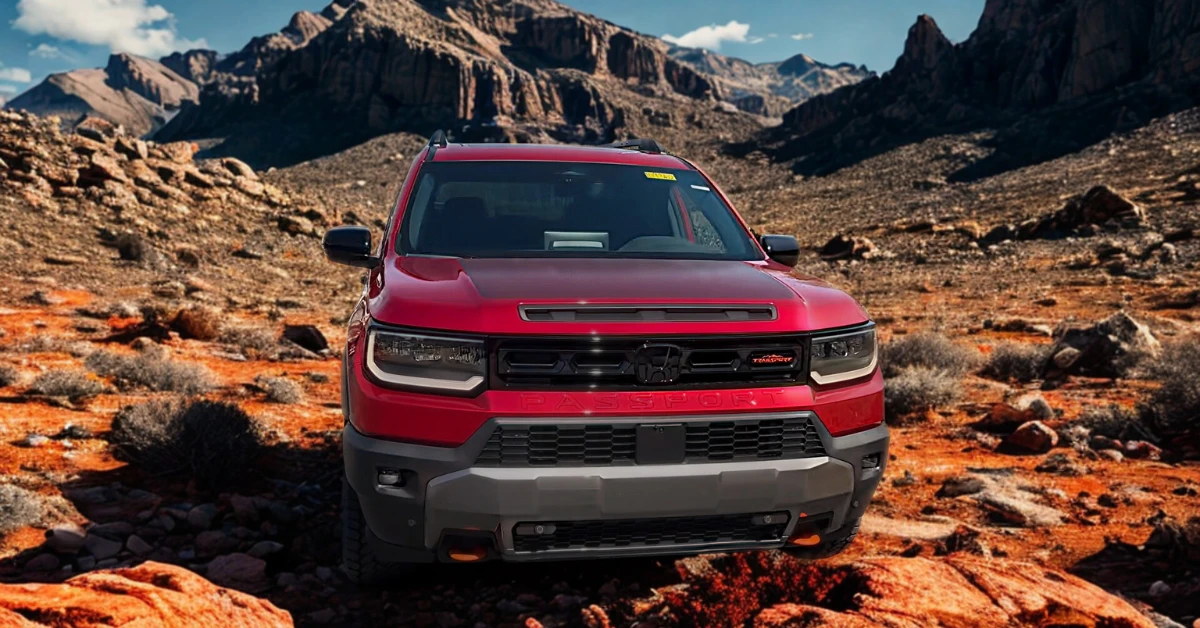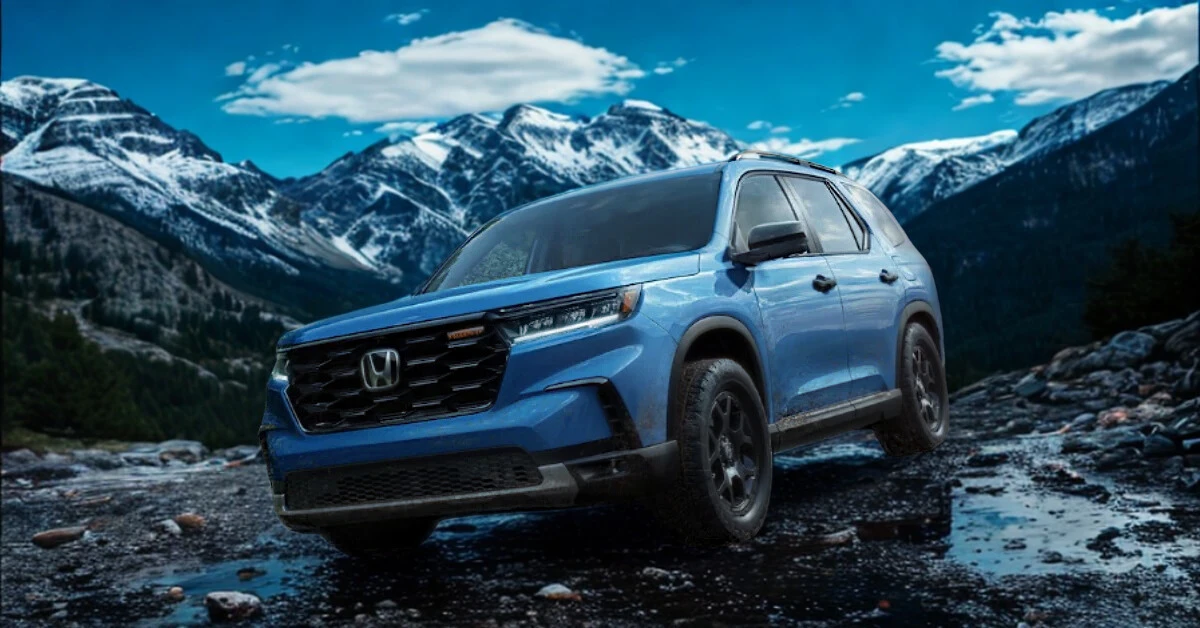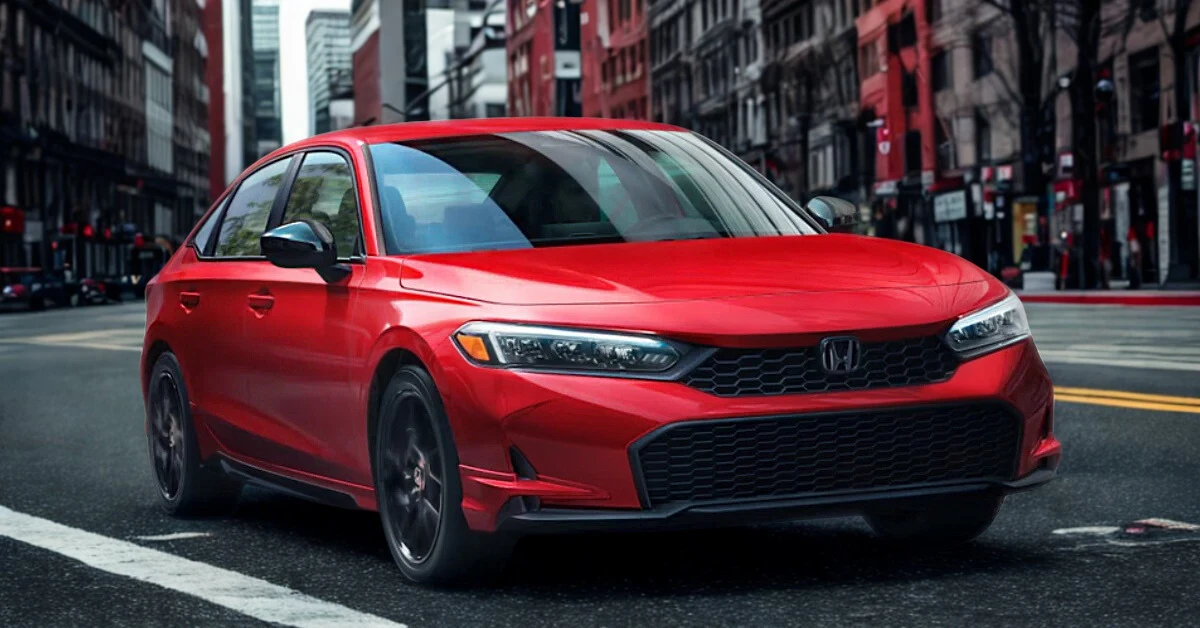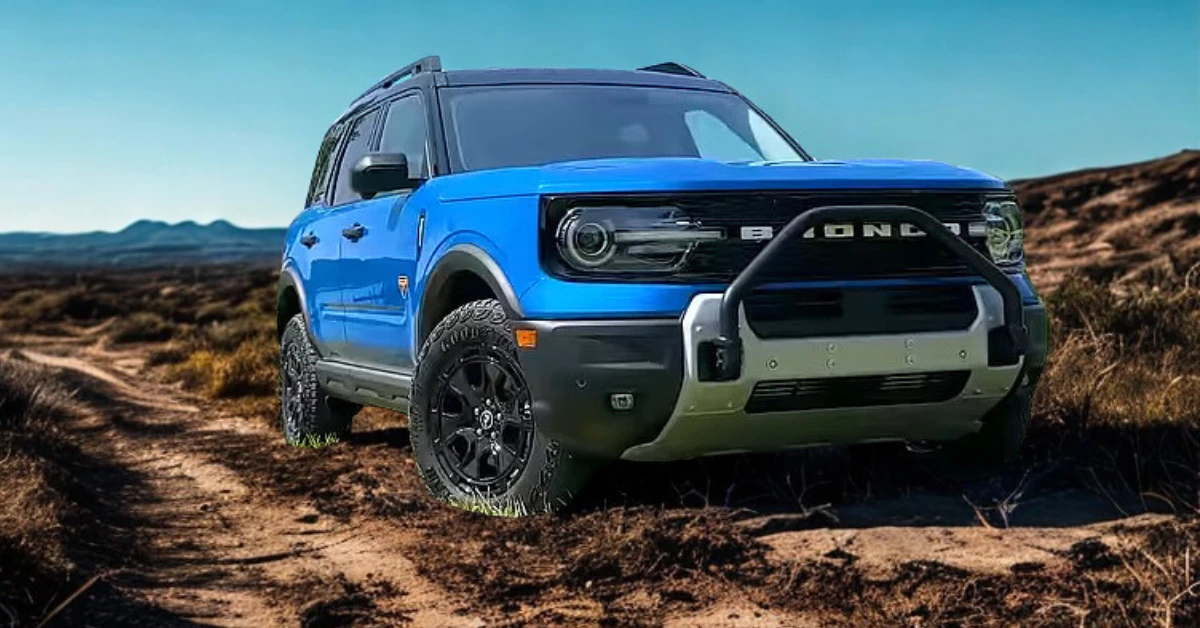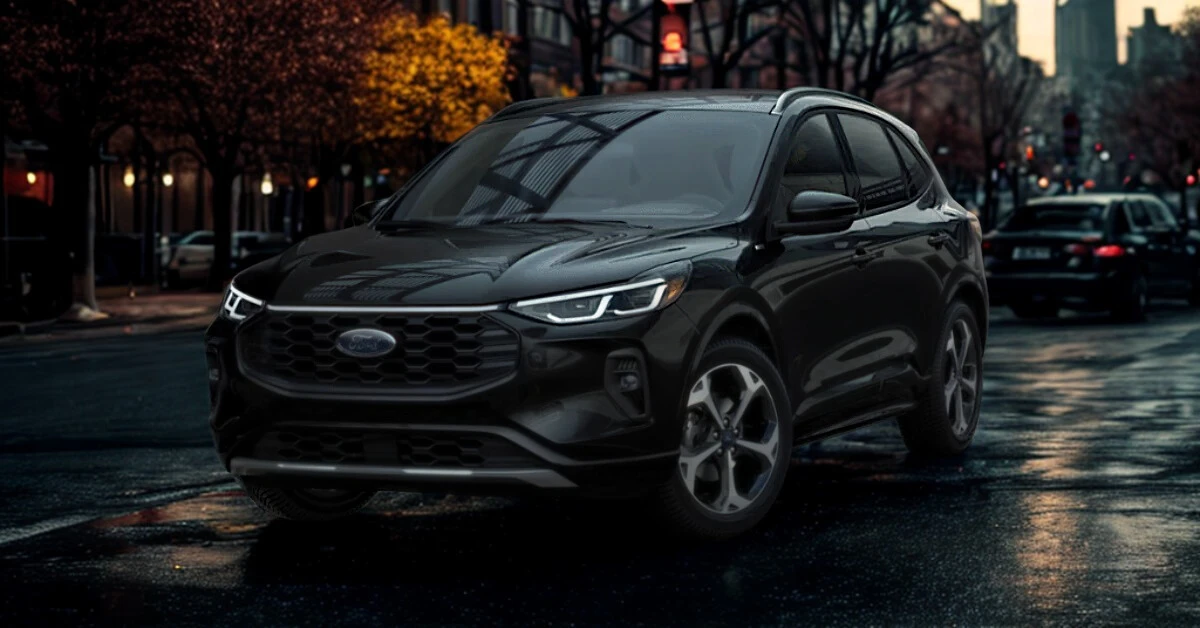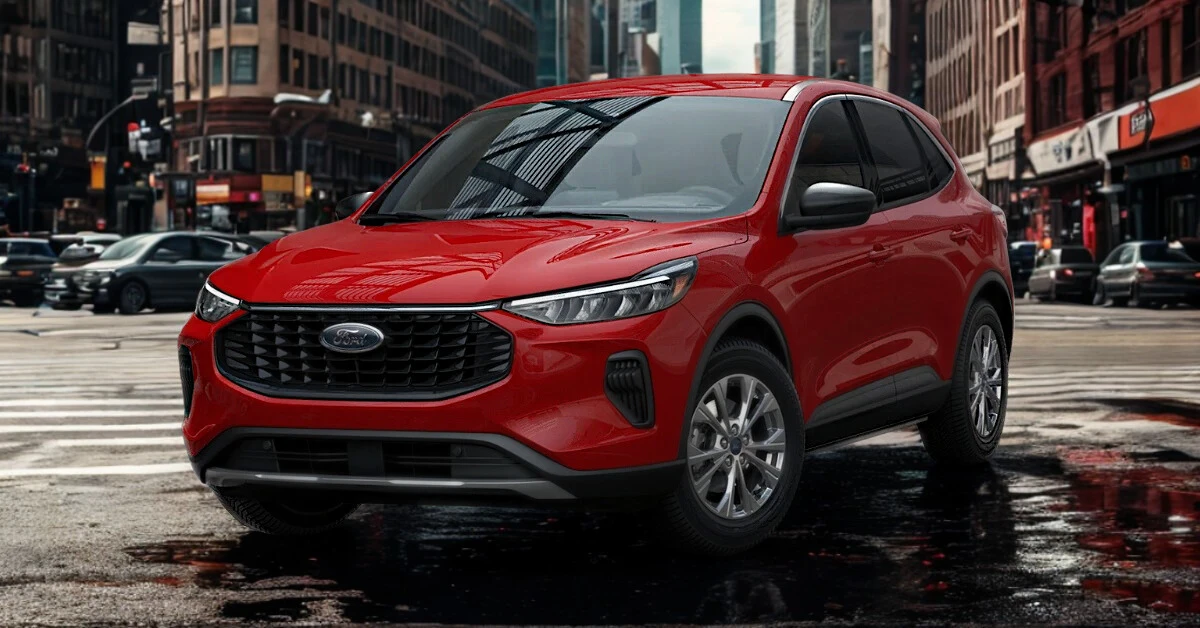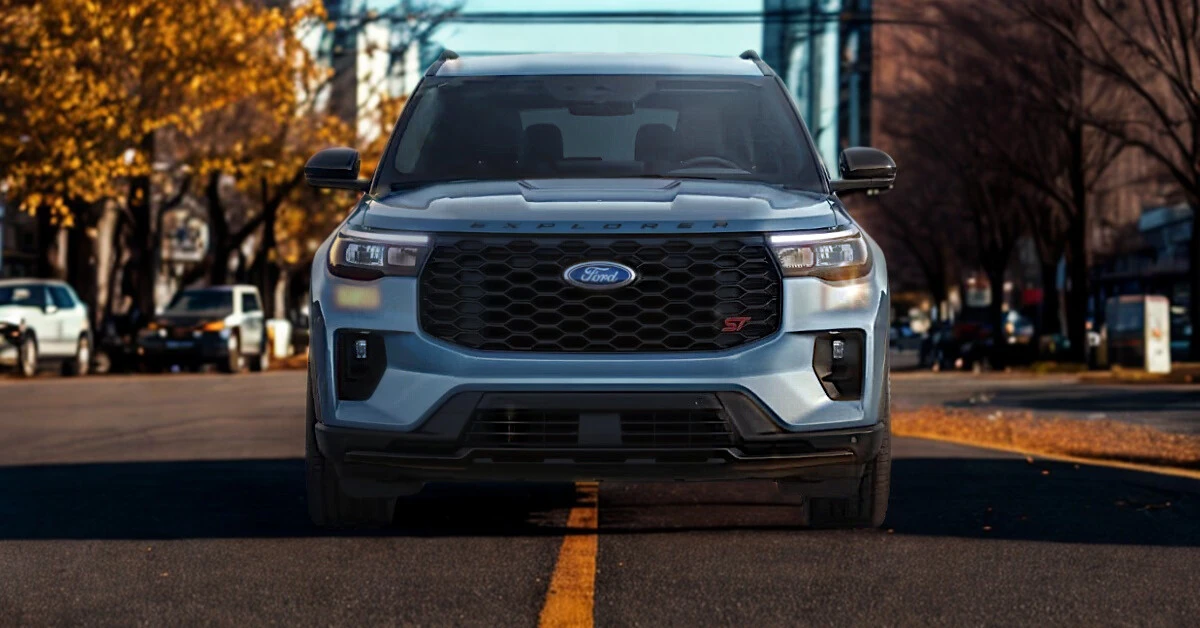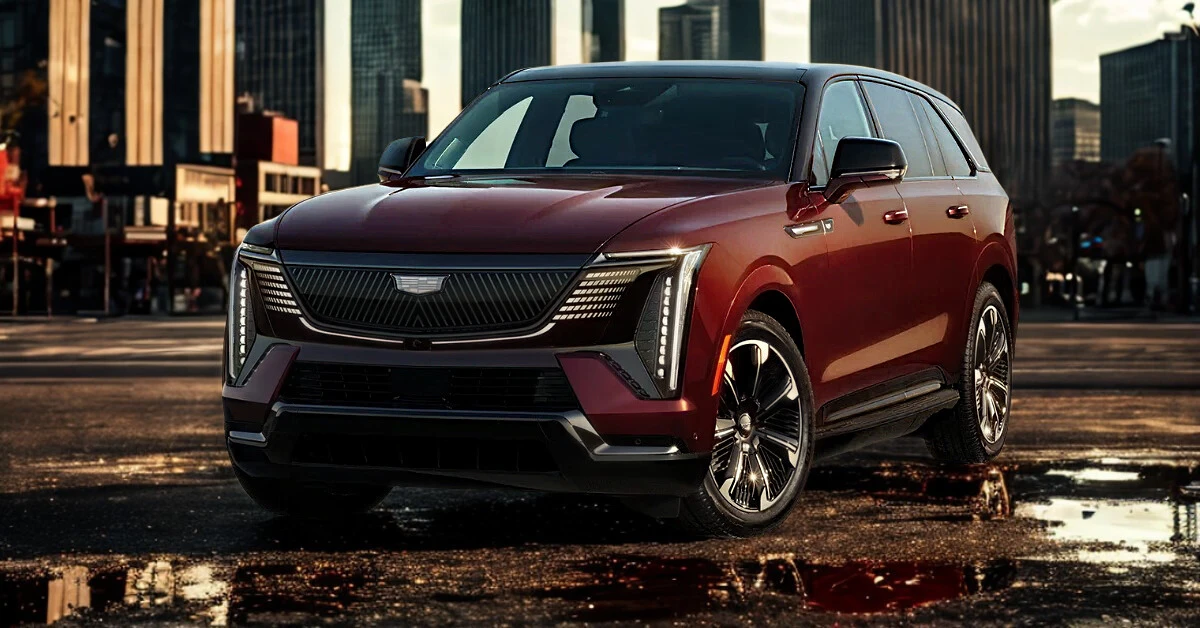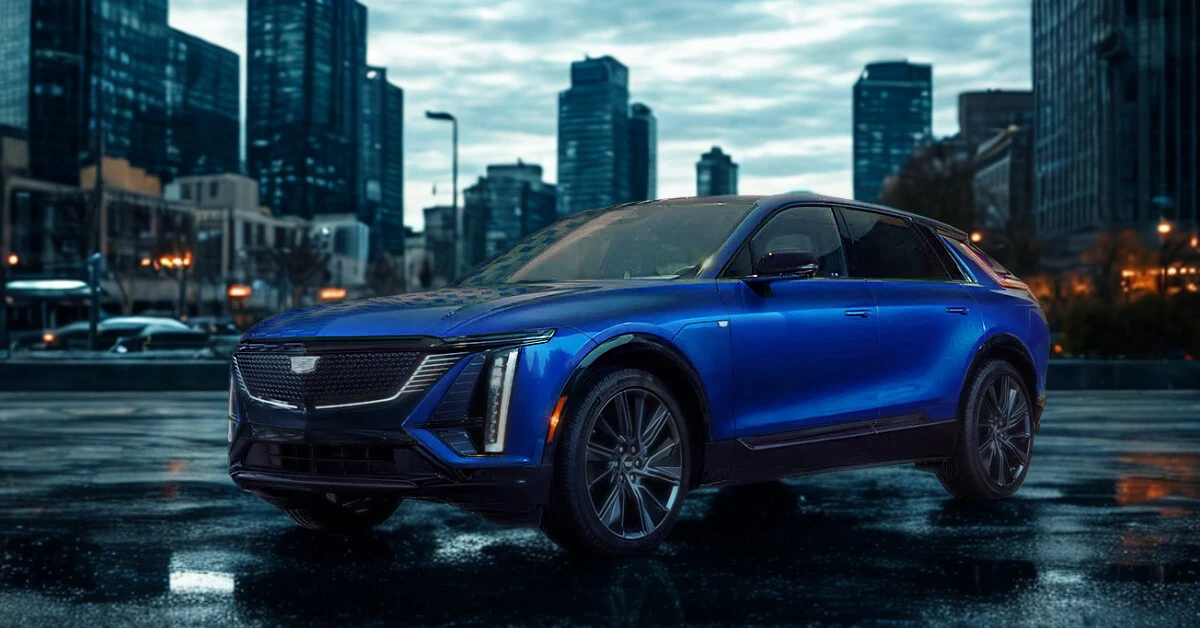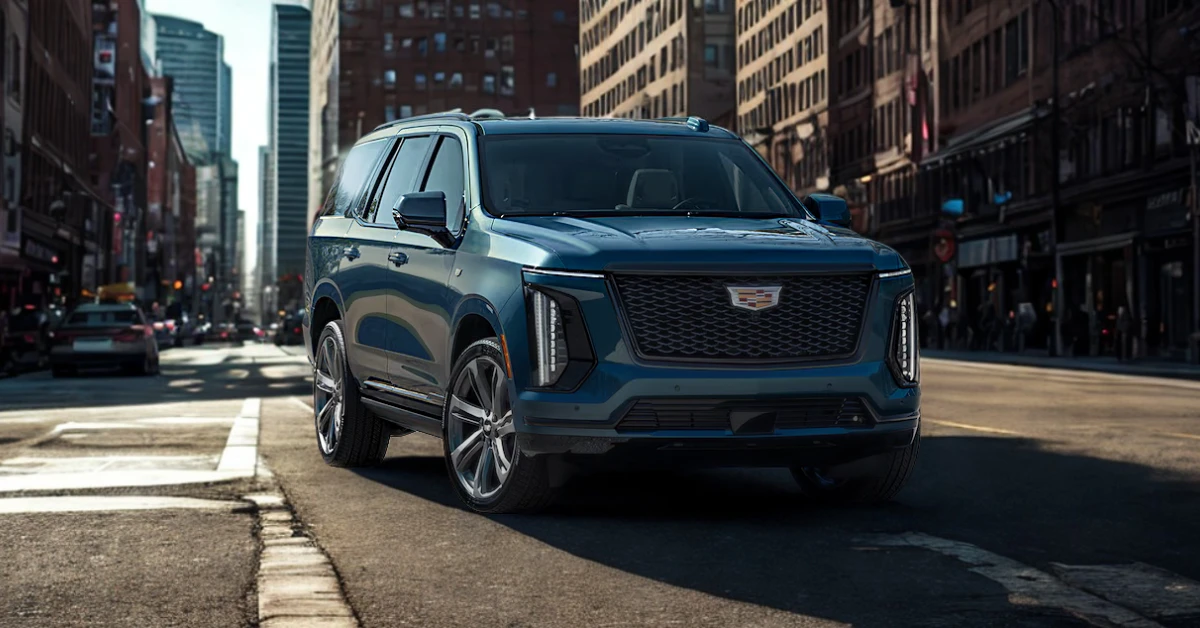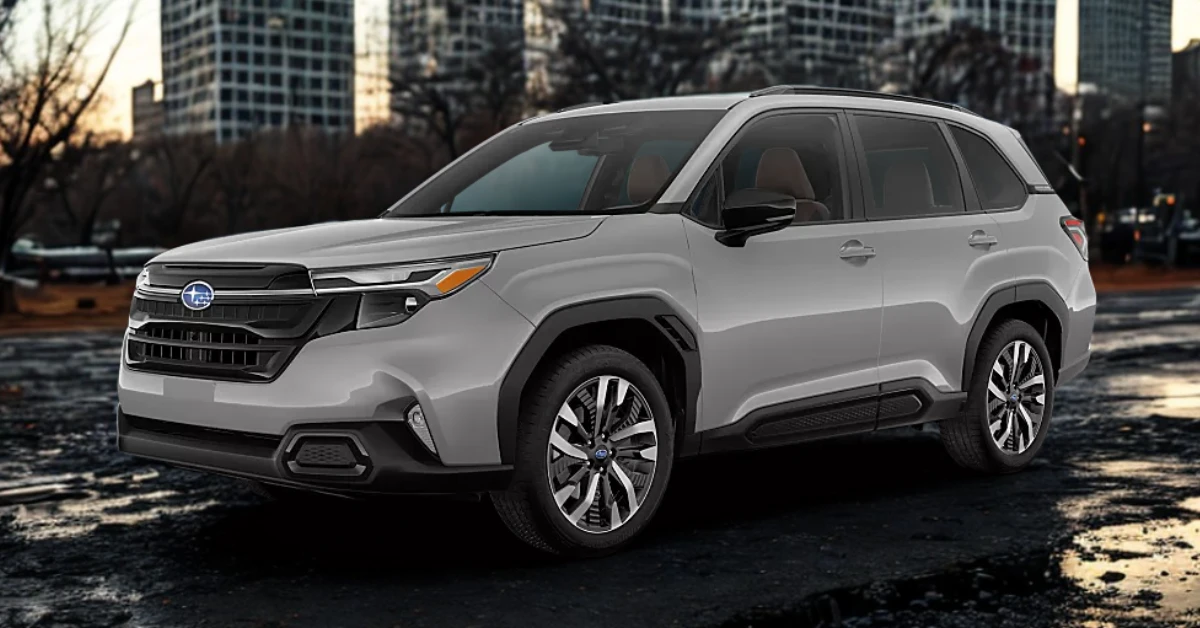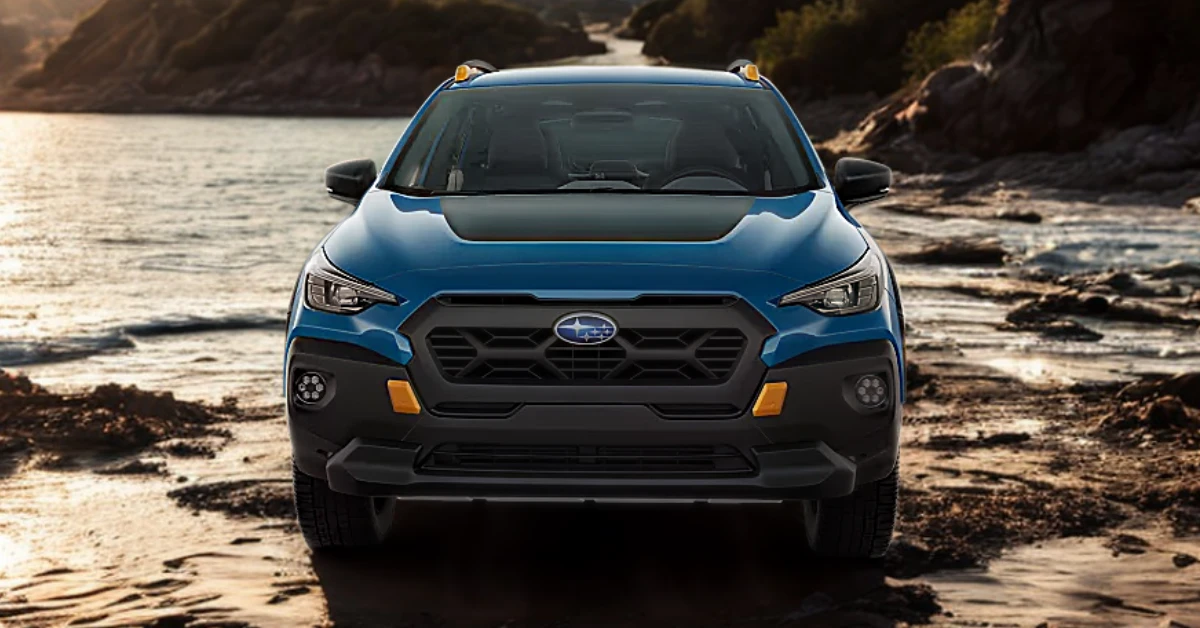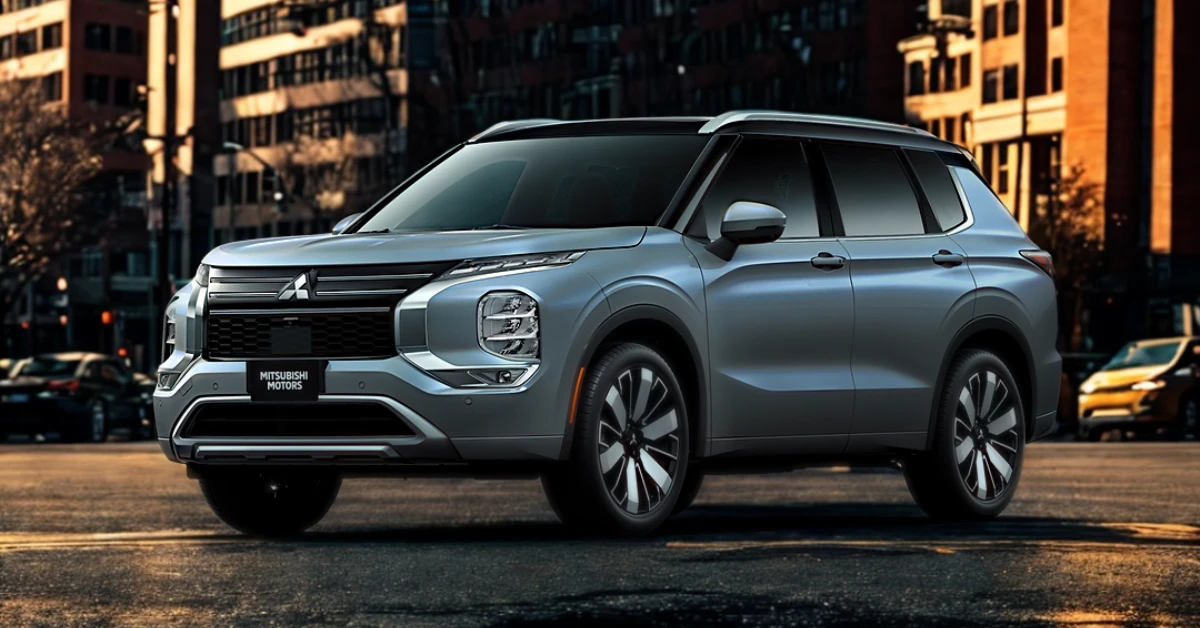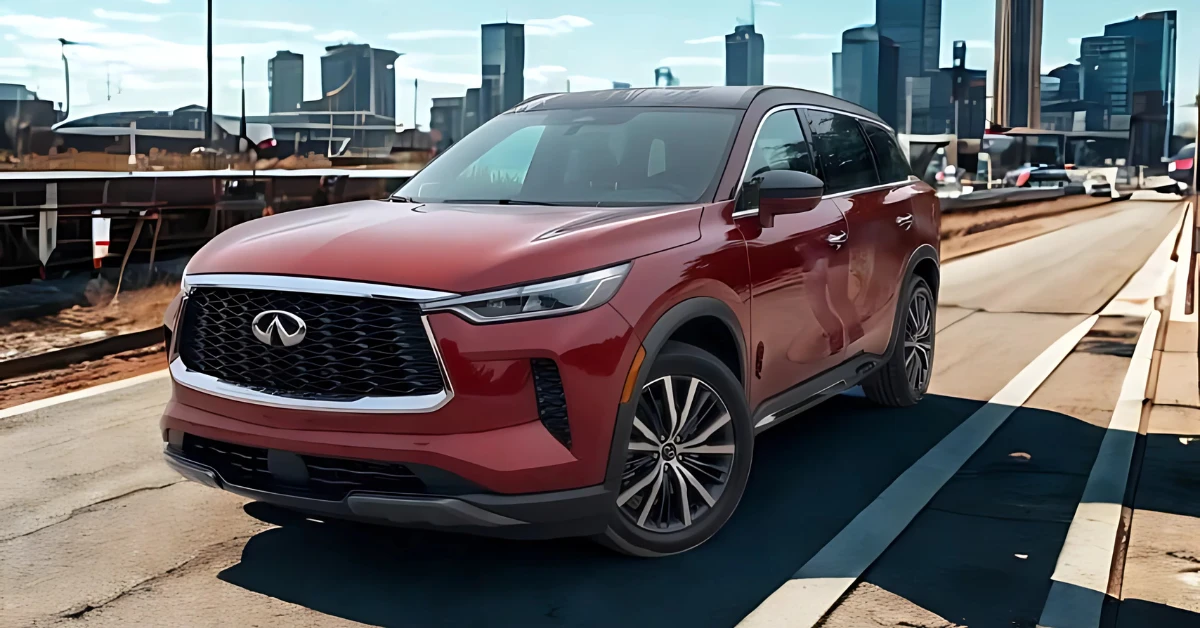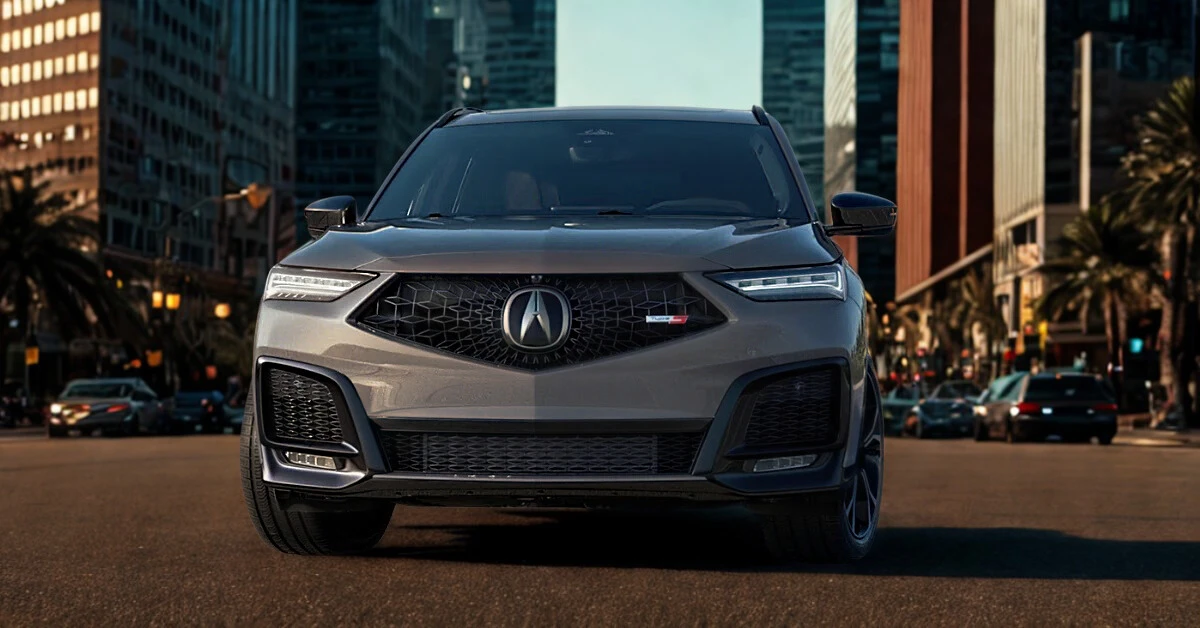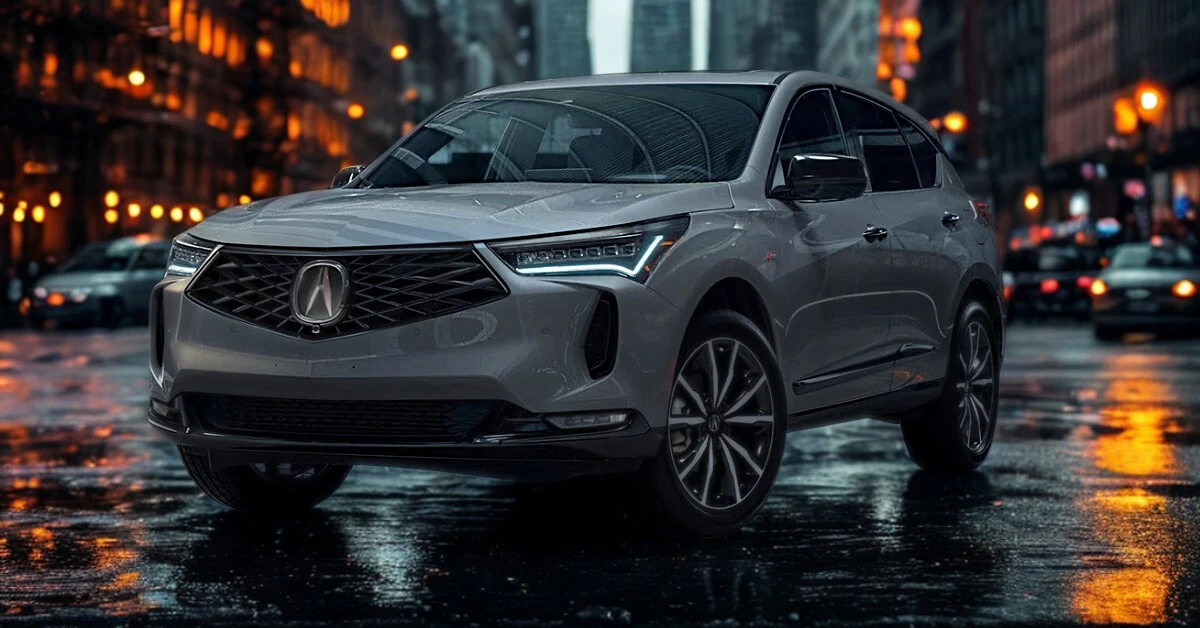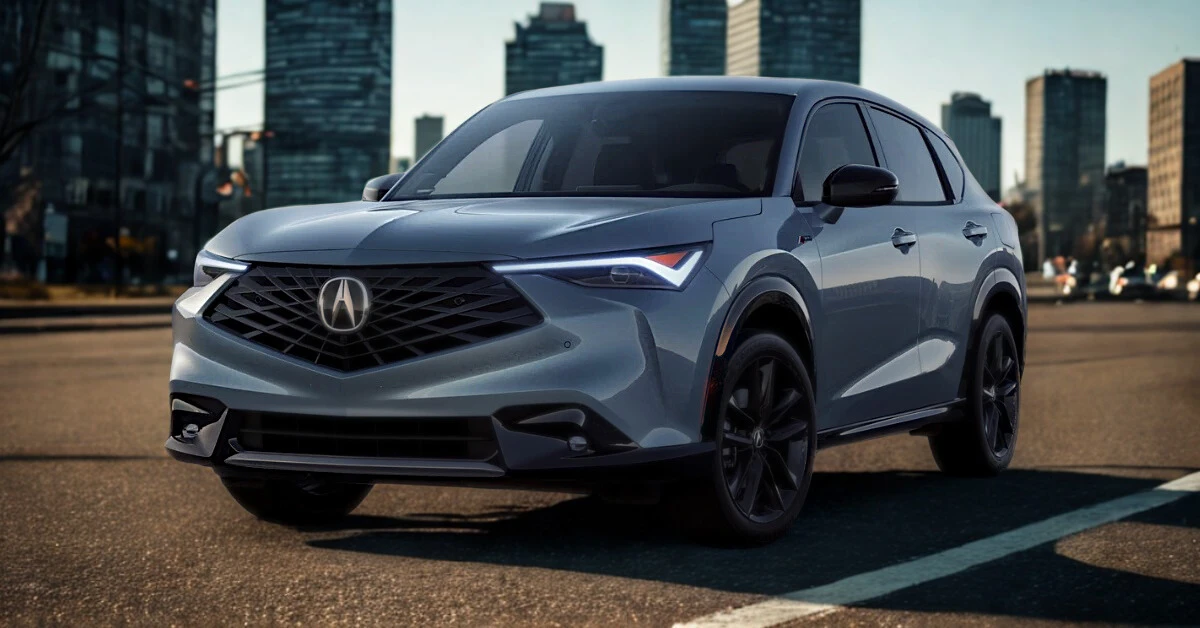2025 Subaru Outback Specifications
- POWERTRAINS
- TRIMS
- COLORS
- DIMENSIONS
| Specification | Outback AWD | Outback Premium AWD | Outback Onyx Edition AWD | Outback Limited AWD | Outback Wilderness AWD | Outback Onyx Edition XT AWD | Outback Limited XT AWD | Outback Touring AWD | Outback Touring XT AWD |
|---|---|---|---|---|---|---|---|---|---|
| Base Price | $30,430 | $32,730 | $37,640 | $39,390 | $41,380 | $40,895 | $41,730 | $41,880 | $44,330 |
| Engine Type | 2.5L DOHC H-4 | 2.5L DOHC H-4 | 2.5L DOHC H-4 | 2.5L DOHC H-4 | 2.4L Turbo DOHC H-4 | 2.4L Turbo DOHC H-4 | 2.4L Turbo DOHC H-4 | 2.5L DOHC H-4 | 2.4L Turbo DOHC H-4 |
| Fuel Type | Regular Unleaded | Regular Unleaded | Regular Unleaded | Regular Unleaded | Regular Unleaded | Regular Unleaded | Regular Unleaded | Regular Unleaded | Regular Unleaded |
| Displacement | 2.5L/152 cu. in. | 2.5L/152 cu. in. | 2.5L/152 cu. in. | 2.5L/152 cu. in. | 2.4L/146 cu. in. | 2.4L/146 cu. in. | 2.4L/146 cu. in. | 2.5L/152 cu. in. | 2.4L/146 cu. in. |
| Fuel System | Gasoline Direct Injection | Gasoline Direct Injection | Gasoline Direct Injection | Gasoline Direct Injection | Gasoline Direct Injection | Gasoline Direct Injection | Gasoline Direct Injection | Gasoline Direct Injection | Gasoline Direct Injection |
| Horsepower | 182 @ 5800 rpm | 182 @ 5800 rpm | 182 @ 5800 rpm | 182 @ 5800 rpm | 260 @ 5600 rpm | 260 @ 5600 rpm | 260 @ 5600 rpm | 182 @ 5800 rpm | 260 @ 5600 rpm |
| Torque | 176 lb-ft @ 4400 rpm | 176 lb-ft @ 4400 rpm | 176 lb-ft @ 4400 rpm | 176 lb-ft @ 4400 rpm | 277 lb-ft @ 2000 rpm | 277 lb-ft @ 2000 rpm | 277 lb-ft @ 2000 rpm | 176 lb-ft @ 4400 rpm | 277 lb-ft @ 2000 rpm |
| Transmission | CVT w/ 8-speed Manual Mode | CVT w/ 8-speed Manual Mode | CVT w/ 8-speed Manual Mode | CVT w/ 8-speed Manual Mode | CVT w/ 8-speed Manual Mode | CVT w/ 8-speed Manual Mode | CVT w/ 8-speed Manual Mode | CVT w/ 8-speed Manual Mode | CVT w/ 8-speed Manual Mode |
| Drive Type | Full-Time All-Wheel | Full-Time All-Wheel | Full-Time All-Wheel | Full-Time All-Wheel | Full-Time All-Wheel | Full-Time All-Wheel | Full-Time All-Wheel | Full-Time All-Wheel | Full-Time All-Wheel |
| X-MODE System | Standard | Standard | Dual-Mode | Standard | Dual-Mode w/ Low Ratio | Dual-Mode | Standard | Standard | Standard |
| Fuel Economy (city/hwy/combined) | 26/32/28 mpg | 26/32/28 mpg | 26/32/28 mpg | 26/32/28 mpg | 21/26/23 mpg | 22/29/25 mpg | 22/29/25 mpg | 26/32/28 mpg | 22/29/25 mpg |
| Fuel Tank Capacity | 18.5 gal. | 18.5 gal. | 18.5 gal. | 18.5 gal. | 18.5 gal. | 18.5 gal. | 18.5 gal. | 18.5 gal. | 18.5 gal. |
| Range (city/hwy) | 481/592 miles | 481/592 miles | 481/592 miles | 481/592 miles | 389/481 miles | 407/537 miles | 407/537 miles | 481/592 miles | 407/537 miles |
| Max Towing Capacity | 2,700 lbs | 2,700 lbs | 2,700 lbs | 2,700 lbs | 3,500 lbs | 3,500 lbs | 3,500 lbs | 2,700 lbs | 3,500 lbs |
| Curb Weight | 3,641 lbs | 3,661 lbs | 3,723 lbs | 3,766 lbs | 3,902 lbs | 3,921 lbs | 3,931 lbs | 3,781 lbs | 3,946 lbs |
| Suspension Type (F/R) | Strut / Double Wishbone | Strut / Double Wishbone | Strut / Double Wishbone | Strut / Double Wishbone | Strut / Double Wishbone | Strut / Double Wishbone | Strut / Double Wishbone | Strut / Double Wishbone | Strut / Double Wishbone |
| Alternator Capacity | 150 amps | 150 amps | 150 amps | 150 amps | 190 amps | 190 amps | 190 amps | 150 amps | 190 amps |
Interior Features
| Feature | Outback AWD | Outback Premium AWD | Outback Onyx Edition AWD | Outback Limited AWD | Outback Wilderness AWD | Outback Onyx Edition XT AWD | Outback Limited XT AWD | Outback Touring AWD | Outback Touring XT AWD |
|---|---|---|---|---|---|---|---|---|---|
| Seating Capacity | 5 | 5 | 5 | 5 | 5 | 5 | 5 | 5 | 5 |
| Seating Material | Cloth | Cloth | StarTex-Trimmed (Water Repellent) | Perforated Leather | StarTex-Trimmed w/Copper Stitching | StarTex-Trimmed (Water Repellent) | Perforated Leather | Perforated Nappa Leather | Perforated Nappa Leather |
| Front Seats | 6-Way Manual Driver’s, 4-Way Manual Passenger | 10-Way Power Driver’s w/Lumbar, 4-Way Manual Passenger | 10-Way Power Driver’s w/Lumbar, 8-Way Power Passenger | 12-Way Power Driver’s w/Lumbar, 8-Way Power Passenger | 10-Way Power Driver’s w/Lumbar, 8-Way Power Passenger | 10-Way Power Driver’s w/Lumbar, 8-Way Power Passenger | 12-Way Power Driver’s w/Lumbar, 8-Way Power Passenger | 12-Way Power Driver’s w/Lumbar, 8-Way Power Passenger | 12-Way Power Driver’s w/Lumbar, 8-Way Power Passenger |
| Heated Front Seats | Not Standard | Standard | Standard | Standard | Standard | Standard | Standard | Standard | Standard |
| Ventilated Front Seats | Not Standard | Not Standard | Not Standard | Not Standard | Not Standard | Not Standard | Not Standard | Standard | Standard |
| Heated Rear Seats | Not Standard | Not Standard | Not Standard | Standard | Not Standard | Not Standard | Standard | Standard | Standard |
| Heated Steering Wheel | Not Standard | Not Standard | Standard | Standard | Standard | Standard | Standard | Standard | Standard |
| 60/40 Split Fold-Down Rear Seats | Standard | Standard | Standard | Standard | Standard | Standard | Standard | Standard | Standard |
| Driver Memory Settings | Not Standard | Not Standard | Not Standard | Standard (2 Position) | Not Standard | Not Standard | Standard (2 Position) | Standard (2 Position) | Standard (2 Position) |
Technology
| Feature | Outback AWD | Outback Premium AWD | Outback Onyx Edition AWD | Outback Limited AWD | Outback Wilderness AWD | Outback Onyx Edition XT AWD | Outback Limited XT AWD | Outback Touring AWD | Outback Touring XT AWD |
|---|---|---|---|---|---|---|---|---|---|
| Infotainment Display | Dual 7.0″ Screens | 11.6″ Touchscreen | 11.6″ Touchscreen | 11.6″ Touchscreen w/Navigation | 11.6″ Touchscreen | 11.6″ Touchscreen | 11.6″ Touchscreen w/Navigation | 11.6″ Touchscreen w/Navigation | 11.6″ Touchscreen w/Navigation |
| Audio System | 4 Speakers | 6 Speakers | 12 Speakers Harman Kardon | 12 Speakers Harman Kardon | 12 Speakers Harman Kardon | 12 Speakers Harman Kardon | 12 Speakers Harman Kardon | 12 Speakers Harman Kardon | 12 Speakers Harman Kardon w/CD Player |
| Apple CarPlay/Android Auto | Standard | Standard (Wireless) | Standard (Wireless) | Standard (Wireless) | Standard (Wireless) | Standard (Wireless) | Standard (Wireless) | Standard (Wireless) | Standard (Wireless) |
| Bluetooth | Standard | Standard | Standard | Standard | Standard | Standard | Standard | Standard | Standard |
| SiriusXM | Not Standard | Standard | Standard | Standard | Standard | Standard | Standard | Standard | Standard |
| USB Ports | Standard (A-type) | Standard (A and C-type) | Standard (A and C-type) | Standard (A and C-type) | Standard (A and C-type) | Standard (A and C-type) | Standard (A and C-type) | Standard (A and C-type) | Standard (A and C-type) |
| Wi-Fi Hotspot Capability | Standard | Standard | Standard | Standard | Standard | Standard | Standard | Standard | Standard |
| Wireless Charging | Not Standard | Not Standard | Not Standard | Not Standard | Not Standard | Not Standard | Not Standard | Standard | Standard |
Safety & Driver Assistance
| Feature | Outback AWD | Outback Premium AWD | Outback Onyx Edition AWD | Outback Limited AWD | Outback Wilderness AWD | Outback Onyx Edition XT AWD | Outback Limited XT AWD | Outback Touring AWD | Outback Touring XT AWD |
|---|---|---|---|---|---|---|---|---|---|
| EyeSight Driver Assist Technology | Standard | Standard | Standard | Standard | Standard | Standard | Standard | Standard | Standard |
| Adaptive Cruise Control | With Traffic Stop-Go | With Traffic Stop-Go | With Traffic Stop-Go | With Traffic Stop-Go | With Traffic Stop-Go | With Traffic Stop-Go | With Traffic Stop-Go | With Traffic Stop-Go | With Traffic Stop-Go |
| Pre-Collision Braking | Standard | Standard | Standard | Standard | Standard | Standard | Standard | Standard | Standard |
| Lane Keep Assist | Standard | Standard | Standard | Standard | Standard | Standard | Standard | Standard | Standard |
| Lane Departure Warning | Standard | Standard | Standard | Standard | Standard | Standard | Standard | Standard | Standard |
| Lane Centering | Standard | Standard | Standard | Standard | Standard | Standard | Standard | Standard | Standard |
| Driver Monitoring System | Standard | Standard | Standard | Standard | Standard | Standard | Standard | Standard | Standard |
| Blind Spot Detection | Not Standard | Not Standard | Standard | Standard | Standard | Standard | Standard | Standard | Standard |
| Rear Cross Traffic Alert | Not Standard | Not Standard | Standard | Standard | Standard | Standard | Standard | Standard | Standard |
| Reverse Automatic Braking | Not Standard | Not Standard | Standard | Standard | Not Standard | Standard | Standard | Standard | Standard |
| Front View Monitor | Not Standard | Not Standard | Not Standard | Not Standard | Standard | Standard | Not Standard | Standard | Standard |
| Back-Up Camera | With Washer | With Washer | With Washer | With Washer | With Washer | With Washer | With Washer | With Washer | With Washer |
| Airbags | Front, Side, Knee, Curtain | Front, Side, Knee, Curtain | Front, Side, Knee, Curtain | Front, Side, Knee, Curtain | Front, Side, Knee, Curtain | Front, Side, Knee, Curtain | Front, Side, Knee, Curtain | Front, Side, Knee, Curtain | Front, Side, Knee, Curtain |
Exterior Features
| Feature | Outback AWD | Outback Premium AWD | Outback Onyx Edition AWD | Outback Limited AWD | Outback Wilderness AWD | Outback Onyx Edition XT AWD | Outback Limited XT AWD | Outback Touring AWD | Outback Touring XT AWD |
|---|---|---|---|---|---|---|---|---|---|
| Sunroof | Not Standard | Not Standard | Standard | Standard | Standard | Standard | Standard | Standard | Standard |
| Power Liftgate | Not Standard | Not Standard | Standard | Standard | Standard | Standard | Standard | Standard | Standard |
| Side Mirrors | Black, Power, Heated | Black, Power, Heated w/Turn Signals | Black, Power, Heated w/Turn Signals | Black, Power, Heated w/Turn Signals | Black, Power, Heated w/Turn Signals | Black, Power, Heated w/Turn Signals | Black, Power, Heated w/Turn Signals | Metal-Look, Power, Heated, Power Folding w/Turn Signals | Metal-Look, Power, Heated, Power Folding w/Turn Signals |
| LED Headlights | Auto On/Off, Auto-Leveling, Adaptive | Auto On/Off, Auto-Leveling, Adaptive | Auto On/Off, Auto-Leveling, Adaptive | Auto On/Off, Auto-Leveling, Adaptive | Auto On/Off, Auto-Leveling, Adaptive | Auto On/Off, Auto-Leveling, Adaptive | Auto On/Off, Auto-Leveling, Adaptive | Auto On/Off, Auto-Leveling, Adaptive | Auto On/Off, Auto-Leveling, Adaptive |
| Auto High-Beam | Standard | Standard | Standard | Standard | Standard | Standard | Standard | Standard | Standard |
| Fog Lights | Standard | Standard | Standard | Standard | Standard | Standard | Standard | Standard | Standard |
| Wipers | Variable Intermittent | Variable Intermittent w/Heated Wiper Park | Variable Intermittent w/Heated Wiper Park | Variable Intermittent w/Heated Wiper Park | Variable Intermittent w/Heated Wiper Park | Variable Intermittent w/Heated Wiper Park | Variable Intermittent w/Heated Wiper Park | Variable Intermittent w/Heated Wiper Park | Variable Intermittent w/Heated Wiper Park |
| Body Side Cladding | Black | Black | Black | Black | Black | Black | Black | Black | Black |
| Window Trim | Chrome | Chrome | Black | Chrome | Black | Black | Chrome | Chrome | Chrome |
| Roof Rails | Standard | Standard | Standard | Standard | Standard (Enhanced) | Standard | Standard | Standard | Standard |
| Unique Exterior Styling | Standard | Standard | Black Accents | Metal-Look Accents | Wilderness-Specific Styling and Badging | Black Accents | Metal-Look Accents | Chrome Accents | Chrome Accents |
Suspension & Chassis
| Feature | Outback AWD | Outback Premium AWD | Outback Onyx Edition AWD | Outback Limited AWD | Outback Wilderness AWD | Outback Onyx Edition XT AWD | Outback Limited XT AWD | Outback Touring AWD | Outback Touring XT AWD |
|---|---|---|---|---|---|---|---|---|---|
| Front Suspension | Strut | Strut | Strut | Strut | Strut | Strut | Strut | Strut | Strut |
| Rear Suspension | Double Wishbone | Double Wishbone | Double Wishbone | Double Wishbone | Double Wishbone | Double Wishbone | Double Wishbone | Double Wishbone | Double Wishbone |
| Front/Rear Anti-Roll Bars | Standard | Standard | Standard | Standard | Standard | Standard | Standard | Standard | Standard |
| Shock Absorbers | Gas-Pressurized | Gas-Pressurized | Gas-Pressurized | Gas-Pressurized | Gas-Pressurized (Off-Road Tuned) | Gas-Pressurized | Gas-Pressurized | Gas-Pressurized | Gas-Pressurized |
| Steering Type | Electric Power-Assist | Electric Power-Assist | Electric Power-Assist | Electric Power-Assist | Electric Power-Assist | Electric Power-Assist | Electric Power-Assist | Electric Power-Assist | Electric Power-Assist |
| Turning Diameter | 36.1 ft | 36.1 ft | 36.1 ft | 36.1 ft | 36.1 ft | 36.1 ft | 36.1 ft | 36.1 ft | 36.1 ft |
| Brake Type | 4-Wheel Disc | 4-Wheel Disc | 4-Wheel Disc | 4-Wheel Disc | 4-Wheel Disc | 4-Wheel Disc | 4-Wheel Disc | 4-Wheel Disc | 4-Wheel Disc |
| Anti-Lock Braking System | 4-Wheel | 4-Wheel | 4-Wheel | 4-Wheel | 4-Wheel | 4-Wheel | 4-Wheel | 4-Wheel | 4-Wheel |
| Front Brake Rotors | 12.4 in. | 12.4 in. | 12.4 in. | 12.4 in. | 12.4 in. | 12.4 in. | 12.4 in. | 12.4 in. | 12.4 in. |
| Rear Brake Rotors | 11.8 in. | 11.8 in. | 11.8 in. | 11.8 in. | 11.8 in. | 11.8 in. | 11.8 in. | 11.8 in. | 11.8 in. |
| Electronic Parking Brake | Standard | Standard | Standard | Standard | Standard | Standard | Standard | Standard | Standard |
| Brake Assist | Standard | Standard | Standard | Standard | Standard | Standard | Standard | Standard | Standard |
| Hill Descent Control | Standard | Standard | Standard | Standard | Standard | Standard | Standard | Standard | Standard |
| Hill Hold Control | Standard | Standard | Standard | Standard | Standard | Standard | Standard | Standard | Standard |
Off-Road Capability
| Feature | Outback AWD | Outback Premium AWD | Outback Onyx Edition AWD | Outback Limited AWD | Outback Wilderness AWD | Outback Onyx Edition XT AWD | Outback Limited XT AWD | Outback Touring AWD | Outback Touring XT AWD |
|---|---|---|---|---|---|---|---|---|---|
| X-MODE System | Standard | Standard | Dual-Mode (Snow/Dirt, Deep Snow/Mud) | Standard | Dual-Mode w/Low Ratio Gradient Control | Dual-Mode (Snow/Dirt, Deep Snow/Mud) | Standard | Standard | Standard |
| Ground Clearance | 8.7 in. | 8.7 in. | 8.7 in. | 8.7 in. | 9.5 in. | 8.7 in. | 8.7 in. | 8.7 in. | 8.7 in. |
| Approach/Departure Angles | Standard | Standard | Standard | Standard | Enhanced | Standard | Standard | Standard | Standard |
| Skid Plates | Not Standard | Not Standard | Not Standard | Not Standard | Standard (1) | Not Standard | Not Standard | Not Standard | Not Standard |
| All-Terrain Tires | Not Standard | Not Standard | Not Standard | Not Standard | Standard | Not Standard | Not Standard | Not Standard | Not Standard |
| Brake-Based Limited Slip Differential | Standard | Standard | Standard | Standard | Standard | Standard | Standard | Standard | Standard |
Wheels & Tires
| Feature | Outback AWD | Outback Premium AWD | Outback Onyx Edition AWD | Outback Limited AWD | Outback Wilderness AWD | Outback Onyx Edition XT AWD | Outback Limited XT AWD | Outback Touring AWD | Outback Touring XT AWD |
|---|---|---|---|---|---|---|---|---|---|
| Wheels | 17″ x 7J Black Aluminum-Alloy w/Machine Finish | 17″ x 7J Black Aluminum-Alloy w/Machine Finish | 18″ x 7J Black Aluminum-Alloy | 18″ x 7J Black Aluminum-Alloy w/Machine Finish | 17″ x 7J Matte Black Aluminum-Alloy | 18″ x 7J Black Aluminum-Alloy | 18″ x 7J Black Aluminum-Alloy w/Machine Finish | 18″ x 7J Black Aluminum-Alloy w/Machine Finish | 18″ x 7J Black Aluminum-Alloy w/Machine Finish |
| Tires | P225/65HR17 | P225/65HR17 | P225/60HR18 | P225/60HR18 | P225/65TR17 All Terrain w/Raised White Letters | P225/60HR18 | P225/60HR18 | P225/60HR18 | P225/60HR18 |
| Spare Tire Type | Compact | Compact | Compact | Compact | Full-Size | Full-Size | Compact | Compact | Compact |
| Spare Wheel Material | Steel | Steel | Steel | Steel | Aluminum | Steel | Steel | Steel | Steel |
Cargo Capacity
| Feature | Outback AWD | Outback Premium AWD | Outback Onyx Edition AWD | Outback Limited AWD | Outback Wilderness AWD | Outback Onyx Edition XT AWD | Outback Limited XT AWD | Outback Touring AWD | Outback Touring XT AWD |
|---|---|---|---|---|---|---|---|---|---|
| Behind 2nd Row | 32.6 cu. ft. | 32.6 cu. ft. | 32.6 cu. ft. | 32.6 cu. ft. | 32.6 cu. ft. | 32.6 cu. ft. | 32.6 cu. ft. | 32.6 cu. ft. | 32.6 cu. ft. |
| Behind 1st Row | 75.6 cu. ft. | 75.6 cu. ft. | 75.6 cu. ft. | 75.6 cu. ft. | 75.6 cu. ft. | 75.6 cu. ft. | 75.6 cu. ft. | 75.6 cu. ft. | 75.6 cu. ft. |
| Cargo Area Length Behind 1st Row | 75 in. | 75 in. | 75 in. | 75 in. | 75 in. | 75 in. | 75 in. | 75 in. | 75 in. |
| Cargo Area Length Behind 2nd Row | 42 in. | 42 in. | 42 in. | 42 in. | 42 in. | 42 in. | 42 in. | 42 in. | 42 in. |
| Total Passenger Volume | 109 cu. ft. | 109 cu. ft. | 107.5 cu. ft. | 107.5 cu. ft. | 109 cu. ft. | 107.5 cu. ft. | 107.5 cu. ft. | 107.5 cu. ft. | 107.5 cu. ft. |
| Cargo Organizer/Tray | Standard | Standard | Standard | Standard | Standard | Standard | Standard | Standard | Standard |
| Cargo Cover | Not Standard | Standard | Standard | Standard | Standard | Standard | Standard | Standard | Standard |
Convenience Features
| Feature | Outback AWD | Outback Premium AWD | Outback Onyx Edition AWD | Outback Limited AWD | Outback Wilderness AWD | Outback Onyx Edition XT AWD | Outback Limited XT AWD | Outback Touring AWD | Outback Touring XT AWD |
|---|---|---|---|---|---|---|---|---|---|
| Keyless Entry | Remote | Remote | Proximity | Proximity | Proximity | Proximity | Proximity | Proximity | Proximity |
| Push Button Start | Not Standard | Not Standard | Standard | Standard | Standard | Standard | Standard | Standard | Standard |
| Auto Climate Control | Standard | Dual-Zone | Voice-Activated Dual-Zone | Voice-Activated Dual-Zone | Voice-Activated Dual-Zone | Voice-Activated Dual-Zone | Voice-Activated Dual-Zone | Voice-Activated Dual-Zone | Voice-Activated Dual-Zone |
| HomeLink | Not Standard | Not Standard | Standard | Standard | Standard | Standard | Standard | Standard | Standard |
| Auto-Dimming Rearview Mirror | Not Standard | Not Standard | Standard | Standard | Standard | Standard | Standard | Standard | Standard |
| 12V Power Outlets | 2 | 3 | 3 | 3 | 3 | 3 | 3 | 3 | 3 |
| Remote Engine Start | Not Standard | Not Standard | Standard | Standard | Standard | Standard | Standard | Standard | Standard |
| Inclinometer | Not Standard | Not Standard | Not Standard | Not Standard | Standard | Not Standard | Not Standard | Not Standard | Not Standard |
Warranty & Coverage
| Feature | Outback AWD | Outback Premium AWD | Outback Onyx Edition AWD | Outback Limited AWD | Outback Wilderness AWD | Outback Onyx Edition XT AWD | Outback Limited XT AWD | Outback Touring AWD | Outback Touring XT AWD |
|---|---|---|---|---|---|---|---|---|---|
| Basic Warranty | 3 years/36,000 miles | 3 years/36,000 miles | 3 years/36,000 miles | 3 years/36,000 miles | 3 years/36,000 miles | 3 years/36,000 miles | 3 years/36,000 miles | 3 years/36,000 miles | 3 years/36,000 miles |
| Powertrain Warranty | 5 years/60,000 miles | 5 years/60,000 miles | 5 years/60,000 miles | 5 years/60,000 miles | 5 years/60,000 miles | 5 years/60,000 miles | 5 years/60,000 miles | 5 years/60,000 miles | 5 years/60,000 miles |
| Corrosion Warranty | 5 years/Unlimited miles | 5 years/Unlimited miles | 5 years/Unlimited miles | 5 years/Unlimited miles | 5 years/Unlimited miles | 5 years/Unlimited miles | 5 years/Unlimited miles | 5 years/Unlimited miles | 5 years/Unlimited miles |
| Roadside Assistance | 3 years/36,000 miles | 3 years/36,000 miles | 3 years/36,000 miles | 3 years/36,000 miles | 3 years/36,000 miles | 3 years/36,000 miles | 3 years/36,000 miles | 3 years/36,000 miles | 3 years/36,000 miles |
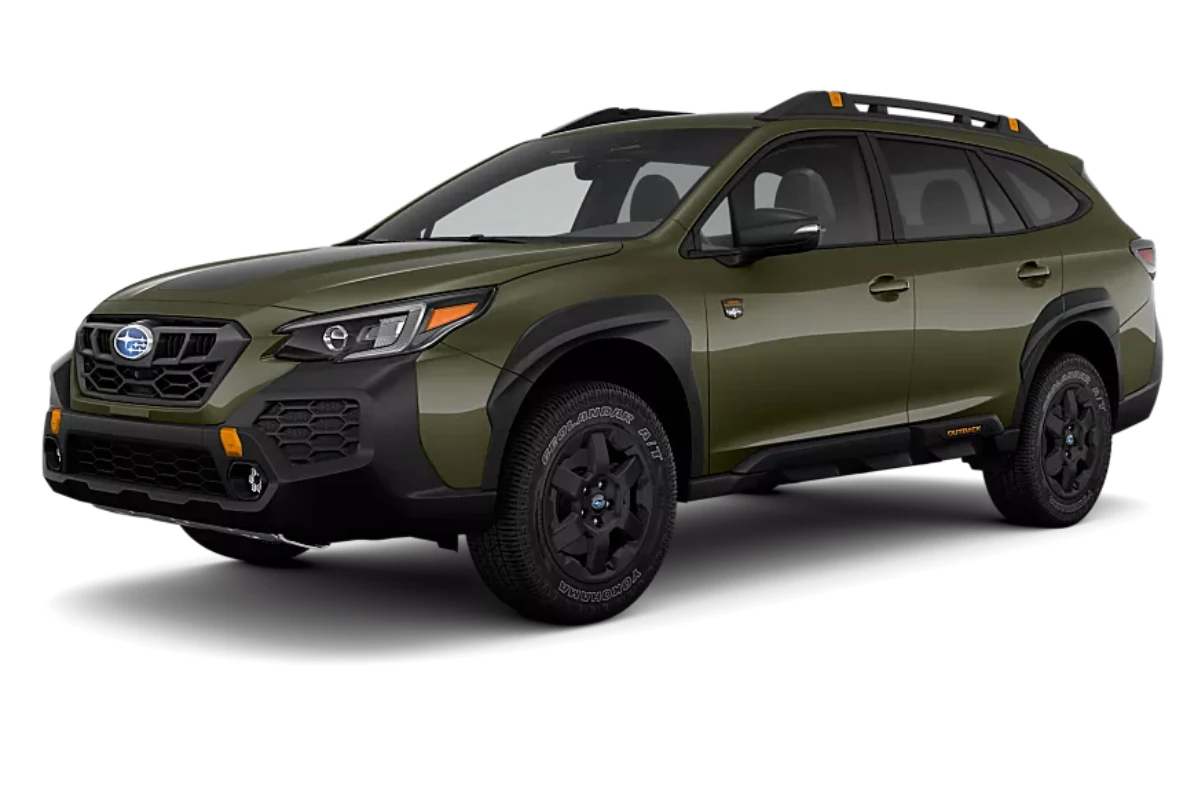
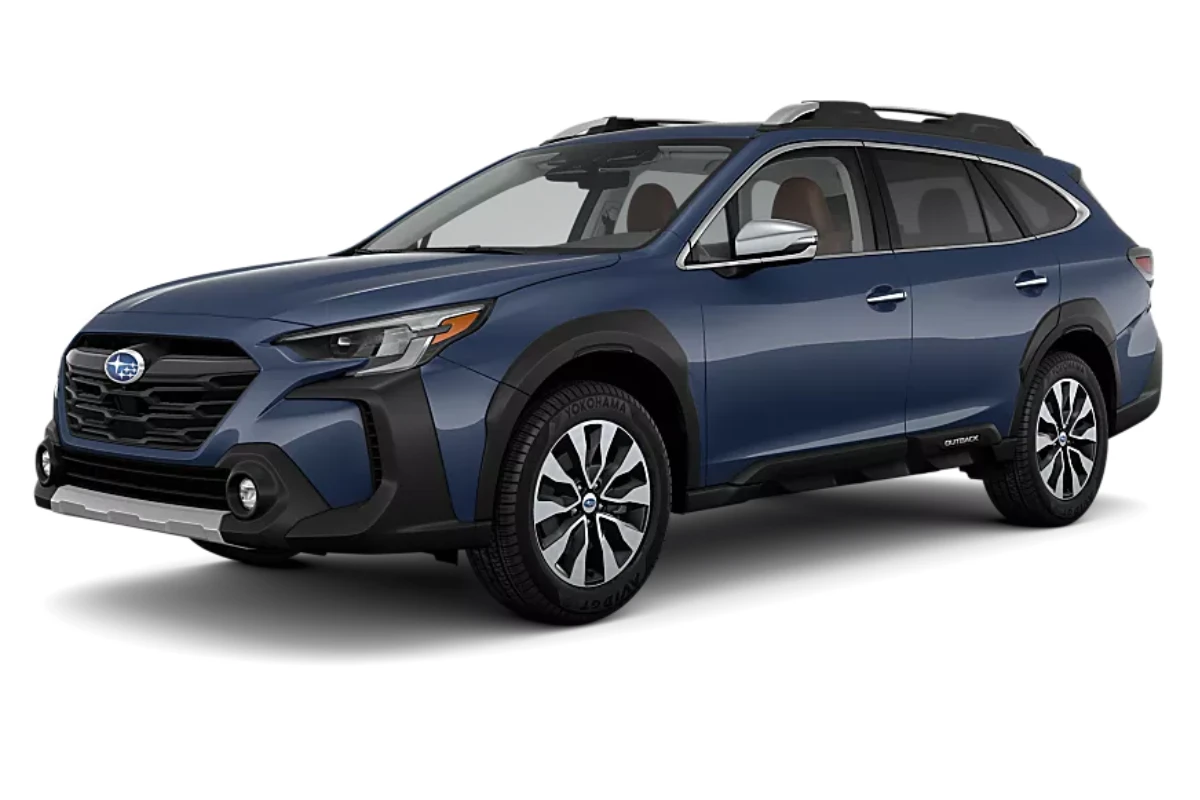

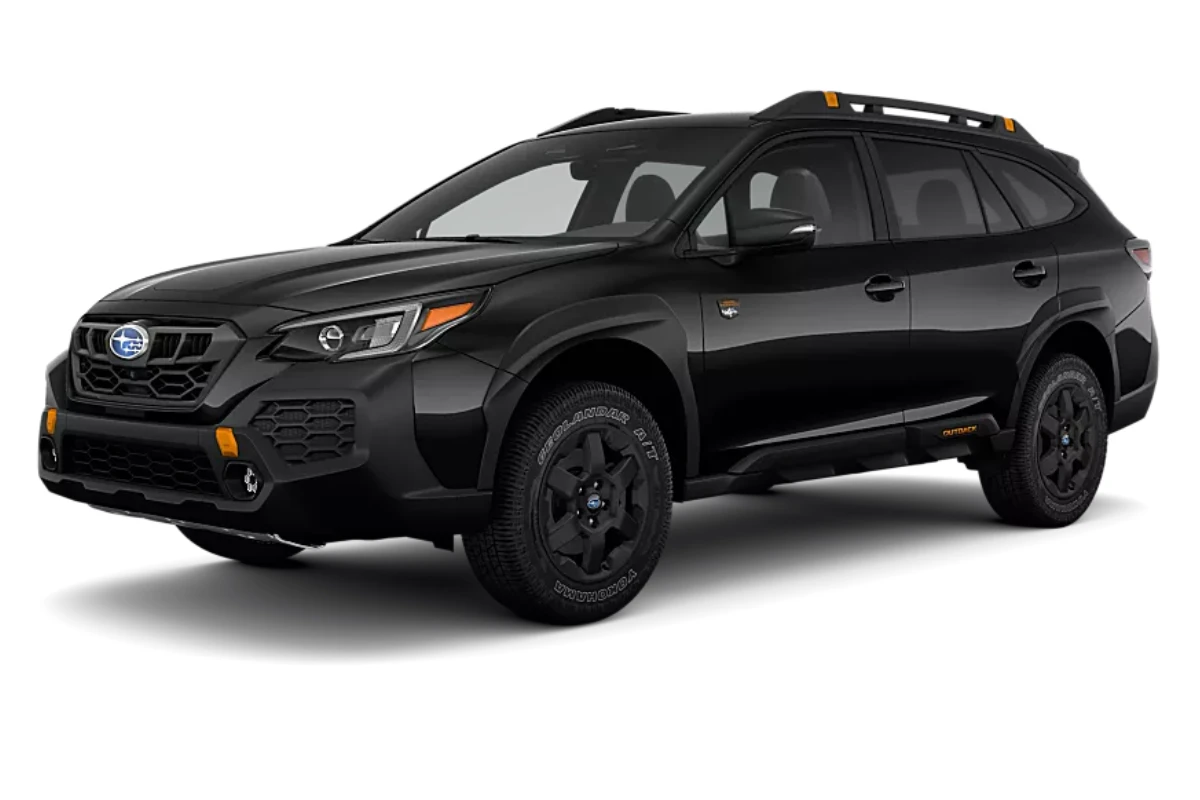
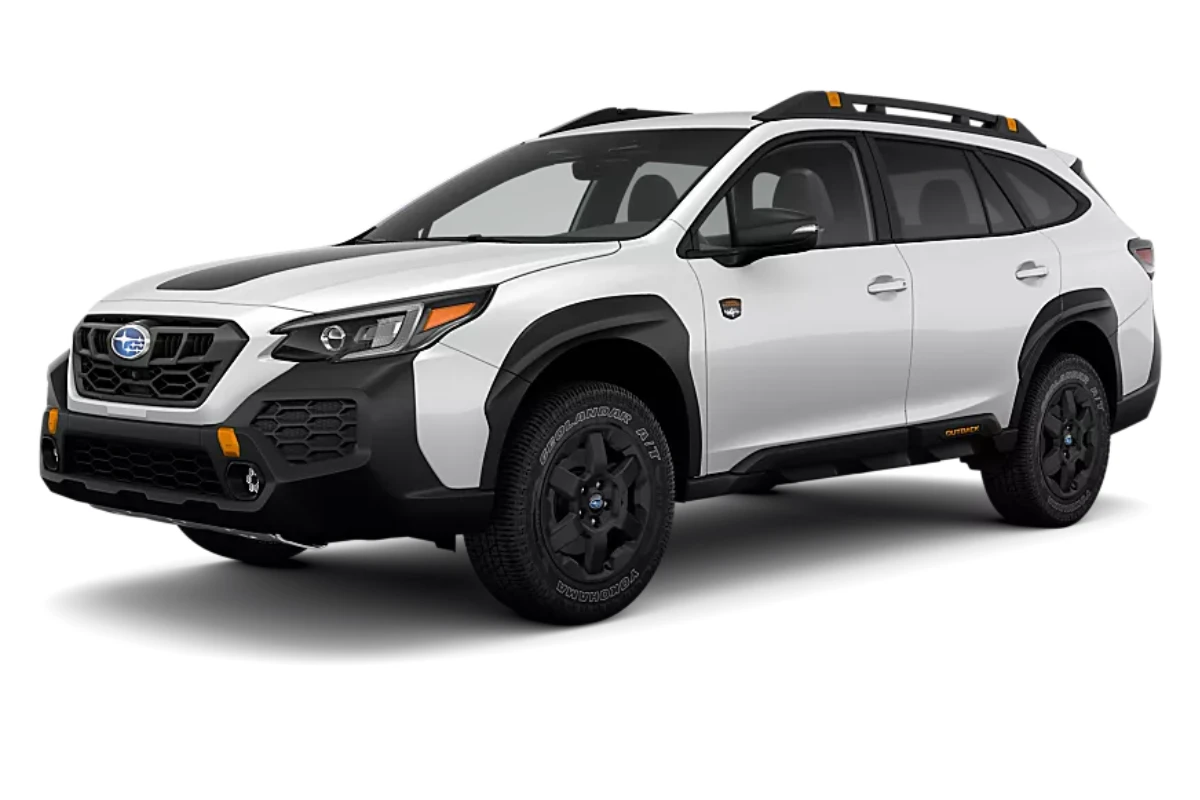
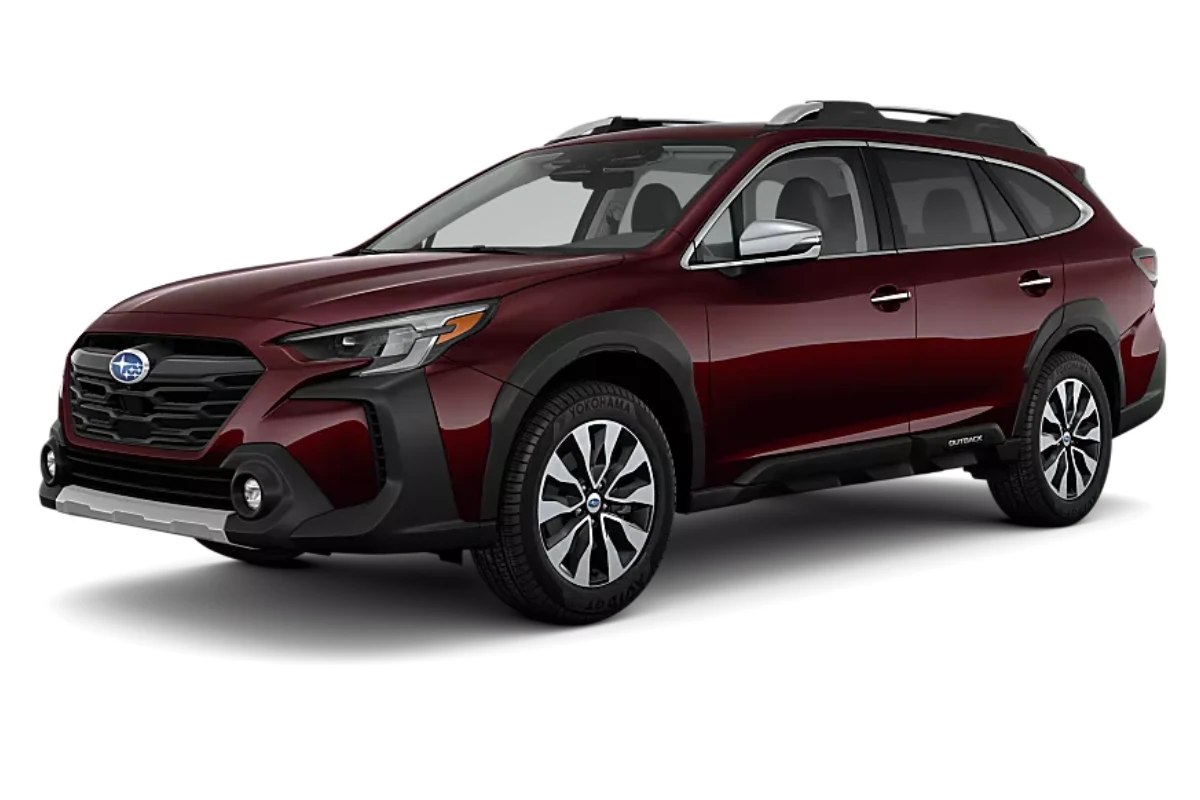



Exterior Dimensions
| Dimension | Outback AWD | Outback Premium AWD | Outback Onyx Edition AWD | Outback Limited AWD | Outback Wilderness AWD | Outback Onyx Edition XT AWD | Outback Limited XT AWD | Outback Touring AWD | Outback Touring XT AWD |
|---|---|---|---|---|---|---|---|---|---|
| Starting MSRP | $30,430 | $32,730 | $37,640 | $39,390 | $41,380 | $40,895 | $41,730 | $41,880 | $44,330 |
| Wheelbase | 108.1 in | 108.1 in | 108.1 in | 108.1 in | 108.1 in | 108.1 in | 108.1 in | 108.1 in | 108.1 in |
| Overall Length | 191.9 in | 191.9 in | 191.9 in | 191.9 in | 191.3 in | 191.9 in | 191.9 in | 191.9 in | 191.9 in |
| Overall Width (without mirrors) | 74.2 in | 74.2 in | 74.2 in | 74.2 in | 74.6 in | 74.2 in | 74.2 in | 74.2 in | 74.2 in |
| Overall Height | 66.4 in | 66.4 in | 66.4 in | 66.4 in | 66.9 in | 66.4 in | 66.4 in | 66.4 in | 66.4 in |
| Front Track Width | 61.8 in | 61.8 in | 61.8 in | 61.8 in | 62.0 in | 61.8 in | 61.8 in | 61.8 in | 61.8 in |
| Rear Track Width | 62.8 in | 62.8 in | 62.8 in | 62.8 in | 63.0 in | 62.8 in | 62.8 in | 62.8 in | 62.8 in |
| Ground Clearance | 8.7 in | 8.7 in | 8.7 in | 8.7 in | 9.5 in | 8.7 in | 8.7 in | 8.7 in | 8.7 in |
| Liftover Height | 28.4 in | 28.4 in | 28.4 in | 28.4 in | 29.2 in | 28.4 in | 28.4 in | 28.4 in | 28.4 in |
Interior Dimensions
| Dimension | Outback AWD | Outback Premium AWD | Outback Onyx Edition AWD | Outback Limited AWD | Outback Wilderness AWD | Outback Onyx Edition XT AWD | Outback Limited XT AWD | Outback Touring AWD | Outback Touring XT AWD |
|---|---|---|---|---|---|---|---|---|---|
| Passenger Capacity | 5 | 5 | 5 | 5 | 5 | 5 | 5 | 5 | 5 |
| Total Passenger Volume | 109.0 cu ft | 109.0 cu ft | 107.5 cu ft | 107.5 cu ft | 109.0 cu ft | 107.5 cu ft | 107.5 cu ft | 107.5 cu ft | 107.5 cu ft |
| Front Head Room | 40.1 in | 40.1 in | 39.1 in | 39.1 in | 40.1 in | 39.1 in | 39.1 in | 39.1 in | 39.1 in |
| Front Leg Room | 42.8 in | 42.8 in | 42.8 in | 42.8 in | 42.8 in | 42.8 in | 42.8 in | 42.8 in | 42.8 in |
| Front Shoulder Room | 58.1 in | 58.1 in | 58.1 in | 58.1 in | 58.1 in | 58.1 in | 58.1 in | 58.1 in | 58.1 in |
| Front Hip Room | 55.5 in | 55.5 in | 55.5 in | 55.5 in | 55.5 in | 55.5 in | 55.5 in | 55.5 in | 55.5 in |
| Second Row Head Room | 39.1 in | 39.1 in | 39.1 in | 39.1 in | 39.1 in | 39.1 in | 39.1 in | 39.1 in | 39.1 in |
| Second Row Leg Room | 39.5 in | 39.5 in | 39.5 in | 39.5 in | 39.5 in | 39.5 in | 39.5 in | 39.5 in | 39.5 in |
| Second Row Shoulder Room | 57.4 in | 57.4 in | 57.4 in | 57.4 in | 57.4 in | 57.4 in | 57.4 in | 57.4 in | 57.4 in |
| Second Row Hip Room | 54.8 in | 54.8 in | 54.8 in | 54.8 in | 54.8 in | 54.8 in | 54.8 in | 54.8 in | 54.8 in |
Cargo Dimensions
| Dimension | Outback AWD | Outback Premium AWD | Outback Onyx Edition AWD | Outback Limited AWD | Outback Wilderness AWD | Outback Onyx Edition XT AWD | Outback Limited XT AWD | Outback Touring AWD | Outback Touring XT AWD |
|---|---|---|---|---|---|---|---|---|---|
| Cargo Space Behind Second Row | 32.6 cu ft | 32.6 cu ft | 32.6 cu ft | 32.6 cu ft | 32.6 cu ft | 32.6 cu ft | 32.6 cu ft | 32.6 cu ft | 32.6 cu ft |
| Cargo Space Behind First Row | 75.6 cu ft | 75.6 cu ft | 75.6 cu ft | 75.6 cu ft | 75.6 cu ft | 75.6 cu ft | 75.6 cu ft | 75.6 cu ft | 75.6 cu ft |
| Cargo Space/Area Length Behind First Row | 75.0 in | 75.0 in | 75.0 in | 75.0 in | 75.0 in | 75.0 in | 75.0 in | 75.0 in | 75.0 in |
| Cargo Space/Area Length Behind Second Row | 42.0 in | 42.0 in | 42.0 in | 42.0 in | 42.0 in | 42.0 in | 42.0 in | 42.0 in | 42.0 in |
| Cargo Space/Area Width at Beltline | 45.2 in | 45.2 in | 45.2 in | 45.2 in | 45.2 in | 45.2 in | 45.2 in | 45.2 in | 45.2 in |
| Cargo Bed Width Between Wheelhousings | 43.3 in | 43.3 in | 43.3 in | 43.3 in | 43.3 in | 43.3 in | 43.3 in | 43.3 in | 43.3 in |
| Cargo Bed Height | 32.1 in | 32.1 in | 32.1 in | 32.1 in | 32.1 in | 32.1 in | 32.1 in | 32.1 in | 32.1 in |
Weight & Capacity
| Dimension | Outback AWD | Outback Premium AWD | Outback Onyx Edition AWD | Outback Limited AWD | Outback Wilderness AWD | Outback Onyx Edition XT AWD | Outback Limited XT AWD | Outback Touring AWD | Outback Touring XT AWD |
|---|---|---|---|---|---|---|---|---|---|
| Base Curb Weight | 3,641 lbs | 3,661 lbs | 3,723 lbs | 3,766 lbs | 3,902 lbs | 3,921 lbs | 3,931 lbs | 3,781 lbs | 3,946 lbs |
| Maximum Payload Capacity | 900 lbs | 900 lbs | 900 lbs | 900 lbs | 900 lbs | 900 lbs | 900 lbs | 900 lbs | 900 lbs |
| Maximum Towing Capacity | 2,700 lbs | 2,700 lbs | 2,700 lbs | 2,700 lbs | 3,500 lbs | 3,500 lbs | 3,500 lbs | 2,700 lbs | 3,500 lbs |
| Maximum Tongue Weight | 270 lbs | 270 lbs | 270 lbs | 270 lbs | 350 lbs | 350 lbs | 350 lbs | 270 lbs | 350 lbs |
| Fuel Tank Capacity | 18.5 gal | 18.5 gal | 18.5 gal | 18.5 gal | 18.5 gal | 18.5 gal | 18.5 gal | 18.5 gal | 18.5 gal |
Wheels & Tires
| Dimension | Outback AWD | Outback Premium AWD | Outback Onyx Edition AWD | Outback Limited AWD | Outback Wilderness AWD | Outback Onyx Edition XT AWD | Outback Limited XT AWD | Outback Touring AWD | Outback Touring XT AWD |
|---|---|---|---|---|---|---|---|---|---|
| Front Wheel Size | 17 x 7J in | 17 x 7J in | 18 x 7J in | 18 x 7J in | 17 x 7J in | 18 x 7J in | 18 x 7J in | 18 x 7J in | 18 x 7J in |
| Rear Wheel Size | 17 x 7J in | 17 x 7J in | 18 x 7J in | 18 x 7J in | 17 x 7J in | 18 x 7J in | 18 x 7J in | 18 x 7J in | 18 x 7J in |
| Front Tire Size | P225/65HR17 | P225/65HR17 | P225/60HR18 | P225/60HR18 | P225/65TR17 | P225/60HR18 | P225/60HR18 | P225/60HR18 | P225/60HR18 |
| Rear Tire Size | P225/65HR17 | P225/65HR17 | P225/60HR18 | P225/60HR18 | P225/65TR17 | P225/60HR18 | P225/60HR18 | P225/60HR18 | P225/60HR18 |
| Spare Wheel Size | Compact | Compact | Compact | Compact | Full-Size | Full-Size | Compact | Compact | Compact |
| Spare Wheel Material | Steel | Steel | Steel | Steel | Aluminum | Steel | Steel | Steel | Steel |
| Spare Tire Size | Compact | Compact | Compact | Compact | Full-Size | Full-Size | Compact | Compact | Compact |
Turning & Maneuverability
| Dimension | Outback AWD | Outback Premium AWD | Outback Onyx Edition AWD | Outback Limited AWD | Outback Wilderness AWD | Outback Onyx Edition XT AWD | Outback Limited XT AWD | Outback Touring AWD | Outback Touring XT AWD |
|---|---|---|---|---|---|---|---|---|---|
| Turning Diameter (curb to curb) | 36.1 ft | 36.1 ft | 36.1 ft | 36.1 ft | 36.1 ft | 36.1 ft | 36.1 ft | 36.1 ft | 36.1 ft |
2025 Subaru Outback Overview:
The 2025 Subaru Outback really stands out in today’s automotive world. It’s one of the last few vehicles that feels like a true wagon but still has those SUV-like capabilities. This latest version carries on Subaru’s thirty-year tradition of crafting cars that balance comfort on the road with the ability to handle rough terrain. Starting at around $30,290 for the base model and going up to $44,190 for the top Touring XT trim, the Outback seems to cater to just about anyone who needs a practical, versatile ride.
Now, if we’re talking competition, the Outback goes head-to-head with the Toyota Crown Signia. Sure, it boasts impressive fuel efficiency thanks to its hybrid setup (think 40+ mpg compared to the Outback’s 23-28 mpg), but it comes at a higher price and isn’t as great off the beaten path. Then there’s the Mazda CX-50, which is all about that fun driving experience and fancy interior, but it doesn’t quite stack up in terms of passenger and cargo room next to the Outback. And let’s not forget the Honda Passport, which gives you the classic SUV feel with a powerful V6 engine but at the cost of fuel economy and a pretty penny. Within Subaru’s offerings, the Forester does offer a more typical SUV shape at a lower price, but it’s missing that turbocharged engine and the cargo capacity that the Outback can deliver.
What really sets the Outback apart is its design. It has a lower roof height—about 7 inches lower than many similar SUVs—which makes it way easier to access roof-mounted gear like bikes and kayaks. Plus, this lower center of gravity helps with handling and stability on steep slopes compared to taller SUVs, all while still maintaining solid ground clearance—8.7 inches as standard and 9.5 inches for the Wilderness trim.
For the 2025 model year, there aren’t huge changes, but some nice updates are coming along—like a power sunroof, a heated steering wheel, and driver attention monitoring. Oh, and the infotainment screen is now an 11.6-inch one with navigation, standard on the Limited trim. And good news for those who want a bit more power: the XT package, which features the turbocharged engine, is now available on the Limited trim.
In 2025, Subaru has rolled out the Outback in nine different trims: Base ($30,290), Premium ($32,590), Onyx Edition ($37,500), Limited ($39,250), Onyx Edition XT ($40,755), Wilderness ($41,355), Limited XT ($41,590), Touring ($41,740), and Touring XT ($44,190). Each trim comes with more features, and the XT models pack that turbocharged engine. This range of options means buyers can find the perfect fit for their needs and budgets.
As the Outback nears the end of its current generation (with rumors and spy shots of the next one already floating around), the 2025 model stands as a well-rounded choice that shines in terms of practicality, comfort, and capability. Sure, it might not have all the flashy tech and hybrid engines of some newer rivals, but its tried-and-true formula still hits home for folks looking for a dependable, versatile vehicle for daily commutes and weekend getaways.
Engine Options and Performance Specs:
The 2025 Subaru Outback gives buyers some options when it comes to powertrains, letting folks pick between fuel efficiency and performance. So, what do you get with the base engine? Well, in the Base, Premium, Onyx Edition, Limited, and Touring trims, there’s a naturally aspirated 2.5-liter flat-four boxer engine. It puts out 182 horsepower and 176 lb-ft of torque. This engine offers decent acceleration for everyday driving—think of it as getting you from 0 to 60 mph in about 8.5 to 8.6 seconds. It’s not exactly a thrill ride, but it’s good enough for merging onto highways or overtaking slower cars. Just keep in mind that it might struggle a bit on steep hills or if you load it up.
If you’re after something a bit more exciting, there are the XT trims (Onyx Edition XT, Limited XT, and Touring XT) plus the Wilderness model, which comes with a turbocharged 2.4-liter flat-four boxer engine. This one cranks out 260 horsepower and 277 lb-ft of torque, and you’ll notice a big boost in acceleration with a 0-60 mph time of roughly 5.8 to 6.2 seconds. The turbo engine hits its peak torque at lower RPMs, making it much more responsive in real-world driving. From our experience, the turbocharged option enhances the driving experience—suddenly, the Outback feels a lot more lively, especially when you’re climbing hills or passing other vehicles.
Both engine choices come with Subaru’s Lineartronic Continuously Variable Transmission (CVT). Now, the CVT in the standard models does its job well enough, but the version in the turbocharged models is designed to manage all that extra power. Subaru has tried to make the CVT feel a bit more traditional by adding in some artificial “shift points” that mimic a regular automatic transmission. Still, we noticed that it can have that typical “rubber band” sensation during acceleration, where the engine RPMs shoot up quickly and then hold while the car picks up speed.
There’s a manual mode with paddle shifters, which lets drivers choose from eight simulated gear ratios. This feature does add a bit of engagement for the driver, but the shifts aren’t always as sharp or quick as you might hope. It can be handy, though, especially on winding mountain roads or when you want to use engine braking. We did notice something odd: sometimes, when you accelerate from a complete stop, the CVT gives a solid initial push but then seems to “upshift” a bit too soon. This can leave the engine feeling sluggish, requiring you to push the gas pedal a bit more to keep up your speed.
All Outback models feature Subaru’s well-known Symmetrical All-Wheel Drive system, which is great for traction no matter the weather. Unlike some rivals that mainly power the front wheels and only engage the rear wheels when things get slippery, Subaru’s setup continuously sends power to all four wheels. Plus, there’s X-Mode (standard on all trims, with a dual-mode option on the higher-end trims) that boosts off-road performance by fine-tuning the engine, transmission, AWD, and braking systems for better traction on tricky surfaces.
When it comes to fuel efficiency, that’ll depend on which engine you go with. The base 2.5-liter engine gets EPA estimates of 26 mpg city, 33 mpg highway, and 28 mpg combined—pretty solid for a vehicle with standard all-wheel drive. The turbocharged 2.4-liter engine, however, is a little thirstier, offering 23 mpg city, 30 mpg highway, and 25 mpg combined. If you’re looking at the Wilderness model, which sits higher off the ground and has all-terrain tires, you’ll see a further drop in fuel economy, clocking in at 22 mpg city, 26 mpg highway, and 23 mpg combined. In our real-world tests, both engines came pretty close to their EPA highway ratings during steady driving, but city driving didn’t quite hit the official estimates.
Closer Look at the Subaru Outback Brakes:
The 2025 Subaru Outback is packed with a solid braking system that inspires confidence, making it a reliable choice no matter the driving conditions. Every Outback model sports four-wheel disc brakes, complete with ventilated rotors at all corners, which helps to manage heat well—even during those times when you might be braking hard repeatedly. Plus, you get standard features like anti-lock brakes (ABS), Electronic Brake-force Distribution (EBD), and Brake Assist. All these components work together to ensure that you can stop smoothly and securely, even in a pinch.
When we put it to the test, the standard Outback—with its base engine and all-season tires—managed to come to a full stop from 60 mph in about 120 feet. Not bad at all for a vehicle weighing in around 3,700 to 4,000 pounds, depending on the trim. Now, if you’re looking at the Wilderness model, which is designed for off-roading with its all-terrain tires, expect a longer stopping distance—around 131 feet from 60 mph. It makes sense, really, since those tires are all about off-road traction, which means a bit of trade-off for on-road performance.
As for the brake pedal feel, it’s generally good across the board. You get a nice, progressive response. When you first press down, there’s a reassuring bite, and if you push a bit harder, you get even more braking force without it feeling too grabby or overly touchy. This kind of linear response makes it easy to drive smoothly in everyday traffic. There’s one little thing we noticed: the brake pedal might feel a tad soft during the first inch or so of its travel. But honestly? It doesn’t impact how well it stops, and most folks will adapt to that pretty quickly.
For those looking for a bit more convenience and safety, every 2025 Outback now includes an Auto Vehicle Hold feature. This handy addition keeps the brake pressure on when you’re stopped—even if you lift your foot off the pedal. Super useful for those annoying stop-and-go traffic situations or when you’re waiting at long lights. Just a heads up, though: We did notice a quirk with this feature when it’s paired with the auto start-stop system. If the engine turns off and then restarts while Auto Vehicle Hold is on, tapping the brake pedal to steady the car can actually disengage the hold, which might cause it to roll forward a bit unexpectedly.
The Outback also comes with an electronic parking brake that has an auto-hold function, which kicks in automatically when you put the vehicle in Park. If you go for a higher trim level, you’ll get Reverse Automatic Braking as well. This feature can detect obstacles behind you and will automatically apply the brakes to help you avoid or lessen any collisions. We found this system worked well during our tests, catching obstacles and stepping in when needed. That said, like most of these kinds of features, it’s really just an extra layer of safety—you still need to stay alert while driving.
All in all, the braking system in the Outback truly delivers on confidence and control, with the standard all-season tires striking a nice balance between everyday usability and all-weather performance. If you’re leaning toward the Wilderness trim for its adventurous spirit, just keep in mind that those all-terrain tires might mean a slight dip in braking efficiency.
Steering and Suspension Performance on Various Terrains:

The 2025 Subaru Outback really shines with its thoughtfully designed suspension system, prioritizing comfort while still keeping handling in check. It’s got a fully independent setup, featuring MacPherson struts in the front and a double-wishbone system in the rear. This clever configuration does a great job of keeping those pesky road imperfections away from the cabin. We took the Outback through a bunch of different road surfaces during our tests, and honestly, it handled bumps, potholes, and rough patches like a champ, hardly disturbing the folks inside. Especially on gravel roads and light trails, it feels super composed—much more so than a lot of its rivals.
Now, let’s talk about the steering. It uses electric power assistance, which makes it a breeze to maneuver, especially in tight parking spots or busy city streets. The steering ratio is pretty quick, so you don’t need to turn the wheel much to change direction. However, there’s a bit of vagueness right at the center, which can leave you feeling a little disconnected. It’s not as precise as something sportier, like the Mazda CX-50, but honestly, it strikes a decent balance between being easy to handle and stable enough for what the Outback’s meant to do. Plus, the steering wheel feels nice in your hands—thick and wrapped in quality leather, except for the base model, of course.
You’ll notice some body roll when cornering, but it’s controlled. This is all part of the Outback’s comfort-first approach rather than aiming for sporty handling. Thanks to its lower center of gravity—thanks to its wagon-like shape and that boxer engine—it stays stable when turning or during emergency maneuvers. That lower center of gravity is a big deal compared to taller SUVs, especially when you’re on uneven terrain or steep slopes where you’d worry about rollovers in something that’s top-heavy. Even with the softer suspension, the Outback stays predictable and composed when you push it, with a bit of understeer at the limit that keeps everything safe and manageable.
Ground clearance is another big deal for the Outback’s capabilities. Standard models boast about 8.7 inches, which is impressive, matching or even beating many dedicated SUVs. If you opt for the Wilderness trim, you get an even cooler 9.5 inches—just like the new Toyota Land Cruiser—boosting off-road capability without sacrificing stability on the road. This good ground clearance, along with the Outback’s approach and departure angles, means it can handle rutted dirt roads, moderately tough trails, and deep snow with confidence. When we took it off-road, we found the suspension has enough give to keep the wheels firmly planted even on uneven ground while still ensuring a comfy ride.
Subaru also threw in X-Mode, their off-road traction management system, which fine-tunes the engine, transmission, and AWD for tougher conditions. When you switch it on, X-Mode adjusts the throttle response, how the transmission behaves, and the AWD torque split, plus it activates hill descent control. On the Wilderness and some higher trims, there’s an advanced dual-mode X-Mode that adds specific settings for Snow/Dirt and Deep Snow/Mud. We put this system to the test on loose gravel, muddy trails, and steep hills, and it really shone—maximizing traction and making the Outback surprisingly capable in situations that would trip up a lot of crossovers. It smartly manages wheel slip, directing torque to wheels with grip while braking those that spin to keep moving forward.
All in all, the Outback’s suspension and steering create a driving experience focused on comfort, excelling in everyday situations while still being ready for adventures off the pavement. The Wilderness trim, with its higher ground clearance and sportier suspension setup, really amps up its off-road potential for those looking to hit the trails hard. Sure, some drivers might crave sharper handling and more feedback from the steering, but most folks will likely appreciate the Outback’s well-rounded approach, which emphasizes comfort, stability, and confidence in all types of weather.
Tires and Traction:
The 2025 Subaru Outback has some interesting tire choices, depending on which trim you go for. Each set is kind of designed to fit the specific vibe or use case of that variant. For instance, the base and Premium trims roll on 17-inch aluminum alloy wheels, paired with 225/65R17 all-season tires. These tires are a nice mix of comfort and quietness, plus they handle all kinds of weather pretty well throughout the year.
If you step up to the fancier trims like the Limited, Onyx Edition, or Touring, you get 18-inch wheels with slightly lower-profile 225/60R18 all-season tires. These offer a bit better handling without giving up much in terms of ride comfort. In our testing, we noticed that these all-season tires perform well in a variety of weather—yes, even light snow—so they fit the needs of most Outback drivers.
Speaking of the Onyx Edition, it really catches the eye with its dark-finished 18-inch aluminum wheels. They’re not just for looks, though; they really ramp up the aggressive aesthetic of the vehicle, matching nicely with the blacked-out trim. Honestly, it makes the Outback look ready for adventure while still being practical.
Now, if off-roading is your jam, the Wilderness trim is where it’s at. It comes with 225/65R17 Yokohama Geolandar all-terrain tires on 17-inch matte black alloy wheels. These tires have a more aggressive tread pattern, which helps out on loose surfaces like gravel, mud, or snow. During our off-roading tests, we found they performed significantly better than the standard all-season tires—gripping well on tricky inclines and loose ground. But hey, there’s a catch: that off-road prowess does lead to some trade-offs on the road, like a bit more noise, slightly lower fuel efficiency, and longer stopping distances—around 131 feet from 60 mph compared to 120 feet with the all-season tires.
All Outback models come with a tire pressure monitoring system, which is super handy for alerting drivers about low tire pressure. Most trims also include a standard spare tire tucked away under the cargo floor. This is a feature that’s becoming harder to find in today’s vehicles but can be a lifesaver, especially when you’re out in remote areas. The Wilderness trim even takes it a step further with a full-size spare that matches the all-terrain tires, ensuring you’re still good to go even if you blow a tire. This is especially crucial for off-roading, where a compact spare just won’t cut it on rough terrain.
As for tire noise, it’s well-managed across the board. However, the Wilderness, with its all-terrain tires, does tend to be a bit louder at highway speeds compared to those with all-season tires. That noise is just part of the package when you’re getting the extra grip and durability from the all-terrain tires. After a lot of road testing, we found that the standard all-season tires hit the sweet spot for quietness, comfort, and performance throughout the year, which should keep most buyers happy. But, if you find yourself often on unpaved roads or facing tough winter weather, you might think those minor sacrifices with the Wilderness trim’s all-terrain tires are worth it.
In the end, Subaru has done a solid job picking out tire specs for each Outback trim, offering a range from comfy all-season tires to more rugged all-terrain options for the adventurous Wilderness model. This gives buyers the flexibility to choose what works best for their driving style and needs without having to jump to aftermarket tires right away.
Inside the Subaru Outback:
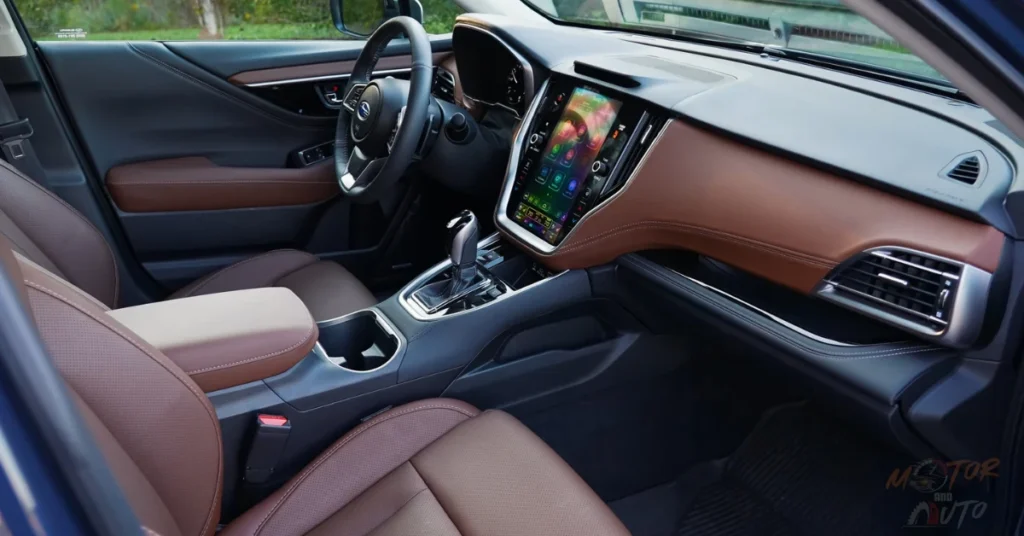

The 2025 Subaru Outback nails it when it comes to interior design. It strikes a nice balance between being functional and comfy, so when you step inside, it feels practical yet welcoming. Right off the bat, you’ll notice the layout – an upright dashboard that features a big 11.6-inch vertical touchscreen, except on the base model, which gets two smaller 7-inch displays. The touchscreen’s flanked by actual buttons and knobs for things you use often, like volume and temperature. This is a thoughtful touch because it makes daily use way easier compared to those systems that rely solely on touch, which can be a bit annoying.
All Outback models support Apple CarPlay and Android Auto smartphone integration, with wireless connectivity for these features on all but the base trim. This wireless functionality worked reliably during our evaluation, maintaining stable connections and quick response times. The system also includes Bluetooth connectivity, SiriusXM satellite radio (with a trial subscription), and HD Radio. Sound system quality varies by trim, with the base model featuring a four-speaker setup, the Premium and mid-level trims including a six-speaker system, and the Onyx Edition, Limited, and Touring trims boasting a premium 12-speaker Harman Kardon system with 576 watts of power. During our audio testing, we found the Harman Kardon system delivers impressively clear sound with good bass response and minimal distortion at higher volumes.
Most trims come with a two-tone color scheme that mixes materials and has some subtle stitching. It’s visually appealing without being too busy or cluttered. Now, the quality of materials? That varies a bit depending on the trim, but overall, it’s impressive. The base model has decent cloth upholstery, but move up to the Premium trim, and you get a better quality cloth with more options for adjustments. The Limited and Touring trims step it up further with leather upholstery, and the top-of-the-line Touring trim has this really nice Nappa leather, complete with unique stitching patterns.
If you’re into outdoor adventures, the Onyx Edition and Wilderness trims might catch your eye. They have this StarTex water-resistant upholstery that’s super durable and easy to clean—perfect for those who might bring mud or snow inside. Plus, the Wilderness has some copper-colored stitching and embossed logos that emphasize its rugged vibe.
You’ll find soft-touch materials covering most of the surfaces you touch, like the dashboard and door panels, so it feels nice. There are even padded spots on the center console that make resting your knees during long drives a bit more comfortable—it’s those little things that count, right? The higher trims even get more soft-touch areas and genuine stitching, which boosts that premium feel. Even in the lower trims, Subaru has done a solid job of using higher-quality materials where you can see and touch them, saving the harder plastics for spots that aren’t as noticeable.
The instrument panel has a traditional vibe with analog gauges on either side of a 4.2-inch color display. Sure, it might not be as high-tech as the fully digital ones you see with some competitors, but hey the physical gauges are easy to read at a glance. The steering wheel feels substantial, with leather wrapping on all but the base model and the controls are well-placed for audio, cruise control, and driver assistance features. If you go for the Limited trim or higher, you get a heated steering wheel that warms up all the way around, which is a nice perk in colder weather.
There’s plenty of storage throughout the cabin, too. The center console has this dual-level design, with a shallow tray for your phone or wallet on top of a deeper bin. If you opt for the Premium trim or higher, you’ll even find a CD player in there—kind of a rare find these days for those who still have CD collections. The door pockets are generous, complete with bottle holders, and there’s even a handy shelf on the passenger side of the dashboard for smaller items. And let’s not forget about the back seats; they’ve got three storage pockets on the seatbacks, which is great for keeping things organized.
At night, the cabin’s ambiance is nicely enhanced by soft interior lighting that highlights important areas without being too bright or distracting. The Touring trim kicks it up a notch with added lighting elements, giving it a more upscale feel after dark. Plus, there’s an available panoramic moonroof (standard on higher trims) that lets in a ton of natural light during the day, making the space feel bright and airy.
In a nutshell, while the Outback’s interior design might not snag any awards for being the trendiest, it certainly excels in thoughtful ergonomics, quality materials, and a practical layout. It creates a comfy and functional environment, perfect for both your daily commute and weekend getaways.
Exterior Design Impressions:




The 2025 Subaru Outback keeps that signature silhouette it’s known for, one that’s shaped its identity over many years. At first glance, you can see how it cleverly mixes the practicality of a wagon with the ruggedness of an SUV—a combo that’s pretty hard to find these days in cars. It stands tall at 66.1 inches, or 66.9 if you opt for the Wilderness model, and stretches between 191.1 to 191.9 inches, depending on the trim. So, yeah, it’s a solid size without being too bulky. The front of the Outback showcases sharp LED headlights, standard across all models, which flank Subaru’s unique hexagonal grille. And get this—the headlights can actually adjust their beam when you turn, which really helps when you’re navigating twisty roads at night.
One standout feature is the bold body cladding that runs along the wheel arches, lower doors, and bumpers. This rugged black plastic isn’t just for show; it protects the paint from chips and scratches while giving the Outback its adventurous vibe. The cladding, especially around the wheel arches, lends a tough, ready-for-anything look that’s become a hallmark of the Outback. Sure, some folks might think it looks a bit overdone, but it’s part of what makes the Outback what it is, especially for those who like to hit the trails.
Then there are the roof rails, which are another cool aspect of the Outback. They come with integrated crossbars that swing out when you need them and tuck away nicely when you don’t. This neat design cuts down on wind noise while driving and makes it super easy to carry bikes, kayaks, or even roof tents. Plus, the rails sit on a lower roof compared to typical SUVs, which is a huge win for anyone who’s ever struggled to load stuff on top—especially those who might not be as tall or who take outdoor gear along often. For the Wilderness trim, these rails are even reinforced to handle static loads of up to 700 pounds, making them perfect for roof tents.
When you look at the different trims, each one has its own little style touches. Take the Onyx Edition, for instance; it’s got blacked-out trim pieces, a dark metallic grille, and sleek 18-inch wheels with a machined finish. The Wilderness model takes things up a notch with a distinctive front end featuring hexagonal fog light surrounds, copper-colored recovery points, a matte black hood decal to cut glare, and some exclusive color options. Meanwhile, higher trims like the Touring add in chrome door handles and mirrors for a more upscale look, while the entry-level models keep it simple and practical with body-colored handles.
Ground clearance is another big deal with the Outback. The standard models offer a solid 8.7 inches of clearance—more than quite a few dedicated SUVs—so it sits confidently without looking too high off the ground. The Wilderness model kicks it up a notch with 9.5 inches of clearance, better approach and departure angles, plus skid plates for extra protection. This added height, along with Yokohama Geolandar all-terrain tires and a unique wheel design, gives the Wilderness a seriously rugged look, matching its more capable nature.
Moving to the back, the Outback sports those distinctive vertical taillights and a hatch that’s pretty upright, maximizing cargo space while still giving you a good view out the back. There’s a roof-mounted spoiler that adds a sporty flair and helps keep the rear window clear by directing airflow. Plus, the power liftgate, which is standard on higher trims and available on the Premium, offers hands-free operation—super handy when you’re juggling groceries or gear. All in all, the Outback’s exterior design nails that dual-purpose vibe. It’s both a comfy daily driver and a solid adventure vehicle, with each trim offering unique visual cues that hint at its intended use.
Comfort and Convenience Features

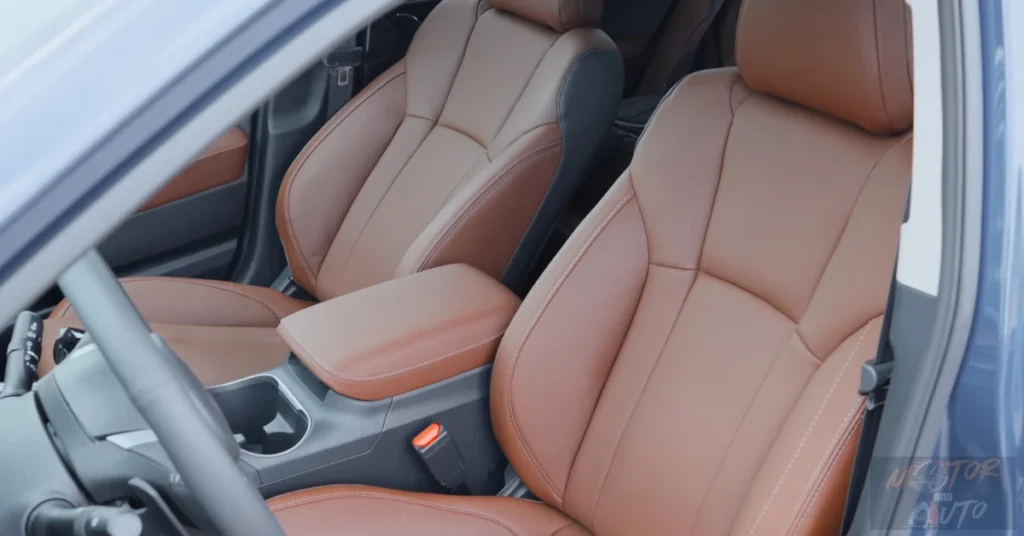

The 2025 Subaru Outback really shines when it comes to delivering a comfy and convenient driving experience, starting with its well-thought-out seating. The front seats are super supportive and cushy, no matter which trim you choose, and almost all models (except the base one) come with this nifty 10-way power adjustment for the driver. Honestly, we felt like the seat bolstering hits a sweet spot—it’s supportive enough for those long drives but not so tight that it feels restricting. If you go for the Premium trim or higher, you get heated front seats, and the Touring and Touring XT models take it a step further with both heating and ventilation. One standout feature on the Limited and Touring trims is the extending thigh support for the driver—this is a game-changer, especially for taller folks on those longer trips. The front passenger seat isn’t left out either, getting power adjustment on all but the base trim, although it has fewer directional options than the driver’s seat.
Now, let’s talk about the rear seats, which are just as impressive. You’ve got nearly 40 inches of legroom back there, which is more than enough for adult passengers to stretch out comfortably. The rear bench even has a reclining option, letting passengers find their sweet spot—something you don’t see too often in other cars. If you choose the Premium trim or above, you get rear air vents to keep everyone cozy, and the Limited and higher trims even throw in heated outboard rear seats. The center seat? Yeah, it’s usable for adults on short trips, but, like most cars in this category, it’s probably better suited for kids or occasional use. The rear doors swing open wide enough for easy in-and-out access, though maybe not quite as generously as the front ones.
When it comes to climate control, Subaru has thought of everything. The base model has single-zone automatic climate control, while the other trims offer dual-zone systems so the driver and passenger can set their own temperatures. The climate controls are a mix of physical buttons, which is nice, and touch controls for things like fan speed and vent selection. We tested it in different weather and were impressed—this system heats and cools the cabin like a champ. Oh, and a cool feature to note? The windshield wiper de-icer, part of the all-weather package (standard on Premium and above), helps keep those wipers from freezing to the glass in cold weather—a real lifesaver if you’re in a colder part of the country.
Storage? You bet there’s plenty of that, too. The center console has a dual-level setup with a shallow tray for smaller items on top of a deeper bin for bigger stuff. Door pockets can easily fit water bottles while still leaving room for other bits and bobs. There’s even a handy shelf on the passenger side dashboard for storing little things, and USB ports in both the front and rear (including both USB-A and the newer USB-C) make it easy for everyone to charge their devices. If you go for the higher trims, there’s even a wireless charging pad, although we found it didn’t always keep a solid charge connection with some phone models.
As for convenience features, they ramp up as you go up the trim levels. The Premium trim gives you keyless entry and push-button start, while the higher trims come with memory settings for the driver’s seat. You’ve also got the power rear liftgate, which is optional on Premium but standard on the higher trims—this one even has a hands-free function that lets you open it by just waving your foot under the rear bumper. We tested this out, and it worked like a charm, even when our arms were loaded with packages. The Touring trim adds a digital rearview mirror that gives you a clear view from a camera mounted at the back, which is super handy, especially when hauling a lot of stuff.
About noise suppression—this is where the Outback really impresses. The cabin stays nice and quiet, even at highway speeds. Wind noise is kept in check despite the roof rails, and road noise is minimal on most surfaces, although the Wilderness model with all-terrain tires does make a bit more noise, but that’s to be expected. All in all, the Outback offers a wonderfully comfortable environment for both daily commutes and those longer journeys, packed with thoughtful features that make the ownership experience enjoyable, no matter what trim you choose.
The Outback is packed with all sorts of connectivity options throughout the cabin, which is pretty neat. Up front, passengers can plug in with both USB-A and USB-C ports, plus there’s an auxiliary input jack. If you’re lucky enough to be in one of the higher trims, you even get a wireless charging pad! And don’t think rear passengers are left out—they also get their own USB-A and USB-C ports to keep their devices charged.
Now, here’s something interesting: most trims still come with a CD player tucked away in the center console. It’s kind of rare these days, but for those who like to rock out to physical media, it’s a nice touch. And hey, there’s also an auxiliary audio input jack, which feels a bit old-school but could be handy for anyone using older devices.
When you look at the advanced driver assistance features, there’s more than just the standard EyeSight system on the higher trims. The driver monitoring system is pretty cool too—it uses an infrared camera and some facial recognition tech to spot signs of fatigue or distraction, sending alerts if needed. It can even recognize up to five different drivers! So, it’ll automatically adjust the seat, climate, and mirrors based on who’s driving. The Touring trim takes it up a notch with a 180-degree front view camera—super helpful when you’re trying to squeeze into tight parking spots or dodging obstacles while off-roading. This camera kicks in automatically at low speeds, but you can also turn it on manually with a button near the display.
Then there’s the X-Mode system in the Outback, which is a big deal and really sets it apart from other crossovers. It’s standard across all trims and tweaks the engine output, transmission, all-wheel drive, and braking to give you the best traction on slippery stuff. When you switch it on, it handles snow, dirt, and mud like a champ. If you opt for the Wilderness trim or some higher XT models, you get an upgraded dual-mode X-Mode with special settings for Snow/Dirt and Deep Snow/Mud. During our off-road adventures, X-Mode managed wheel slip really well, applying brakes to spinning wheels and sending power to the ones that had grip. Plus, there’s Hill Descent Control, which keeps a steady speed going downhill without you having to touch the brakes.
For those in the Limited trim or higher in 2025, navigation comes standard, complete with clear maps and easy-to-use operation. It pulls in real-time traffic info through SiriusXM Travel Link (just a heads-up, you’ll need a subscription after the trial). The voice command feature? We found it pretty decent at picking up how people naturally speak. Sure, a lot of folks might just stick with smartphone navigation via Apple CarPlay or Android Auto, but the built-in system is a lifesaver when you’re in areas with sketchy cell coverage—definitely a big plus if you like to explore remote spots.
Oh, and on the Touring trim, there’s this handy digital Smart Rearview Mirror. You can flip between a regular mirror and a camera display just like that! It uses a camera mounted high at the back of the vehicle, giving you a clear view behind the car, no matter if you’ve got passengers, cargo, or bad visibility. When we tried it out in heavy rain and at night, it was way clearer than the standard mirror, with solid resolution and hardly any distortion. Plus, you can tweak the brightness and angle to suit different drivers and lighting situations.
Lastly, the Outback comes equipped with Subaru’s STARLINK connected services, which offer a bunch of safety, security, and convenience features through an app on your phone. You can start the engine remotely, adjust the climate (so you can warm up or cool down the cabin before you hop in), lock and unlock doors, find your vehicle, and get automatic collision notifications. If you go for higher service tiers, you can also access features like stolen vehicle recovery, geofencing alerts, and remote vehicle immobilization. While the app is generally easy to use, we noticed that response times could be a bit hit or miss, especially in areas with weak cellular signals—sometimes it took 30 seconds or more for commands to get through to the vehicle.
Safety and Security:
No matter which trims you choose, every Outback comes with Subaru’s EyeSight Driver Assist Technology package. This clever system is equipped with dual cameras that sit just near the rearview mirror, and it provides adaptive cruise control, pre-collision braking, lane departure warning, and lane-keep assist. We put the adaptive cruise control through its paces during our testing, and honestly, it worked smoothly, maintaining safe distances without any jarring accelerations or sudden stops. Plus, the pre-collision braking system did a good job of spotting potential hazards and even stepped in with automatic braking when it needed to.
That said, the lane-keeping assistance system, while well-meaning, had some quirks that were a bit frustrating. On perfectly straight highways, it sometimes seemed to “hunt” for lane markings, which led to these little steering corrections that felt like the car was drifting a bit side to side. And here’s the kicker: it requires drivers to provide occasional steering inputs to show they’re paying attention. Instead of just resting your hands on the wheel, you actually have to turn it slightly because it uses a torque sensor. These little issues don’t really compromise safety, but they might annoy some drivers enough that they choose to switch off that lane-keeping feature while still using the other EyeSight functions.
Looking beyond the EyeSight system, every 2025 Outback is loaded with passive safety features, like advanced front airbags, side curtain airbags, seat-mounted side airbags, and even a driver’s knee airbag. The car’s structure is built with Subaru’s Ring-Shaped Reinforcement Frame design, which helps manage impact energy, directing it around the passenger compartment instead of through it. Thanks to these passive features, along with the active safety systems, the Outback has scored a 5-star overall safety rating from the National Highway Traffic Safety Administration (NHTSA) and snagged a Top Safety Pick award from the Insurance Institute for Highway Safety (IIHS).
If you decide to move up the trim levels, you’ll find even more safety technologies. Starting at the Premium trim, you can get blind-spot detection, rear cross-traffic alert, and reverse automatic braking (which is standard on the Limited and higher trims). The blind-spot system gives clear visual alerts in the side mirrors when something enters your blind zone, while the rear cross-traffic alert is super handy for warning you about vehicles when you’re backing out of tight parking spaces—definitely a feature we appreciate in busy lots. Oh, and the driver attention monitoring system is now standard on Limited trims and higher for 2025. It uses infrared sensors to keep an eye on the driver’s eye movements and head position, sending alerts if it thinks you might be distracted or drowsy. During our night drives, we found that it worked well even with sunglasses on, although it did throw some false alarms when we were just scanning the road.
As you go up in trims, safety features just keep getting better. There’s an automatic high beam assist, steering responsive headlights that pivot with your turns, and a front-view camera that’s particularly handy for those off-road trims. The Touring trim even introduces a smart rearview mirror that can toggle between a standard mirror and a camera display. This gives you a clear rear view, even if the cargo area is packed to the brim—super useful for those times when you’re hauling taller items that would block your view.
When it comes to security, you get a standard engine immobilizer, a security system with a shock sensor, and a safety pedal system designed to protect your feet in frontal collisions by letting the brake pedal collapse away from you. Plus, the higher trims offer a PIN-code vehicle access option as a backup to the keyless entry system, which is great if you ever misplace your key fob—especially useful for folks who love outdoor activities and might worry about losing their keys while swimming or hiking.
On the Road with the Subaru Outback:
Driving the 2025 Subaru Outback is all about finding that sweet spot between comfort, capability, and confidence. It really shines in a bunch of different driving situations. From the get-go, you’ll notice how car-like it feels, thanks to its light and precise steering. This makes it surprisingly easy to maneuver through busy city streets, even with its larger size. Plus, the elevated seat position gives you fantastic visibility all around, and the slim A-pillars help cut down on those pesky blind spots at intersections. You get a sense of connection to the road ahead, thanks to the big side windows and an expansive rear window that make the whole driving experience feel open.
About ride quality—this is where the Outback truly impresses. Its suspension is tuned just right to soak up bumps and imperfections in the road while still keeping things under control. We took it on a variety of surfaces—smooth highways, bumpy city streets, and rough dirt roads—and it delivered a ride that was consistently comfortable. Passengers hardly felt the harsh jolts, and it never felt floaty or disconnected. On unpaved roads, the Outback glides over rough patches and small obstacles like a champ—something that would rattle a lot of its competitors. This soft suspension, combined with its low center of gravity, gives you a vehicle that feels really stable and secure, no matter the road conditions.
When it comes to acceleration, things can change quite a bit depending on which engine you choose. The base 2.5-liter naturally aspirated engine provides decent performance, but it’s not exactly thrilling. You get a nice kick off the line, thanks to some smart CVT tuning that makes the most of the torque. However, if you’re planning to pass on the highway, you’ll need to be a bit strategic and press the gas down. You do hear the engine more during these moments, but it’s not too bothersome. On the other hand, the turbocharged 2.4-liter engine in the XT models really amps up the experience. Merging and passing become almost effortless, with a nice surge of mid-range torque that practically pushes you back in your seat. We clocked a 0-60 mph time of around 6.0 seconds during our tests—pretty remarkable for a vehicle of this size.
The CVT transmission usually operates quietly in the background, but it does have some typical CVT quirks. When you accelerate moderately, it delivers power smoothly, enhancing the Outback’s refined feel. However, during harder acceleration, it tries to mimic gear shifts to keep the engine from droning at high RPMs. The downside? Those simulated shifts don’t feel as snappy as a traditional automatic. We did notice something interesting: when starting from a stop, the transmission often gives a good initial response but then seems to “upshift” too soon, putting the engine in a less responsive spot and requiring extra throttle to keep going. The paddle shifters can help here, letting you manually control through eight simulated gears, which is handy for engine braking on long declines or for getting ready to pass.
Taking the Outback off-road? You’re in for a treat. With a standard ground clearance of 8.7 inches (and 9.5 inches in the Wilderness), it can handle obstacles that would trip up a lot of crossovers. The symmetrical all-wheel drive system gives it great traction on loose surfaces. Engage the X-Mode, and it shows its mettle on steep, slippery slopes. During our tests on some moderately challenging trails, the Outback kept moving forward where others would struggle. But, just a heads up—the approach and departure angles can limit it on more technical terrain. If you opt for the Wilderness trim, you get added ground clearance, better angles, all-terrain tires, and protective skid plates, which amp up its capabilities even more.
On the highway, the Outback shows off its refined side. It stays stable in a straight line, needing only small steering adjustments. Wind and road noise are kept to a minimum, making the cabin a nice place for conversation or jamming to your favorite tunes without cranking up the volume. The adaptive cruise control does a decent job of maintaining distance, although it can brake a bit too hard sometimes when the traffic ahead slows down gradually. One feature we really liked for highway driving is the steering-responsive headlights that swivel into turns, lighting up the road more effectively when you’re navigating winding roads at night.
Everyday usability is also solid, with a bunch of thoughtful features. The auto-hold brake function is a lifesaver at traffic lights, keeping the car still without you having to press the brake pedal all the time. The auto start-stop system helps save fuel during long stops, although it does have a noticeable shudder that some might find annoying. Parking is simplified by the vehicle’s excellent outward visibility, with higher trims adding a multi-view camera system that provides additional perspective when maneuvering in tight spaces. Overall, the Outback delivers a driving experience that prioritizes comfort and capability over sportiness, creating a vehicle that feels like a willing partner in daily commutes and weekend adventures alike.
Subaru Outback Rear Seat Comfort

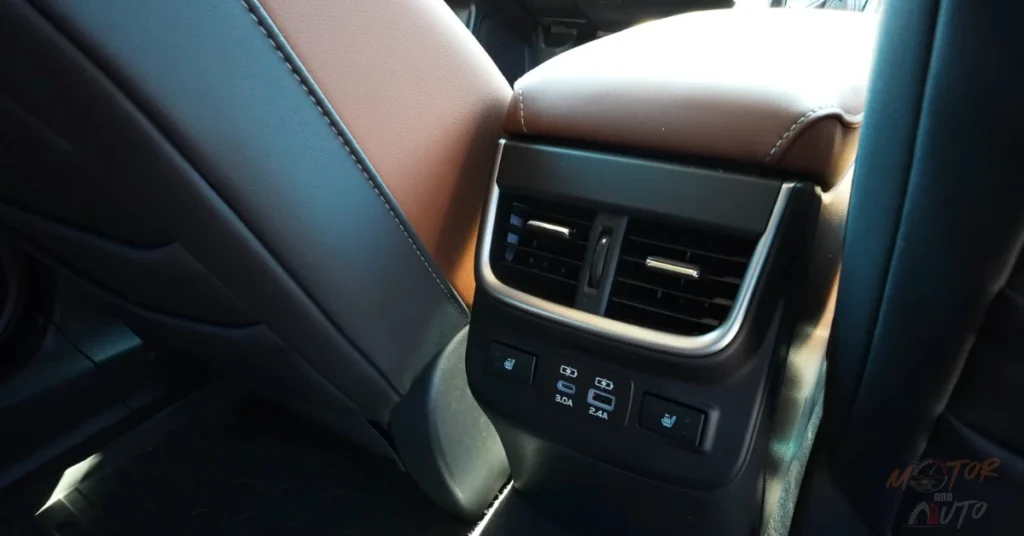
When you take a seat in the back of the 2025 Subaru Outback, you’re in for a treat. This space isn’t just for show; it’s designed with comfort and practicality in mind, making it perfect for everything from daily family errands to those long, winding road trips. Seriously, when you settle in, you’ll notice just how spacious it feels—definitely more than you’d expect for a mid-size vehicle.
For legroom, we’re talking about 39.5 inches here. That means even if you’re taller than average, you can sit back without worrying about your knees bumping into the front seats—even when the drivers are just as tall! In fact, during our little test, we had a 6-foot passenger comfortably nestled behind a 6-foot driver, with some knee room to spare. That’s a big win compared to a lot of other cars in this class.
And it doesn’t stop there. The headroom sits at about 39 inches too, which is great for taller folks. No one has to worry about their hairdo getting messed up by the ceiling, which is especially nice since even models with that optional moonroof still keep things spacious—unlike many other vehicles out there. The rear seats are set at a comfy height, giving you a natural seating position that supports your thighs and allows for decent foot space underneath. Plus, you can even recline the seatbacks! That little feature is a gem for those longer drives, letting passengers find their sweet spot for comfort—not something you see in every crossover and SUV.
Now, let’s chat about the seats themselves. The outboard positions are well-shaped and supportive with just the right amount of bolstering, keeping you secure during those sharp turns, but not too tight. The center seat? It’s a bit firmer and a tad raised because of the transmission tunnel, but it’s still more usable than what you find in many other cars—there’s enough width and the center hump isn’t too big. For short trips, three adults can squeeze in there without too much fuss, but for longer rides, it’s probably best for kids or smaller adults. And if you’ve got little ones, you’ll appreciate having three sets of LATCH anchors in the back—two on the sides and one in the middle.
Now, if you opt for the Premium trim or above, the rear passengers score some dedicated air vents on the back of the center console. It’s a nice touch for keeping everyone comfortable, and you can adjust those vents to your liking. Plus, in the Limited and higher trims, the outboard seats even get heated options—high and low settings—perfect for those chilly days. And for anyone worried about their devices running out of juice on long trips, nearly all trims, except the base one, come with both USB-A and USB-C ports. They provide 2.1-amp charging, which is more than enough for tablets and larger smartphones.
When it comes to storage, the rear seating area is pretty impressive. Each front seatback has not one, but three pockets of varying sizes, making it easy to stash and grab what you need. The doors come with bottle holders and extra storage space too. And let’s not forget about the fold-down center armrest that has two cupholders to hold your drinks securely—it’s nicely padded and at a comfortable height for use.
Getting in and out through those rear doors? It’s a breeze. They open wide, although maybe not as wide as the front doors, but still tall and roomy enough for easy access—no need to twist and turn awkwardly. The seat height is just right, too—not too high, so you don’t have to climb in but still elevated enough to give a good view out the big side windows. That’s a bonus for anyone who tends to get motion sickness.
Bootspace and Practicality

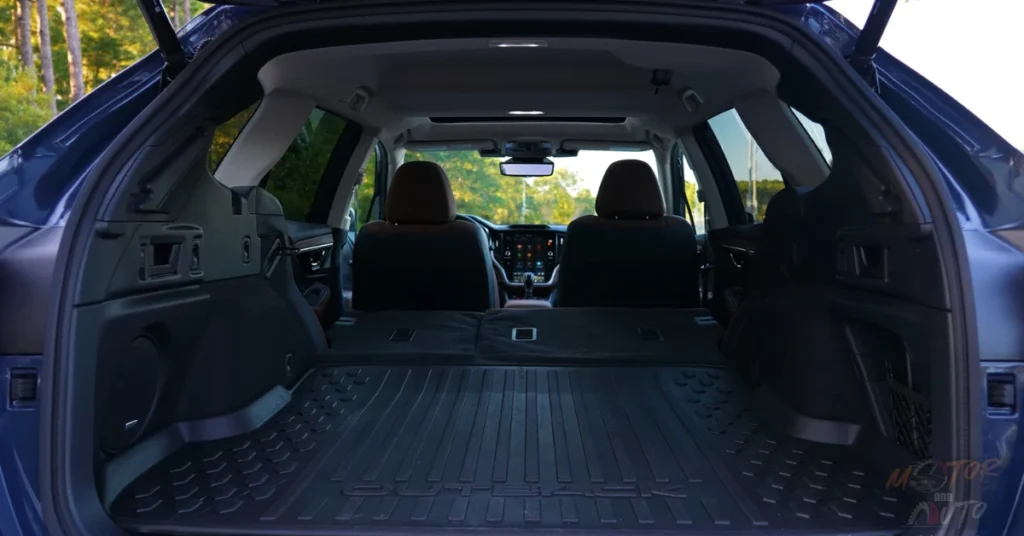
It’s super versatile and ready to haul everything from your weekly groceries to all your adventure gear. When the rear seats are up, you’ve got about 32.6 cubic feet of space, which is generous compared to many crossovers of its size. And if you fold those seats down? You’re looking at around 75 to 76 cubic feet, giving you a nice, flat load floor that makes loading bulky items a breeze. The Outback’s wagon shape, with its long roof and upright tailgate, really maximizes this space, offering a tall, rectangular area that beats the more tapered designs found in a lot of SUVs.
Getting into the cargo area is a piece of cake. Most trims come with a power liftgate (it’s standard on the Onyx Edition and higher and an option on the Premium). This handy liftgate features a hands-free function—just wave your foot under the rear bumper, and voila! It opens up, which is super convenient when you’ve got your hands full of bags or gear. The opening is nice and wide, tall enough to easily load larger items, and the liftgate itself lifts high enough that most adults won’t have to duck under it. We noticed the liftgate opens and closes pretty quickly, and if you have low garage ceilings, you can even set it to stop at a lower height.
Inside the cargo space, some thoughtful features make things even easier. You’ll find tie-down hooks in each corner, perfect for securing loose items, plus side pockets for stashing smaller stuff. Most trims also come with a retractable cargo cover, which does a great job of hiding your valuables from prying eyes. The nice part is that when you don’t need it, you can just remove it and stash it under the cargo floor—no need to leave it at home when you’re hauling bigger stuff. Many trims, especially the Wilderness and Onyx, have a rubberized mat on the cargo floor that keeps things from sliding around and is easy to clean after a trip with dirty gear.
Oh, and here’s a cool feature: there are release levers right in the cargo area that let you fold down the 60/40-split rear seats without having to walk to the side doors. This makes it way easier to expand your cargo space quickly when you need to load something unexpectedly large. When the seats are down, you end up with an almost flat load floor—no annoying gaps or height differences—so you can slide heavy items all the way forward without any hassle. With the seats folded, the cargo length extends to about 78 inches—plenty of room for outdoor gear or building supplies and even enough space for a sleeping pad or air mattress if you’re into car camping.
Underneath the cargo floor, you’ll typically find a temporary spare tire and some basic tools for changing a flat on most Outback models. The Wilderness trim takes it up a notch with a full-size spare that matches the all-terrain tires—pretty handy if you’re heading into remote areas where tire services just aren’t around. There’s also some extra storage space near the spare for items that you don’t need to grab often, like emergency supplies or tools you rarely use. Plus, all Outback models come with a 12-volt power outlet in the cargo area, so you can power up small appliances or inflate air mattresses without the hassle of long extension cords.
It’s clear that Subaru has really thought about how to make the Outback’s cargo area practical for everyday use. This space adapts beautifully to whatever you throw at it—whether that’s groceries, sports gear, camping stuff, or home improvement materials. When you stack it up against other crossovers of a similar size, the Outback’s cargo capabilities really shine, especially considering how many of those others sacrifice cargo space for style or seating arrangements.
The Subaru Outback Value Proposition: Is It Worth the Price?
The 2025 Subaru Outback stands out in today’s busy crossover and SUV market, and it’s definitely worth a closer look. Starting at $30,290 for the base model and going up to $44,190 for the top-of-the-line Touring XT, the Outback holds its ground against competitors while offering some unique perks that you might not find elsewhere. When we’re trying to figure out if the Outback is worth the money, it’s important to not only look at the features it brings to the table but also how well it suits the needs of folks who want a solid daily driver and a reliable partner for weekend getaways.
Now, the entry-level Outback may be a bit basic compared to the fancier trims, but it still packs a punch with standard all-wheel drive, 8.7 inches of ground clearance, LED headlights, plus the full EyeSight driver assistance suite. When you stack it up against similarly priced competitors, the base Outback shows its strong value—many rivals charge a pretty penny just to add all-wheel drive and advanced safety features, often bundled in pricey packages. The Premium trim, priced at $32,590, seems to hit the sweet spot for many buyers. It adds heated front seats, a 10-way power driver’s seat, dual-zone climate control, an 11.6-inch touchscreen, and an all-weather package with a windshield wiper de-icer. At this price, you’re getting a mix of comfort, safety, and functionality that would usually cost way more with luxury brands.
As you climb up the trim ladder, more features and amenities become available, but be aware that the biggest price jump happens between the Limited ($39,250) and the various high-end models that fall in the $41,000-$44,000 range. These higher trims cater to different buyer preferences: the Wilderness ($41,355) is all about off-road capability with its beefed-up ground clearance and all-terrain tires; the Onyx Edition XT ($40,755) has a sportier look with blacked-out trim and a turbocharged engine; the Touring ($41,740) leans into luxury with Nappa leather and ventilated seats; and then there are the Limited XT ($41,590) and Touring XT ($44,190), which blend luxury with that powerhouse turbo engine. With this kind of variety, buyers can focus on what they really want without having to pay for stuff they don’t need.
Looking at the long-term ownership costs adds to the Outback’s value appeal. Depreciation, which usually eats up a big chunk of your budget when owning a car, is unusually low for the Outback. It has projected 5-year resale values around 63% of the original MSRP—way better than average and among the best for non-luxury vehicles. This strong resale value helps to bring down the real cost of owning the car over time. As for fuel economy, it’s not the best in its class, but it holds its own with figures of 26/33/28 mpg (city/highway/combined) for the base engine and 23/30/25 mpg for turbo models. Considering that it comes with standard all-wheel drive—something that usually hurts efficiency—these numbers are pretty impressive. Plus, Subaru tends to rank high in reliability, which usually means fewer repair bills down the road, although they don’t offer free scheduled maintenance like some brands do.
When you stack the Outback against its competitors, its value really shines. For instance, the Toyota Crown Signia has better fuel economy thanks to its hybrid system, but it starts at around $45,000 and gives you less cargo space and off-road capability. The Mazda CX-50 competes in some areas and offers more fun driving dynamics, but it can’t quite match the Outback’s passenger space or cargo capacity. And then you’ve got traditional SUVs like the Honda Passport and Chevrolet Blazer, which usually come with higher price tags for similar features and, frankly, worse fuel economy due to their bulkier designs.
One last thing to think about is the Outback’s unique spot in the market. It’s one of the few wagon-like vehicles left in America. For those who want a lower roof height, better handling, and easier cargo loading that a wagon offers—but still need all-wheel drive and decent ground clearance—the Outback doesn’t have direct competitors, aside from pricier European luxury wagons like the Audi A4 Allroad or Volvo V60 Cross Country. Because of this unique position, the Outback can ask for a bit more than some standard crossovers, but it still offers tremendous value for those looking for its specific mix of features.

